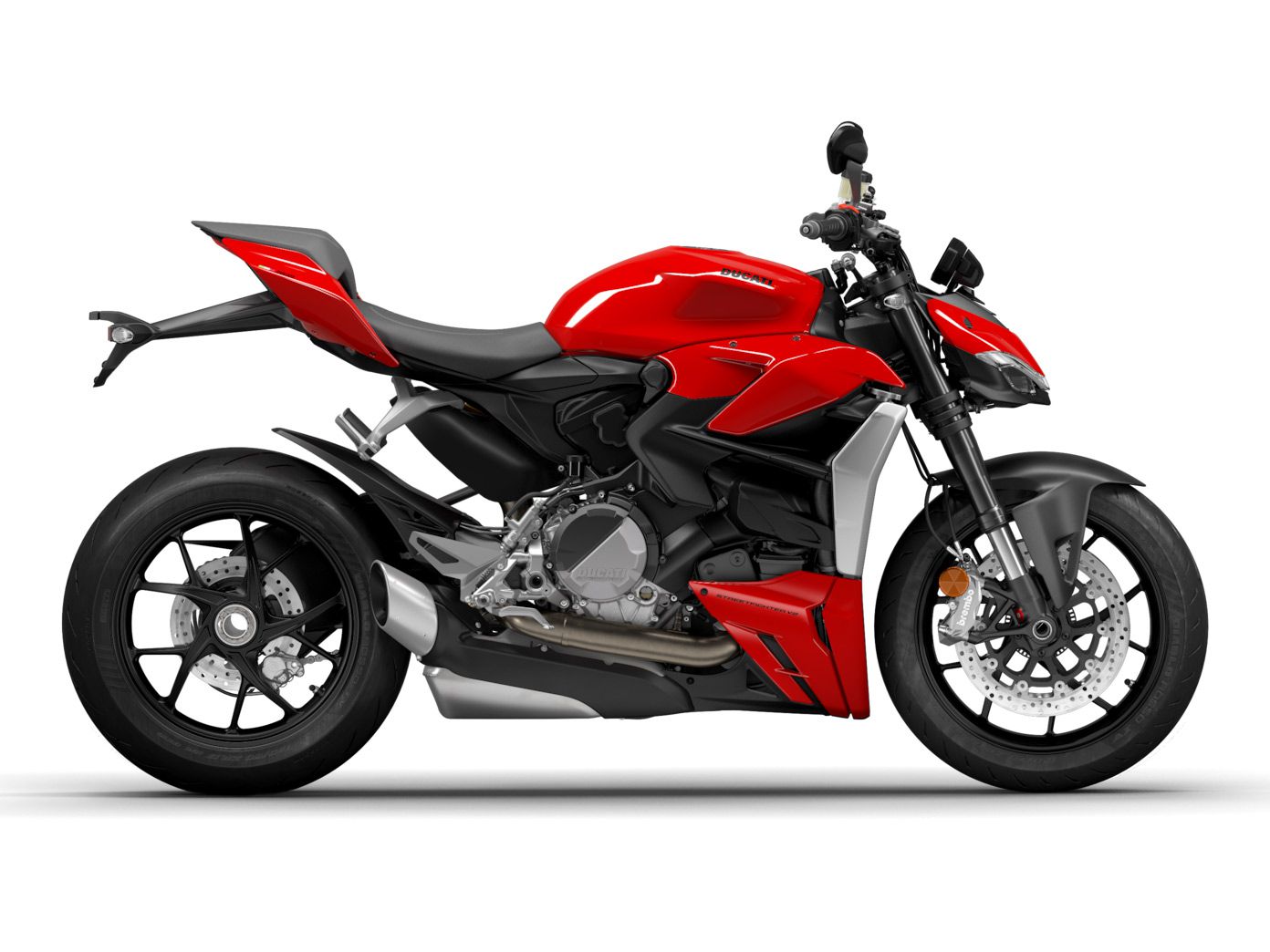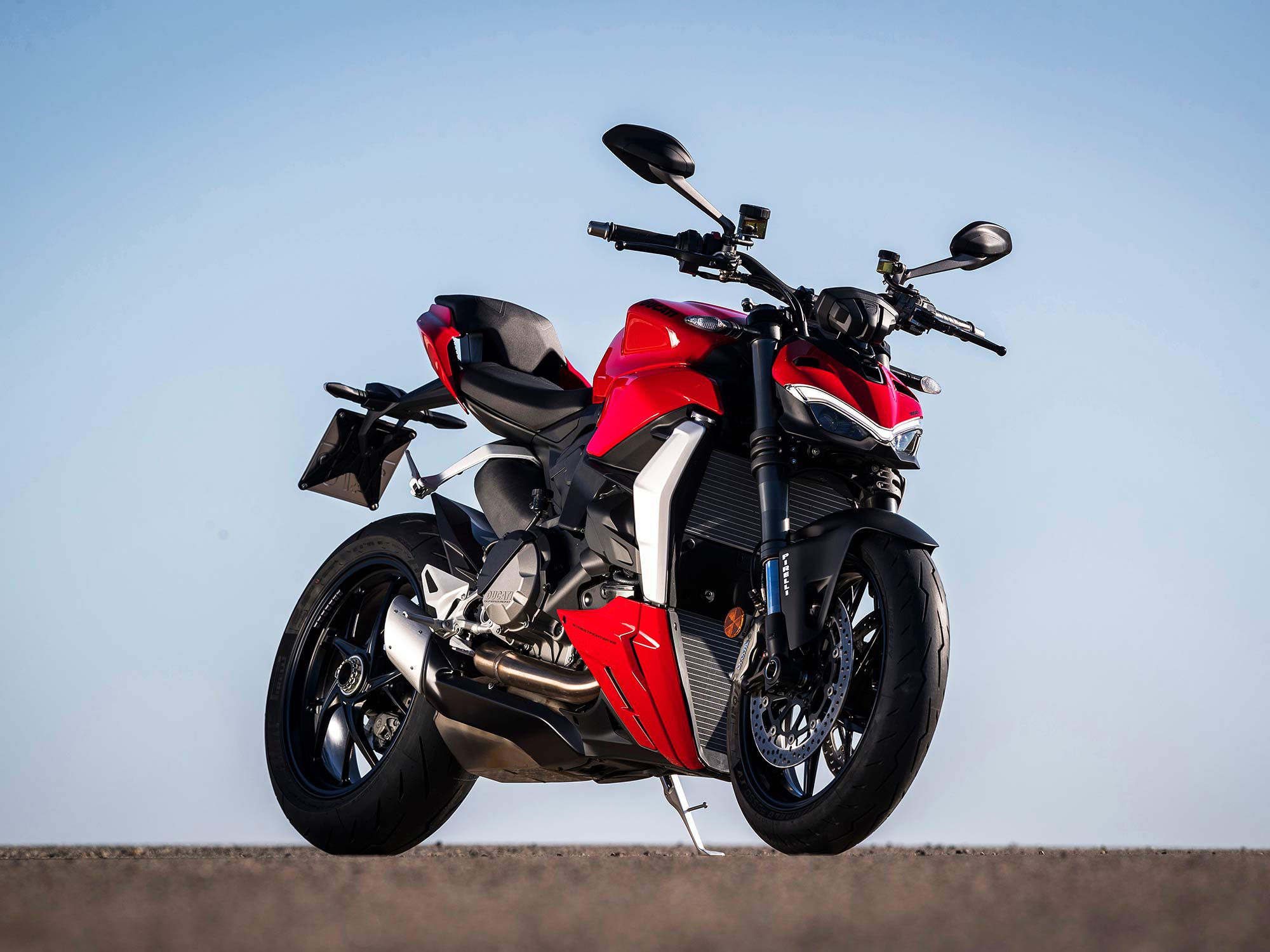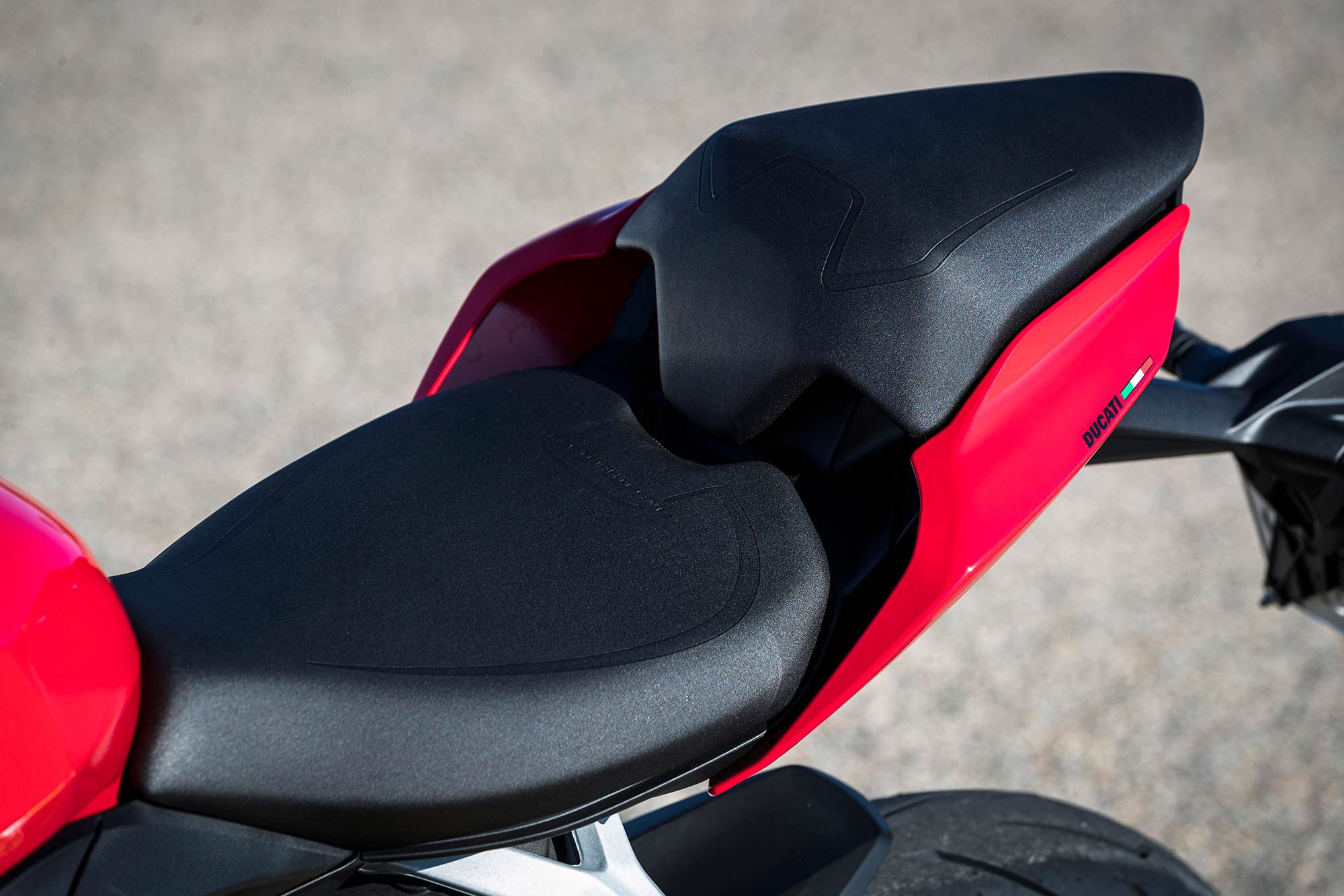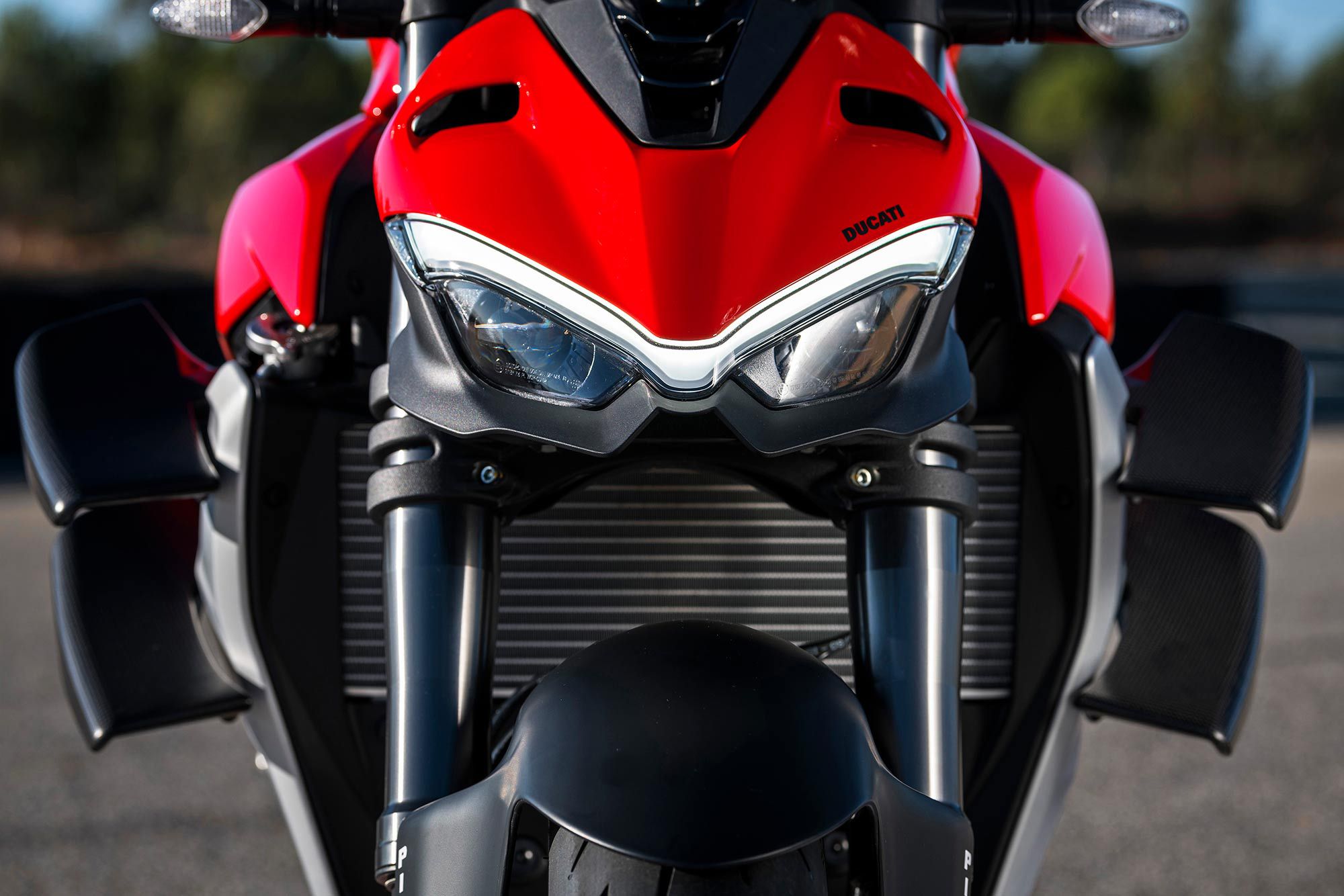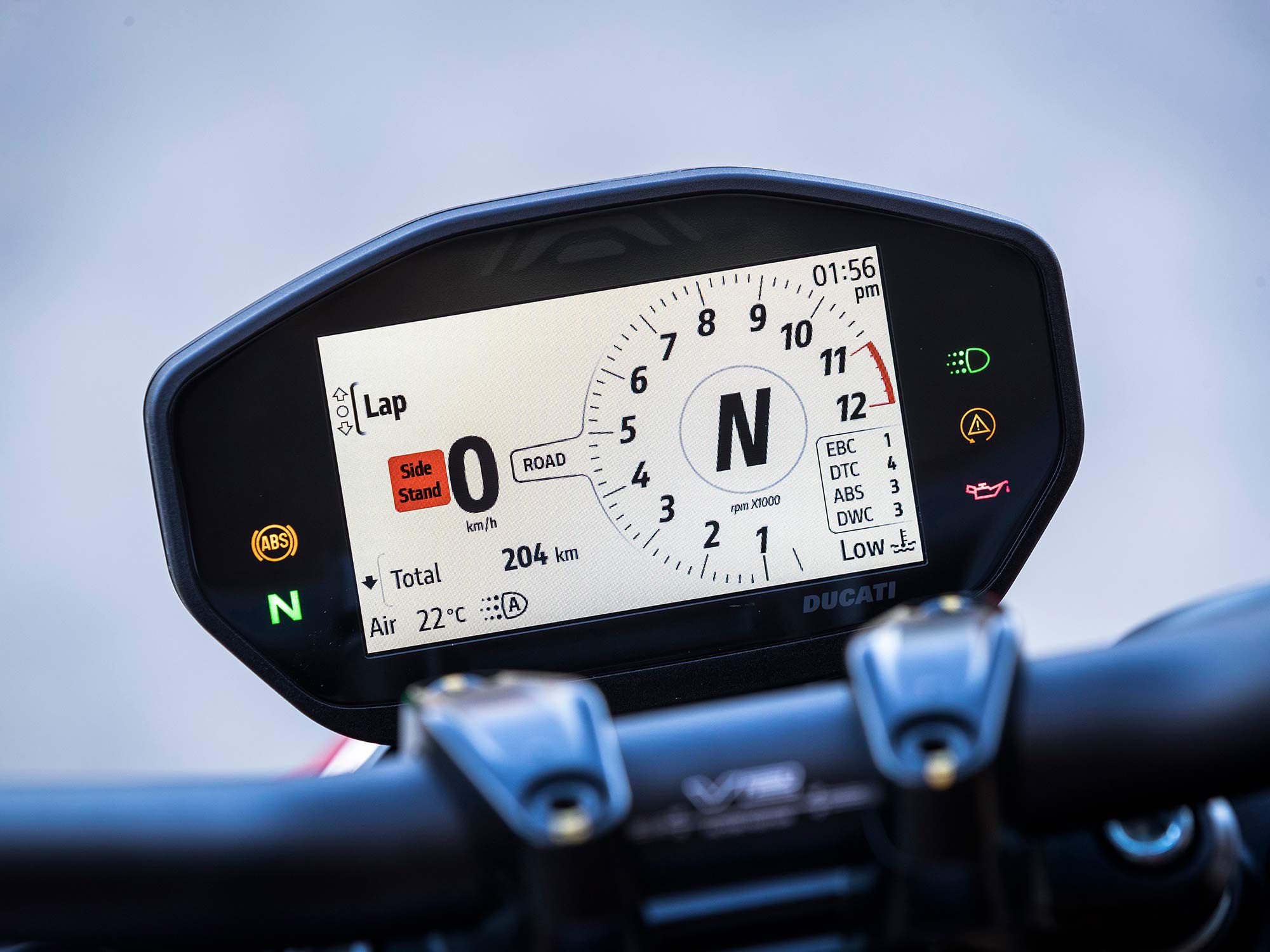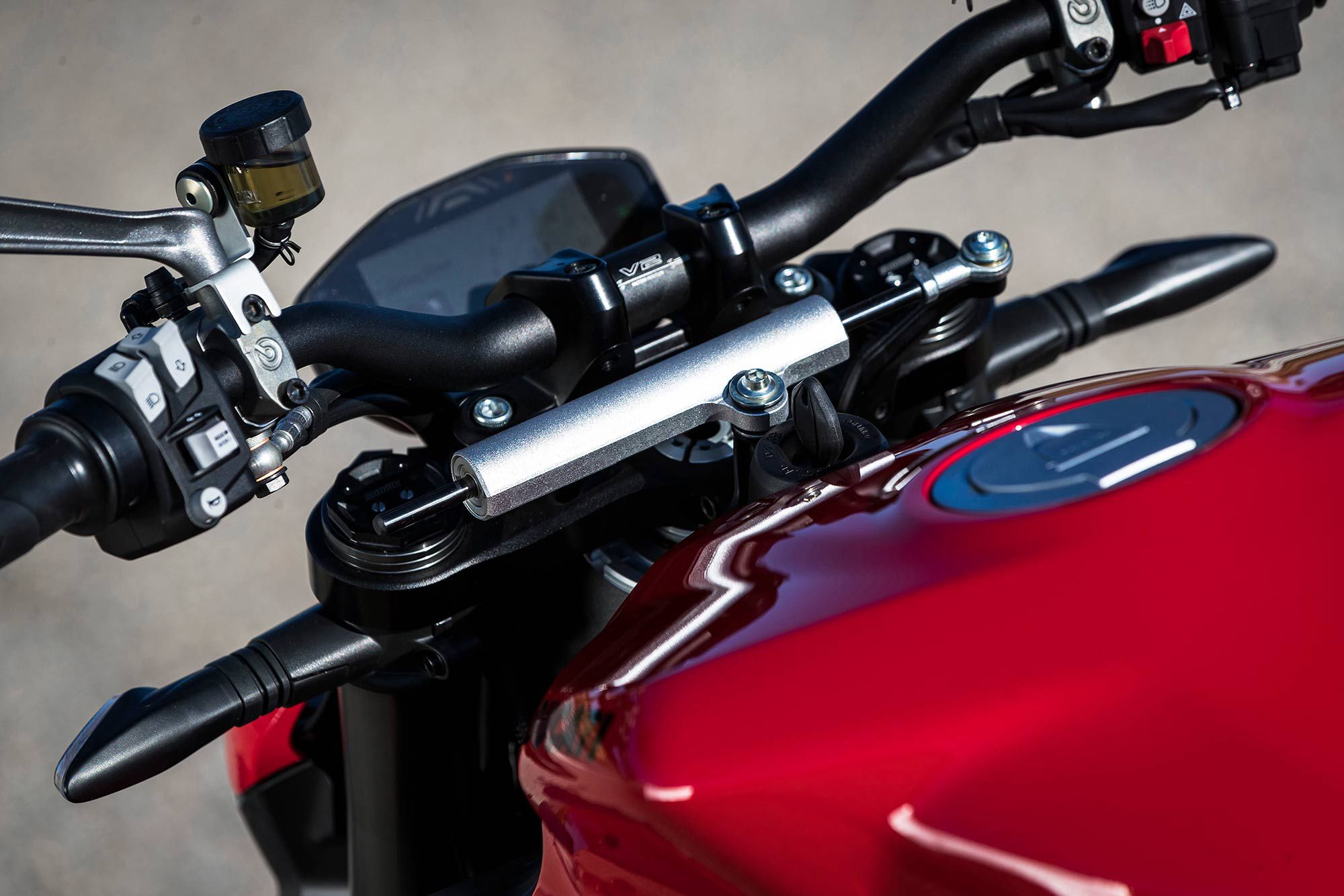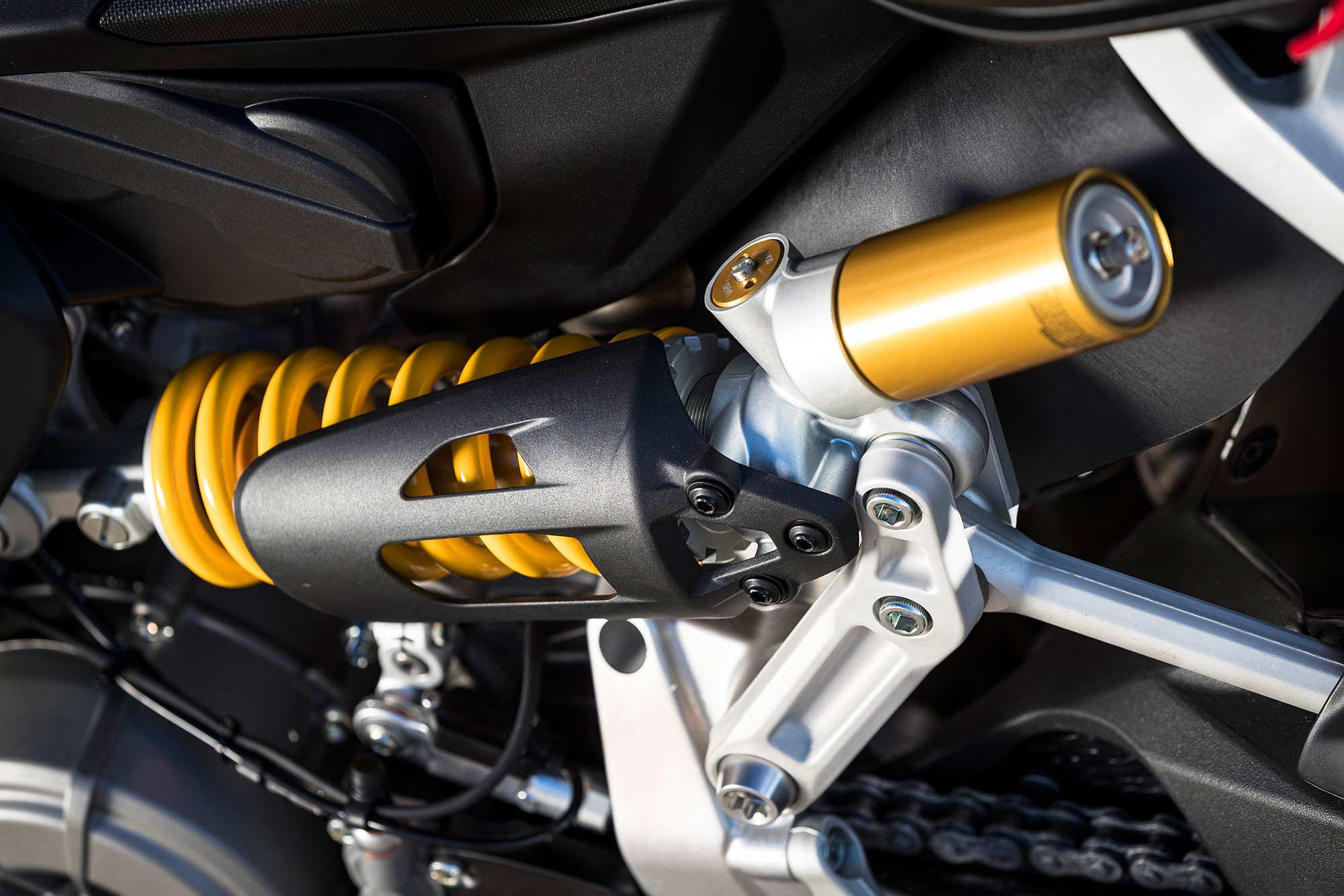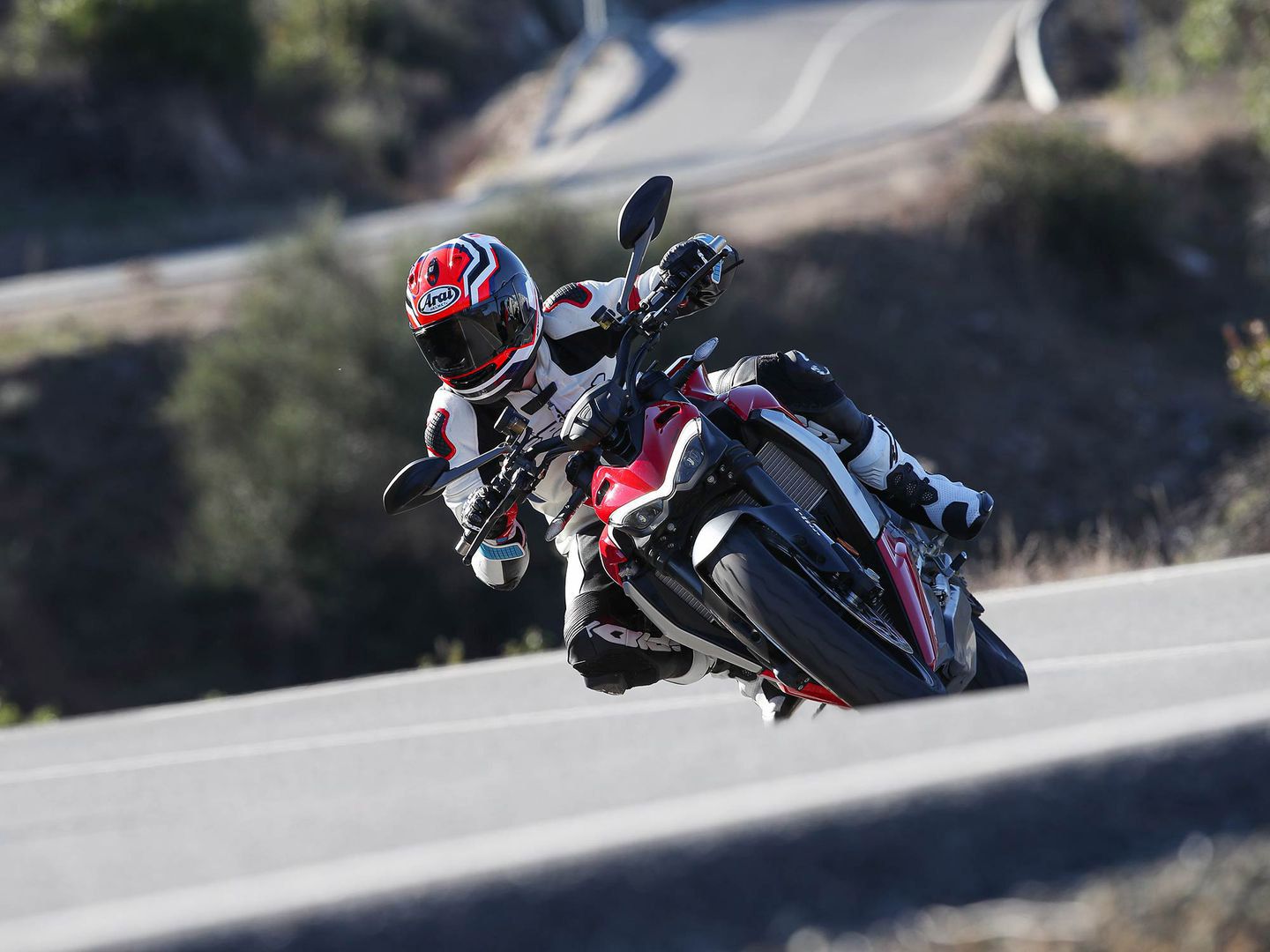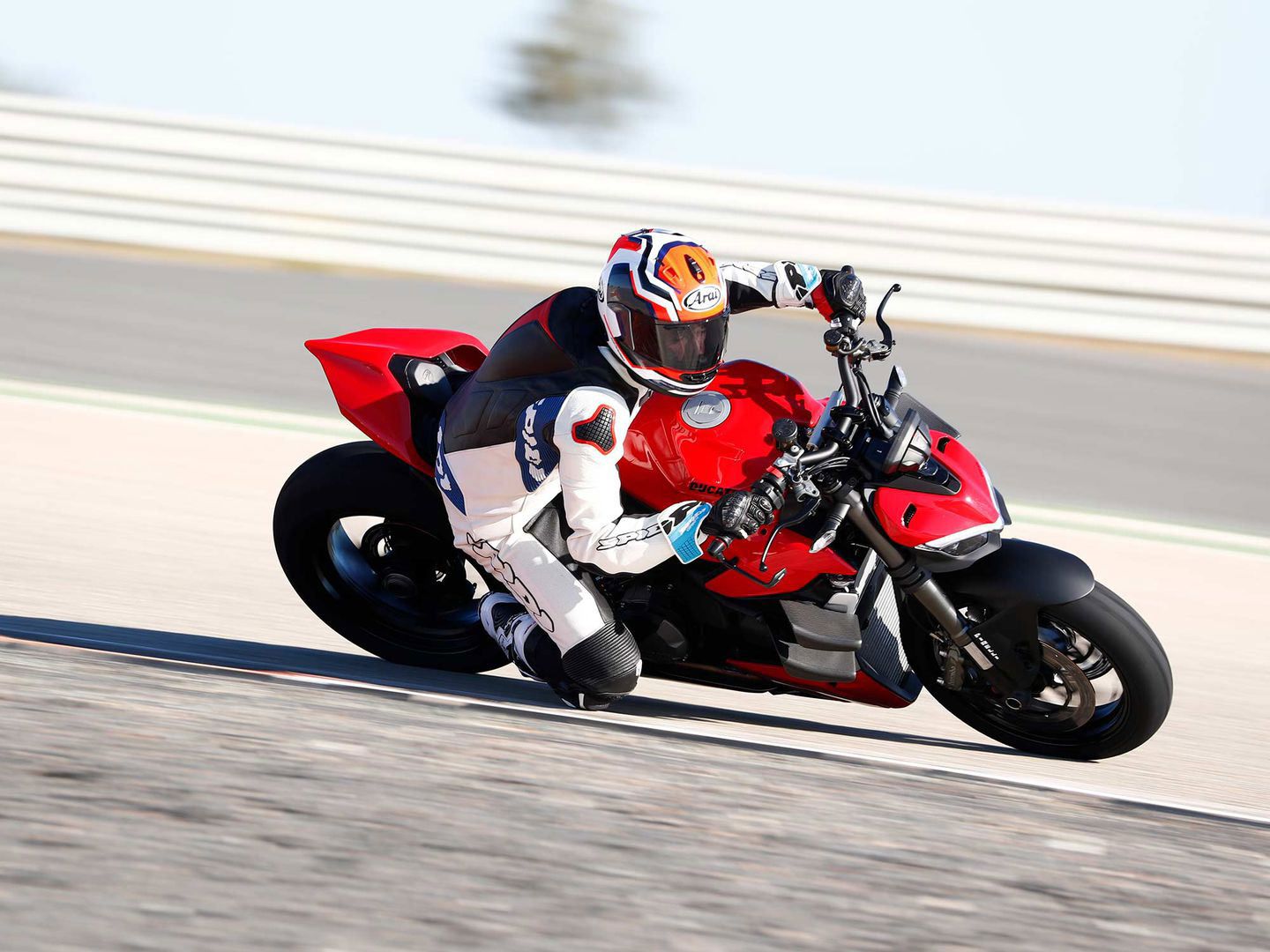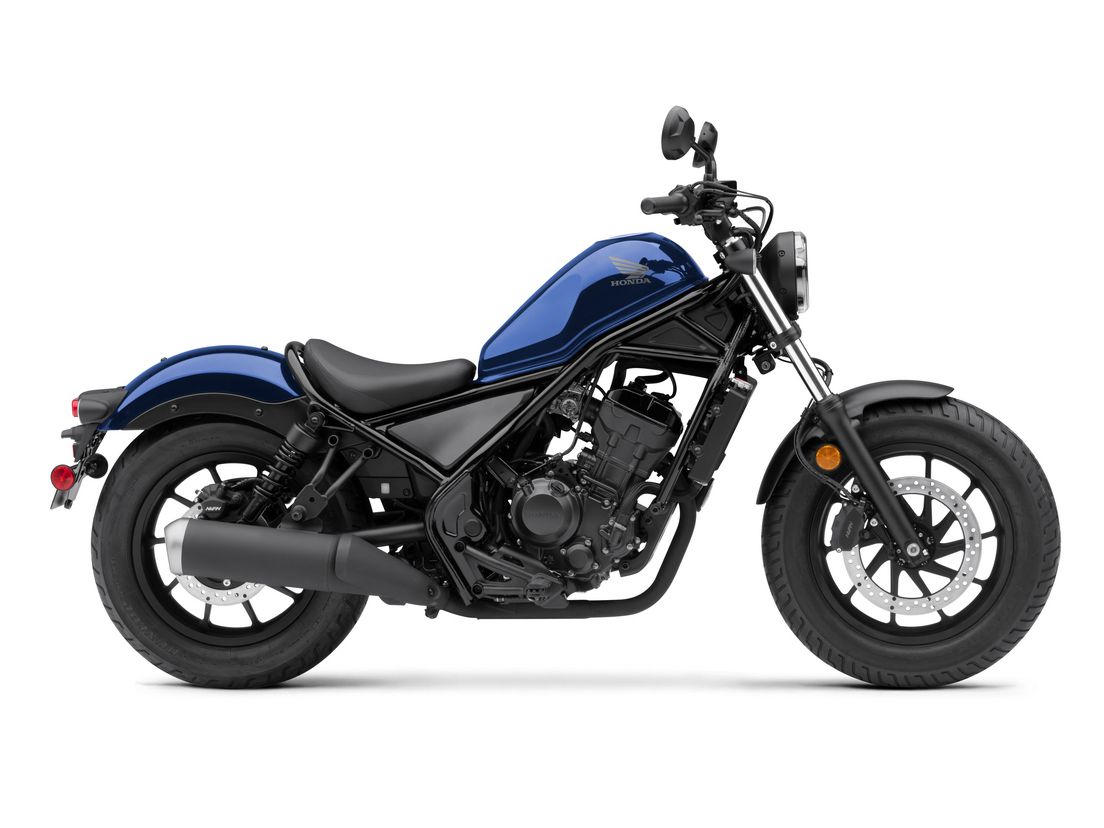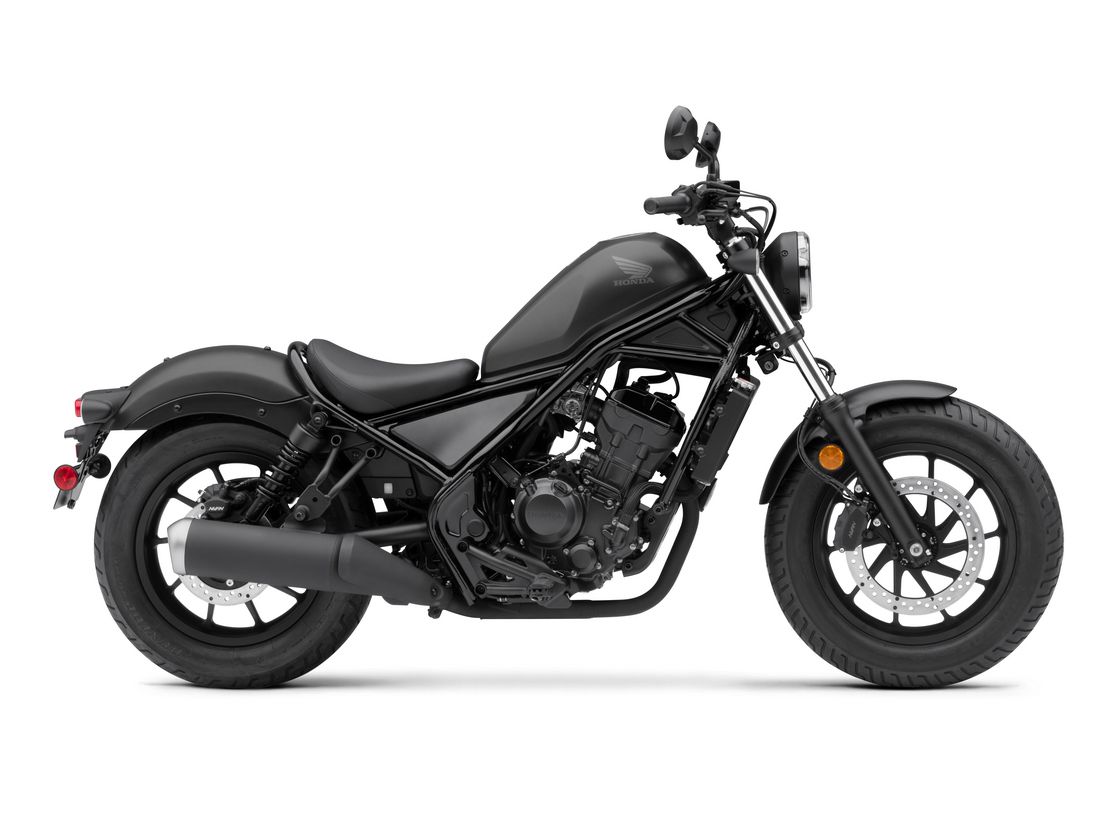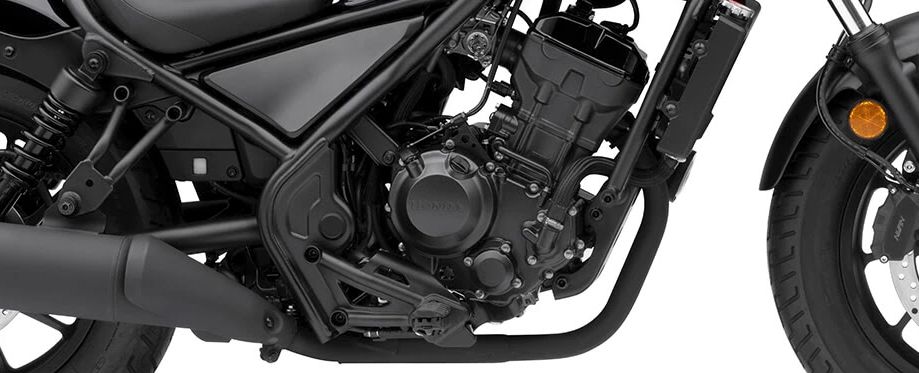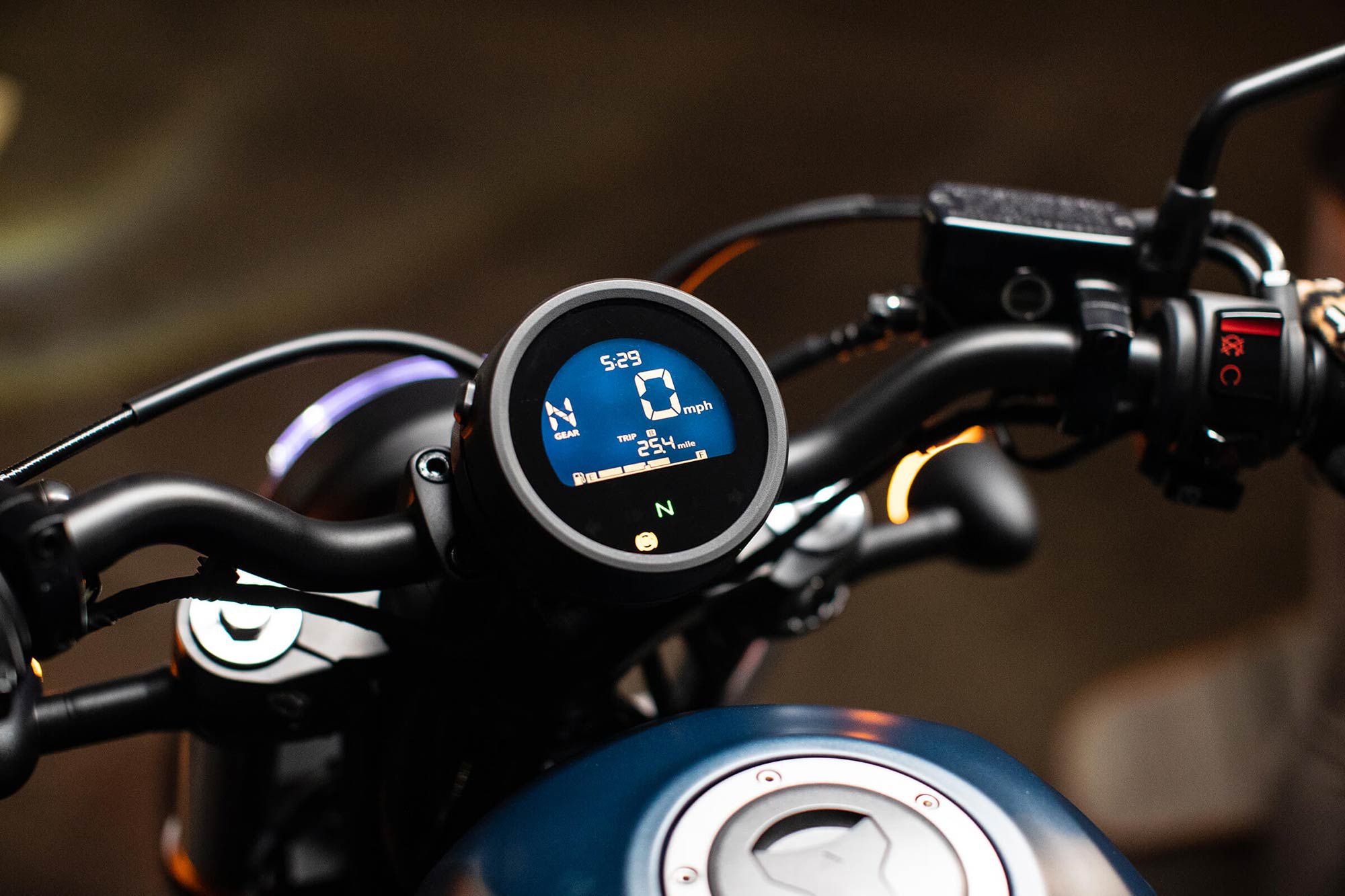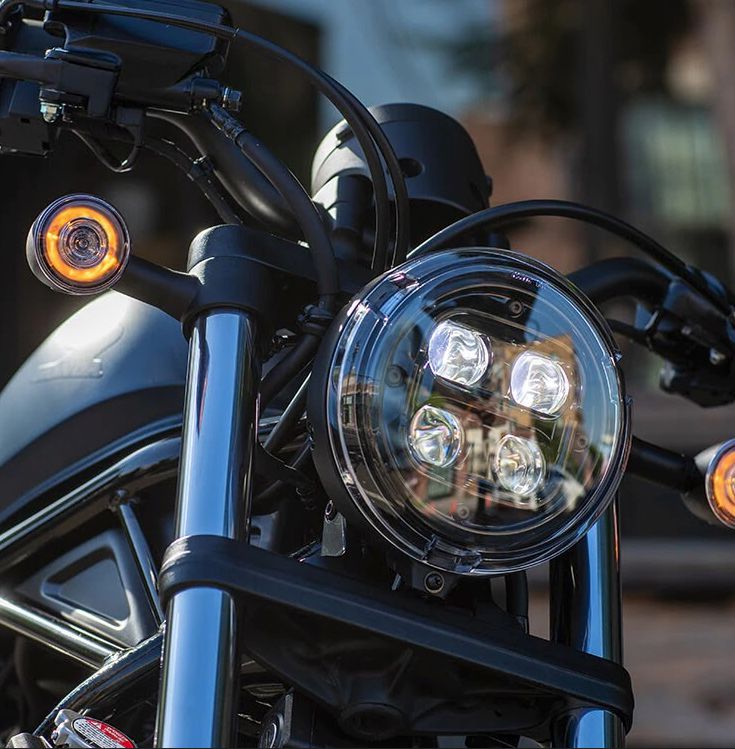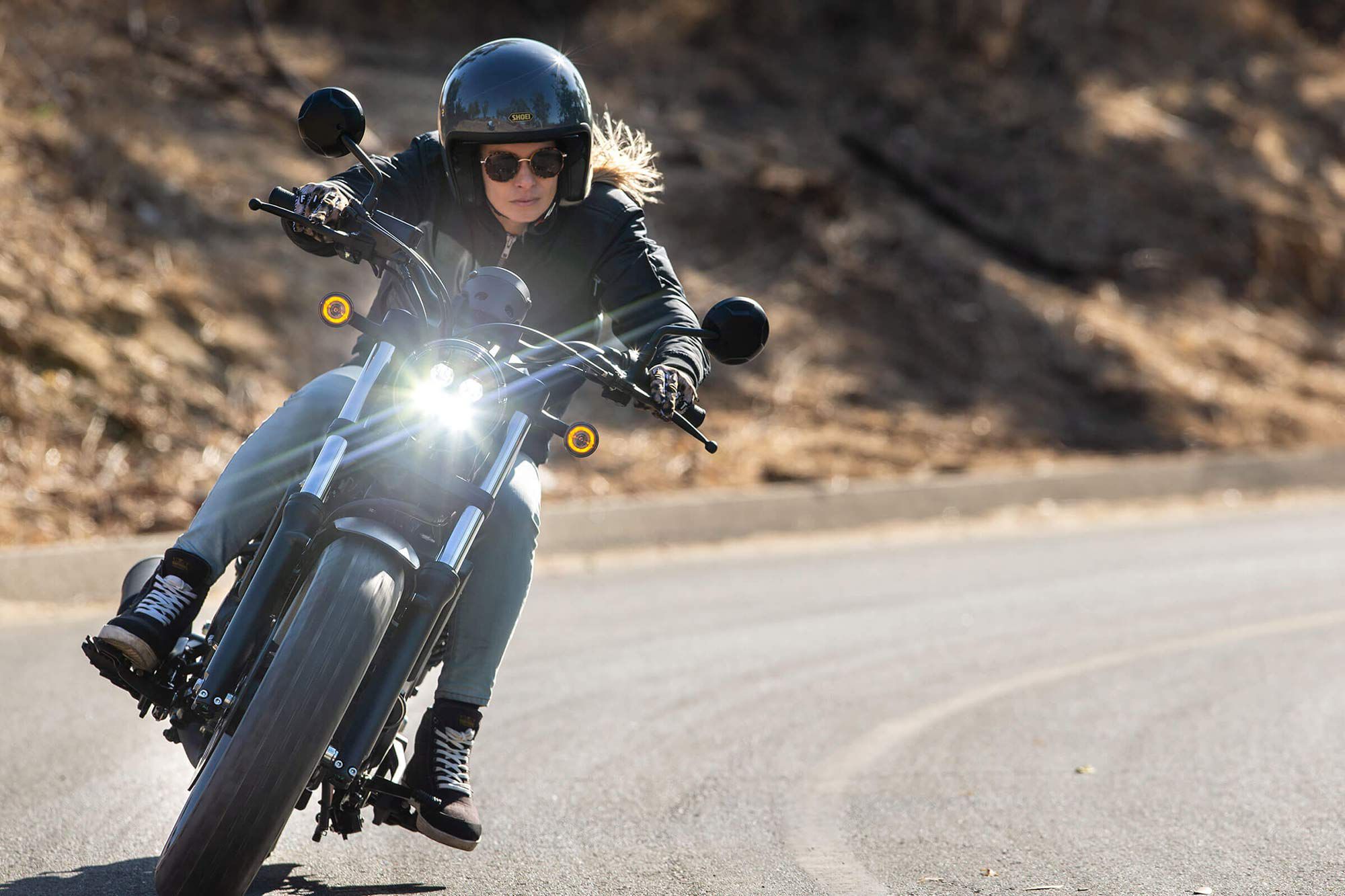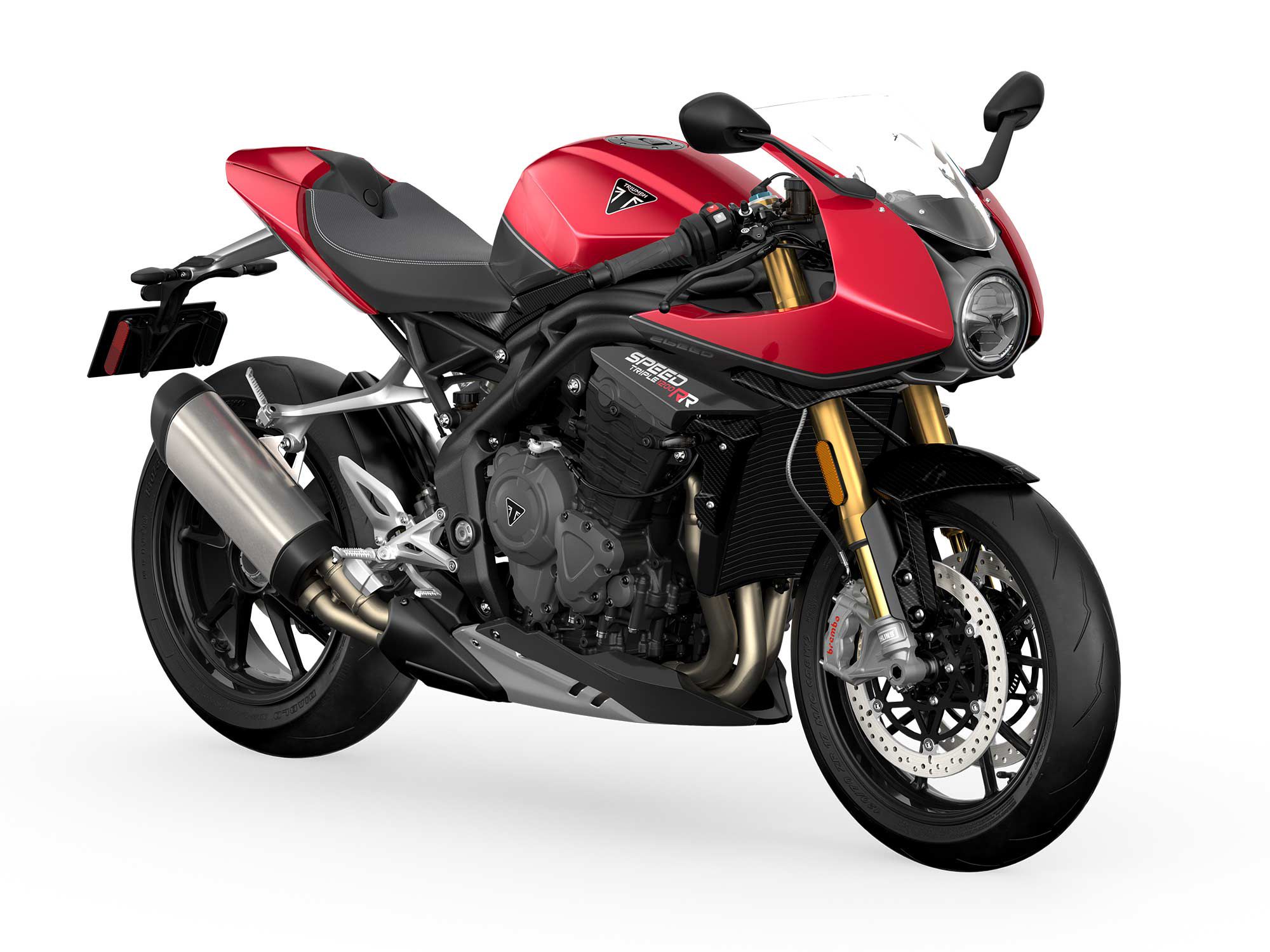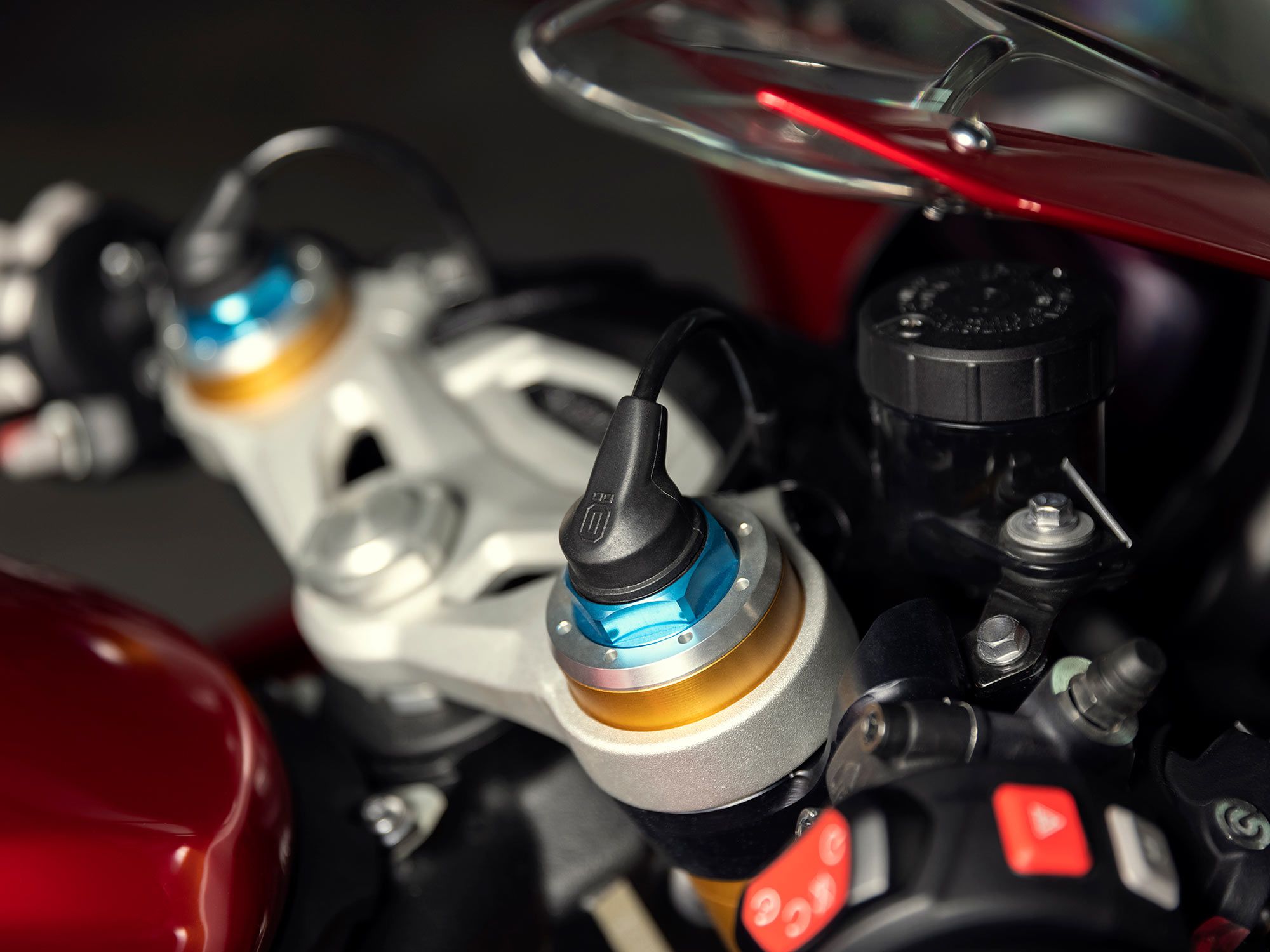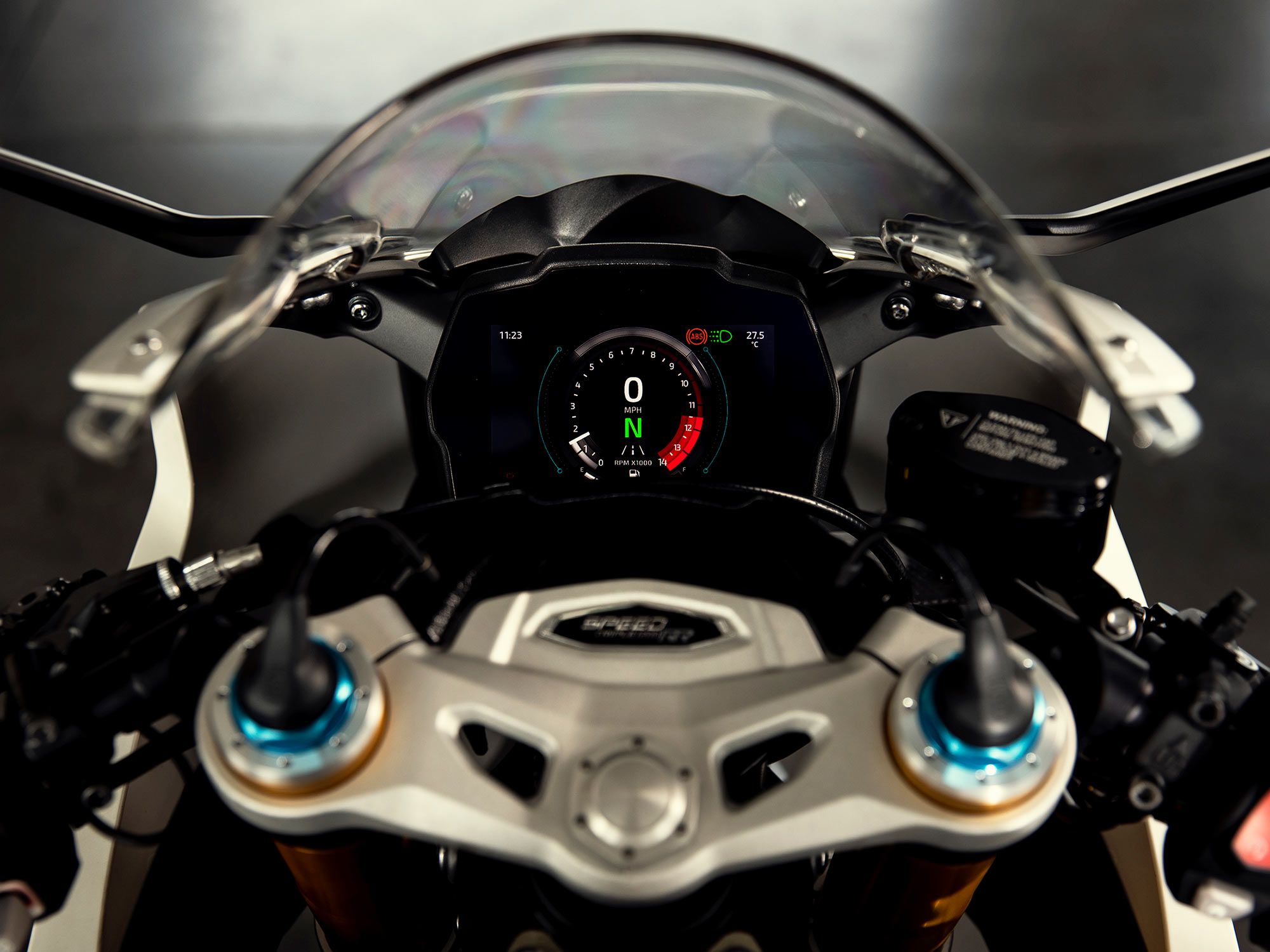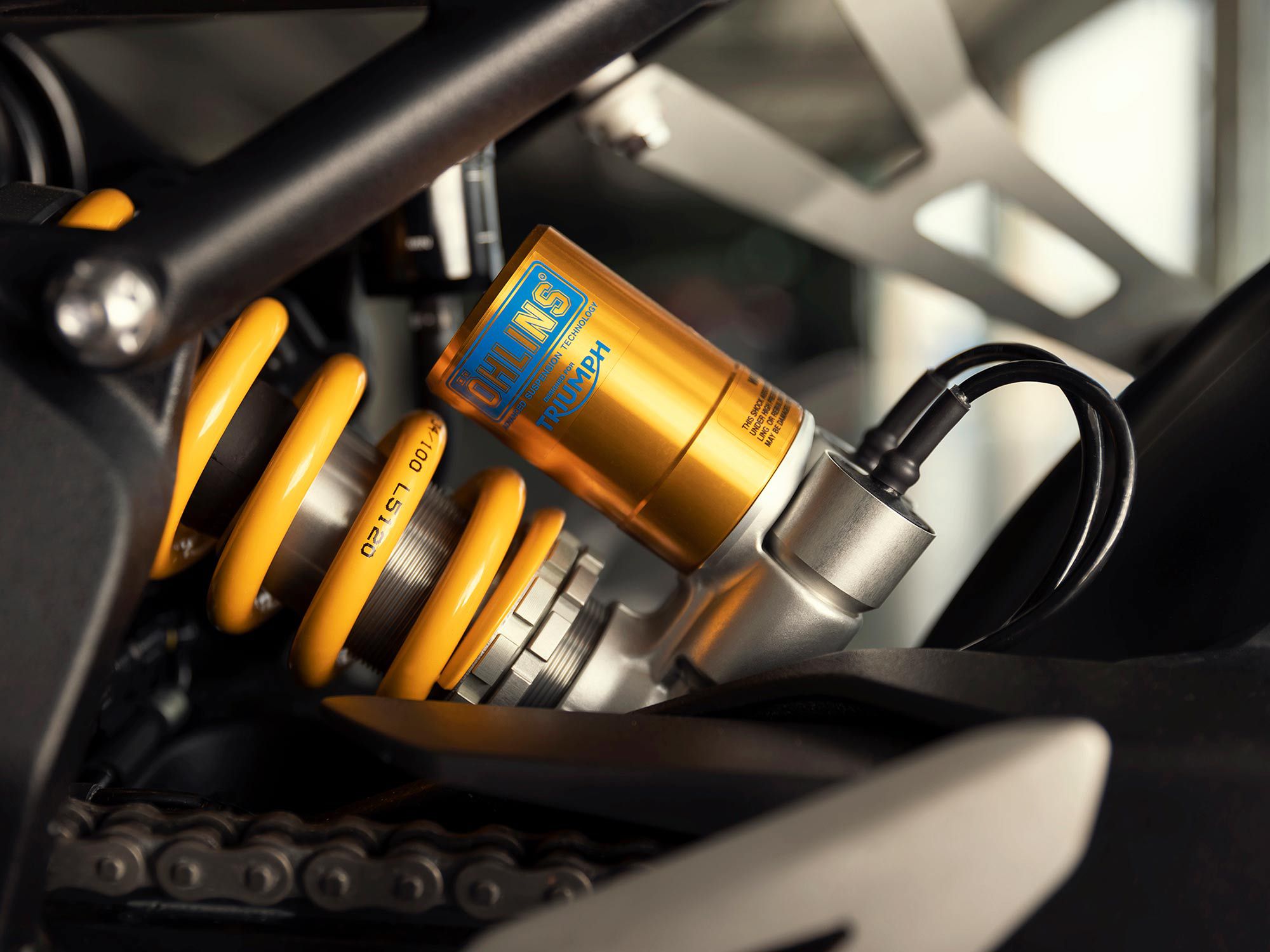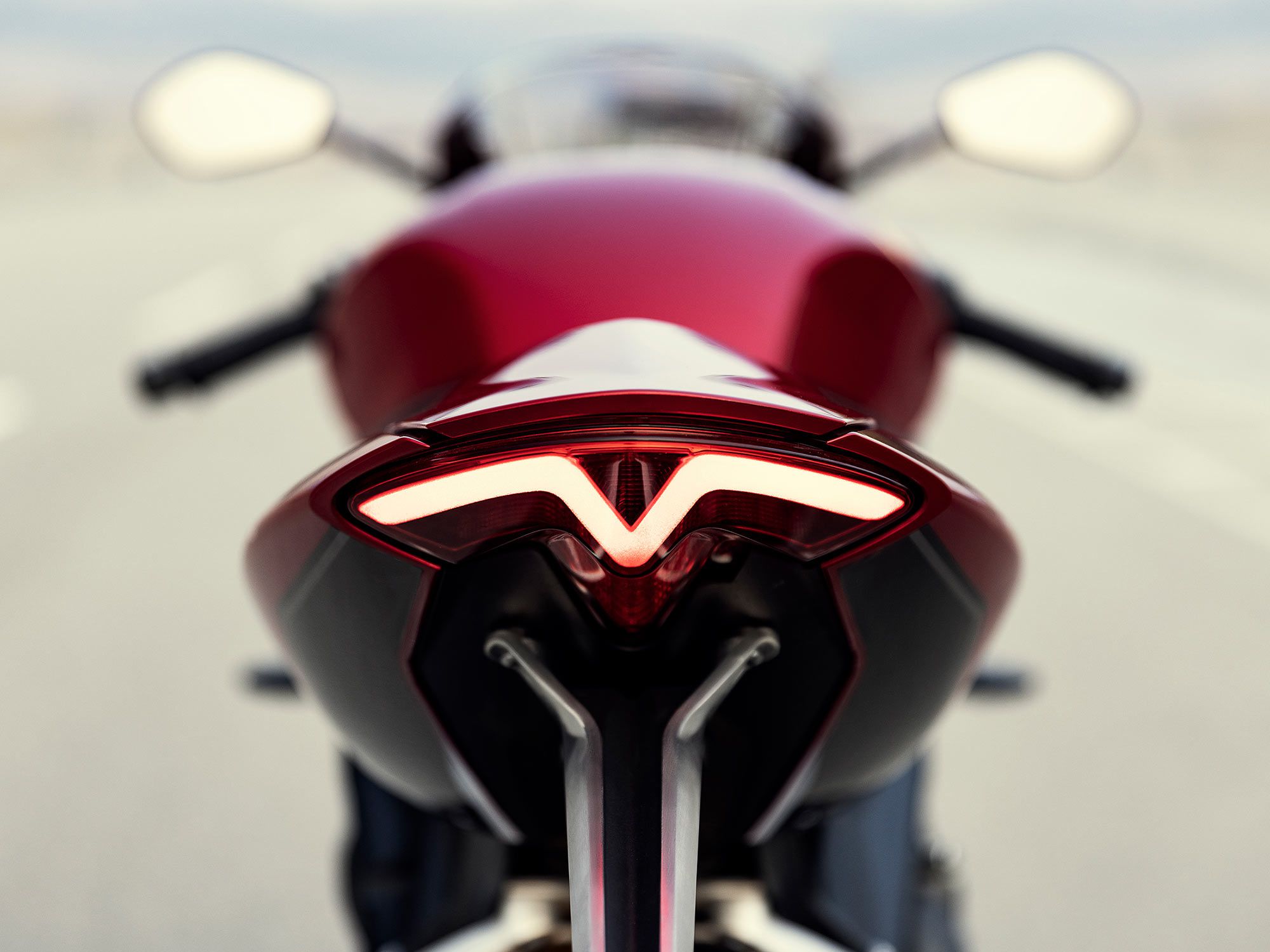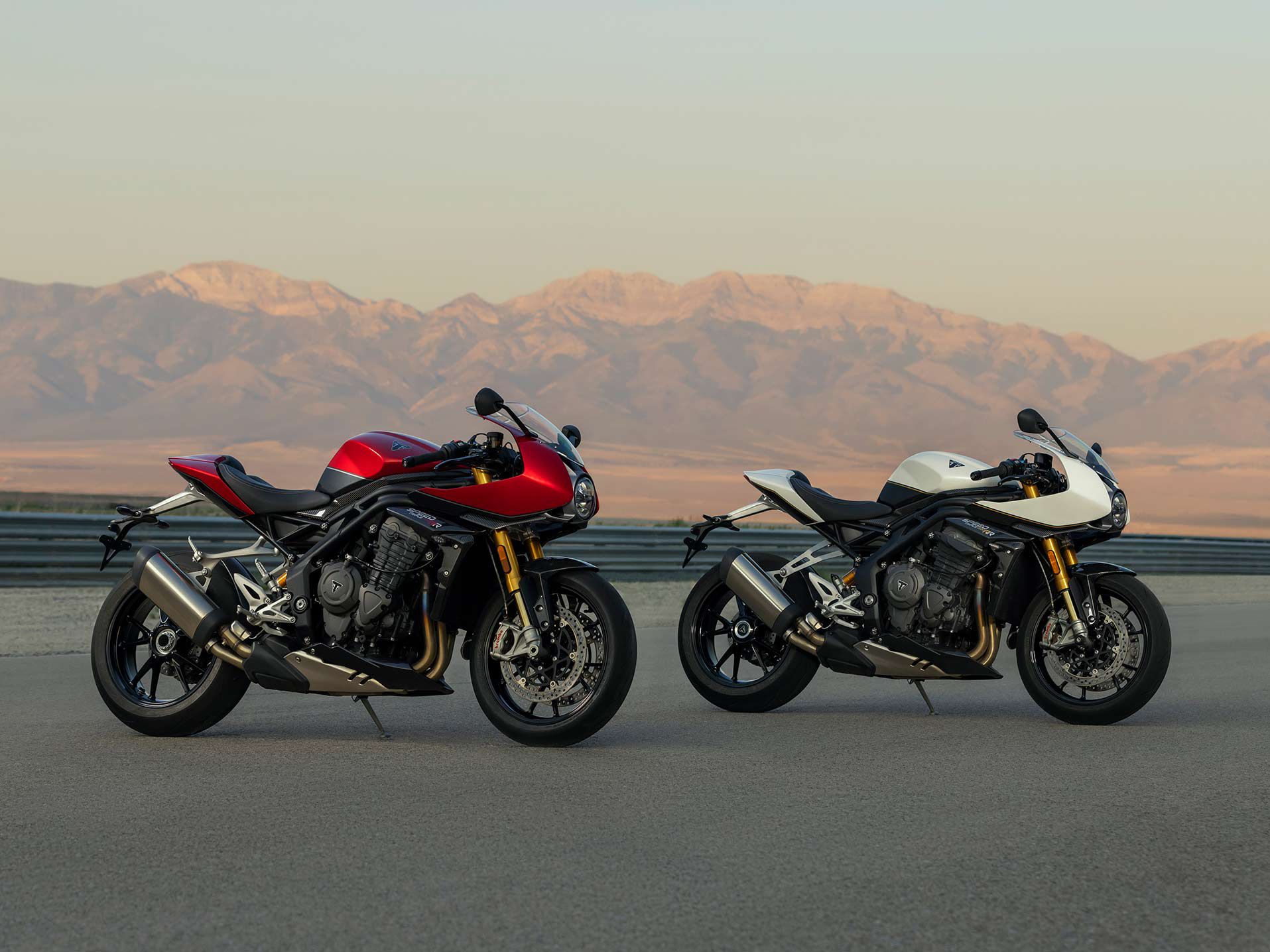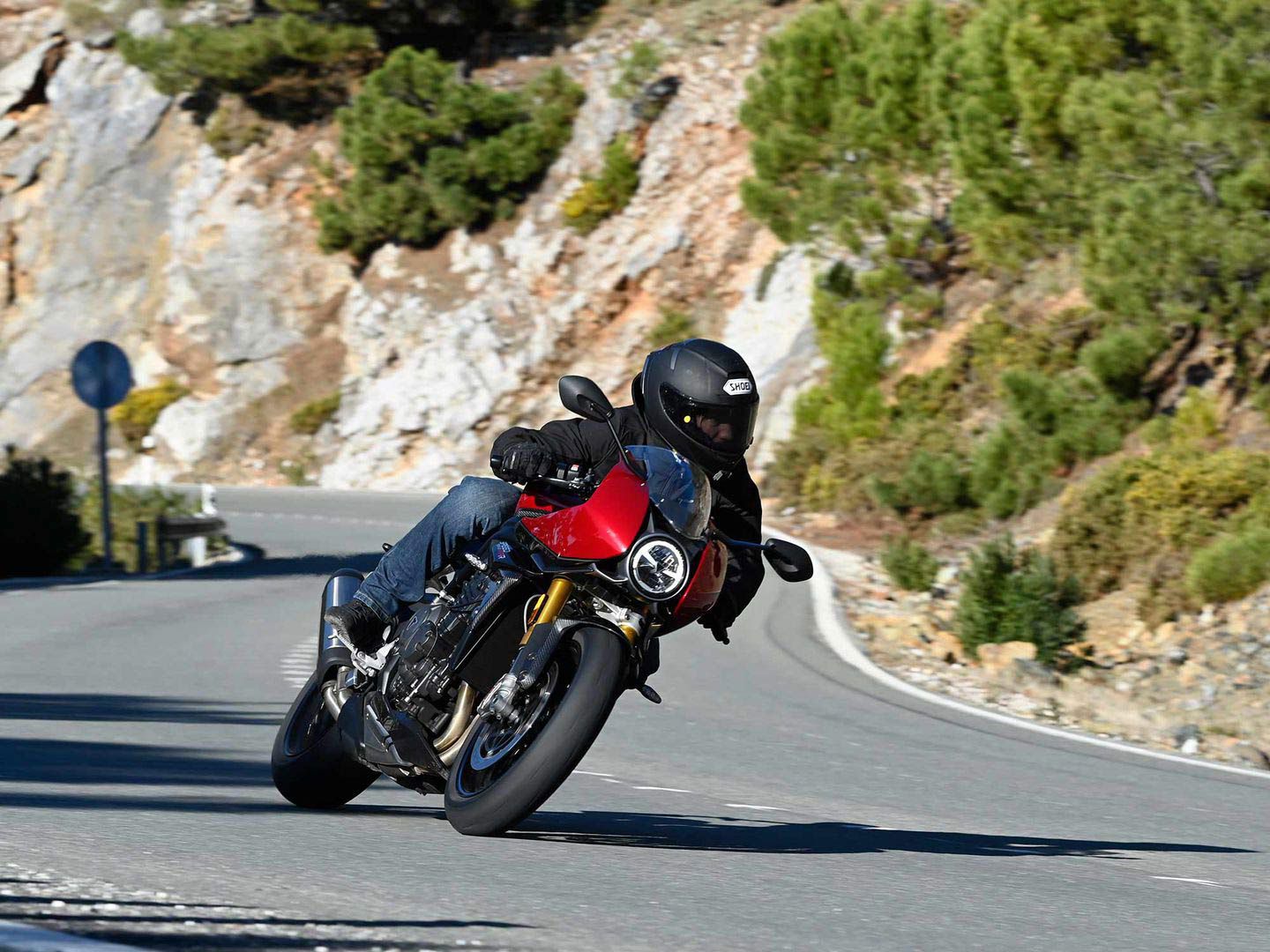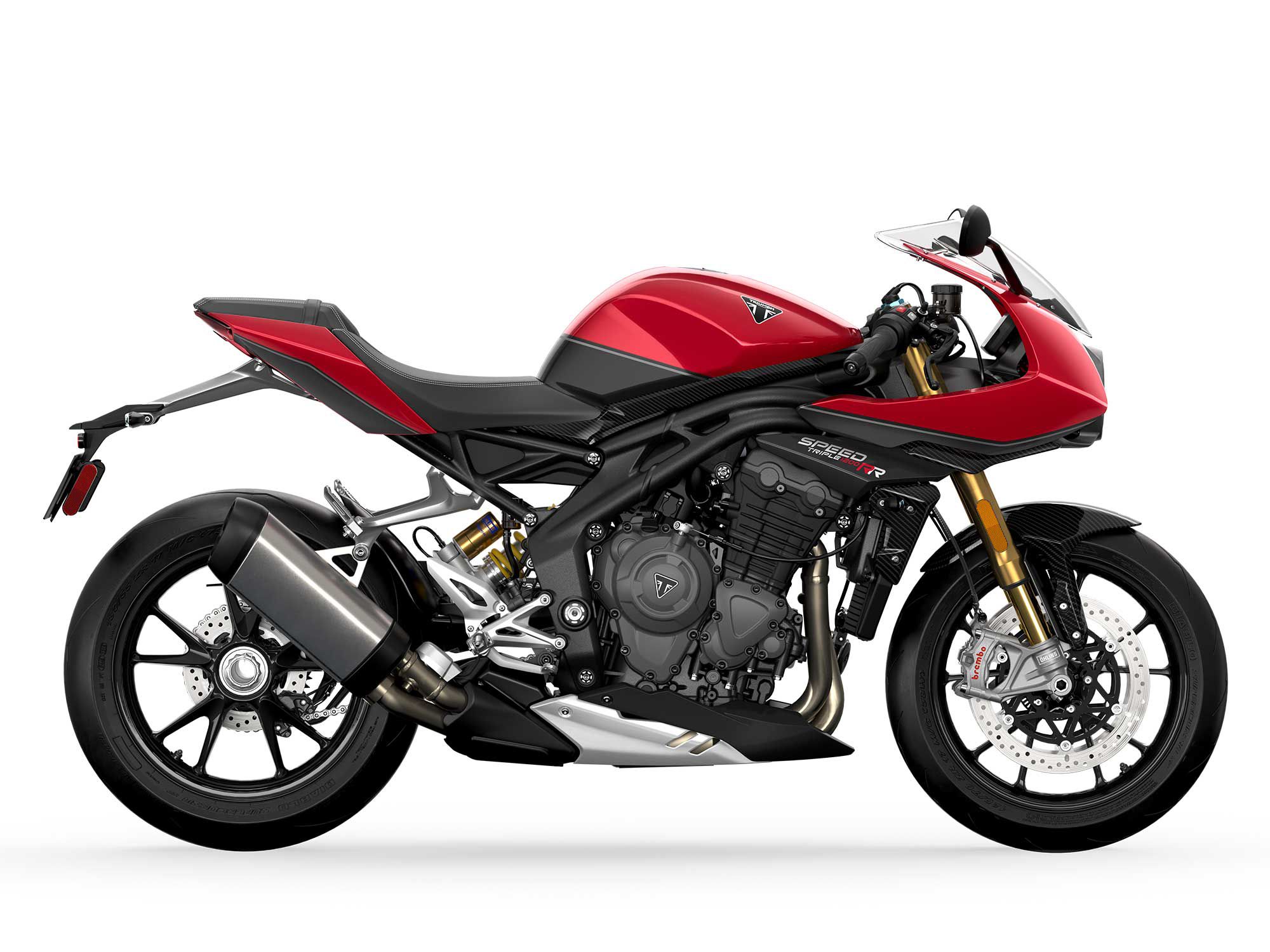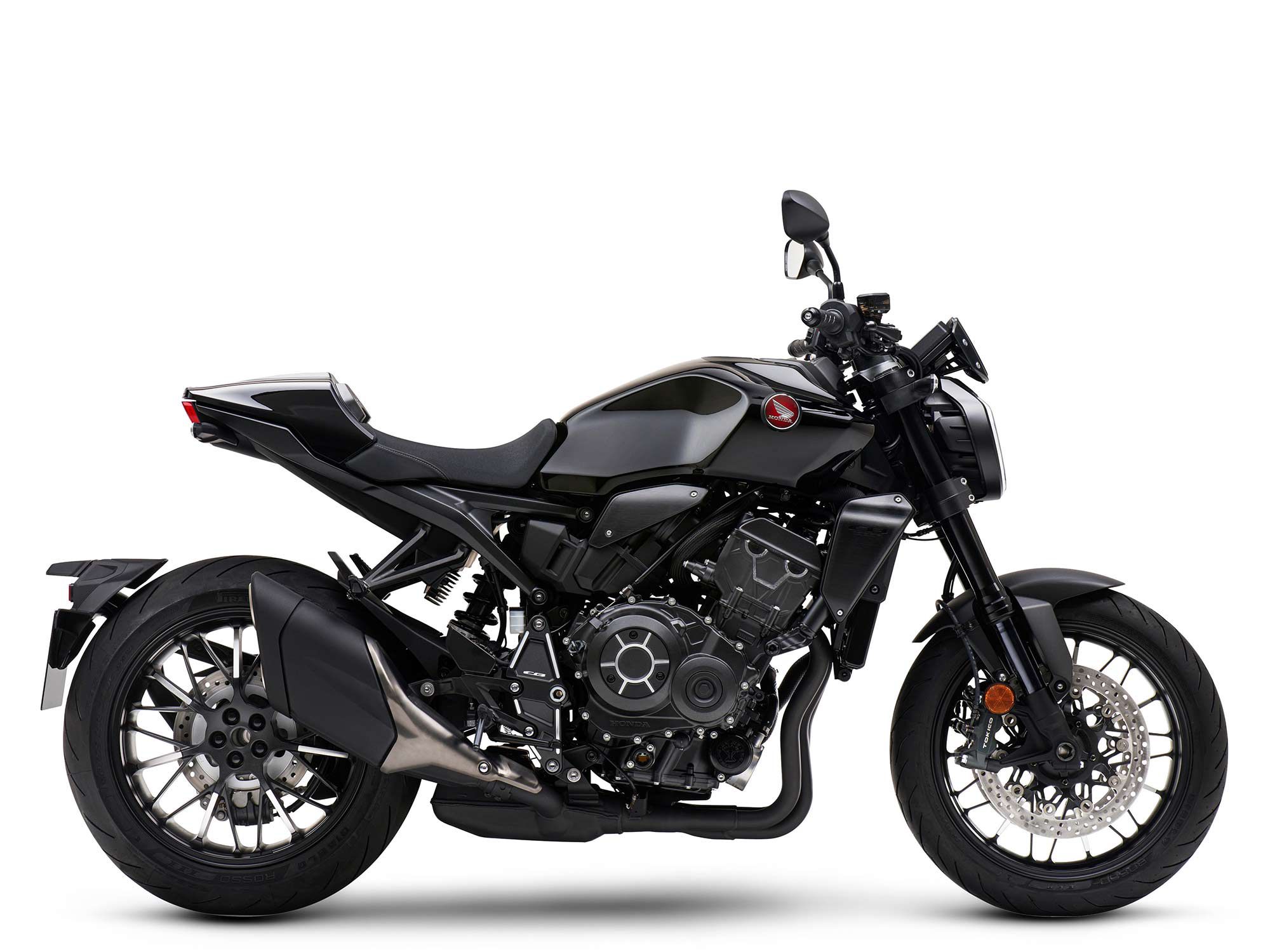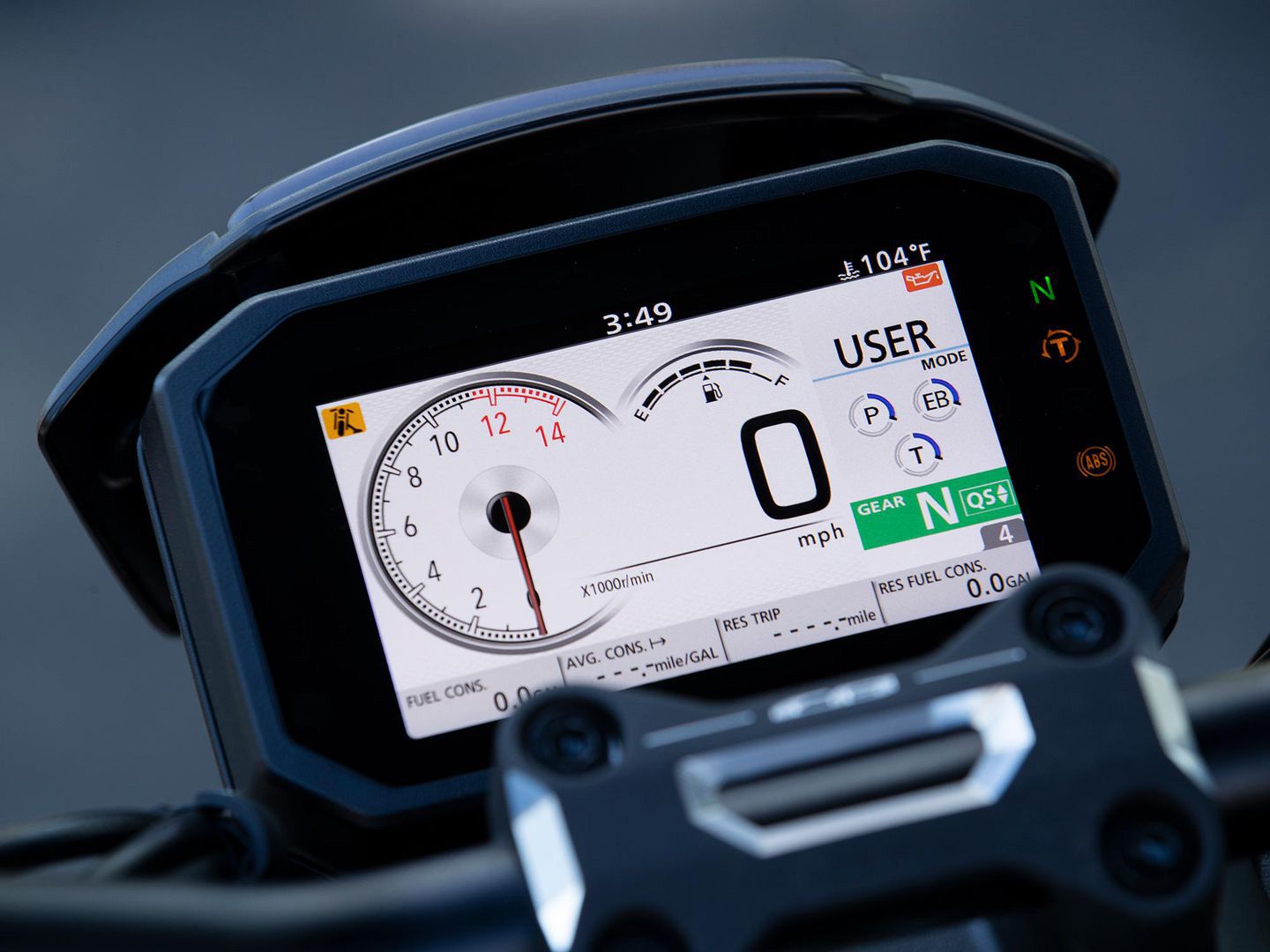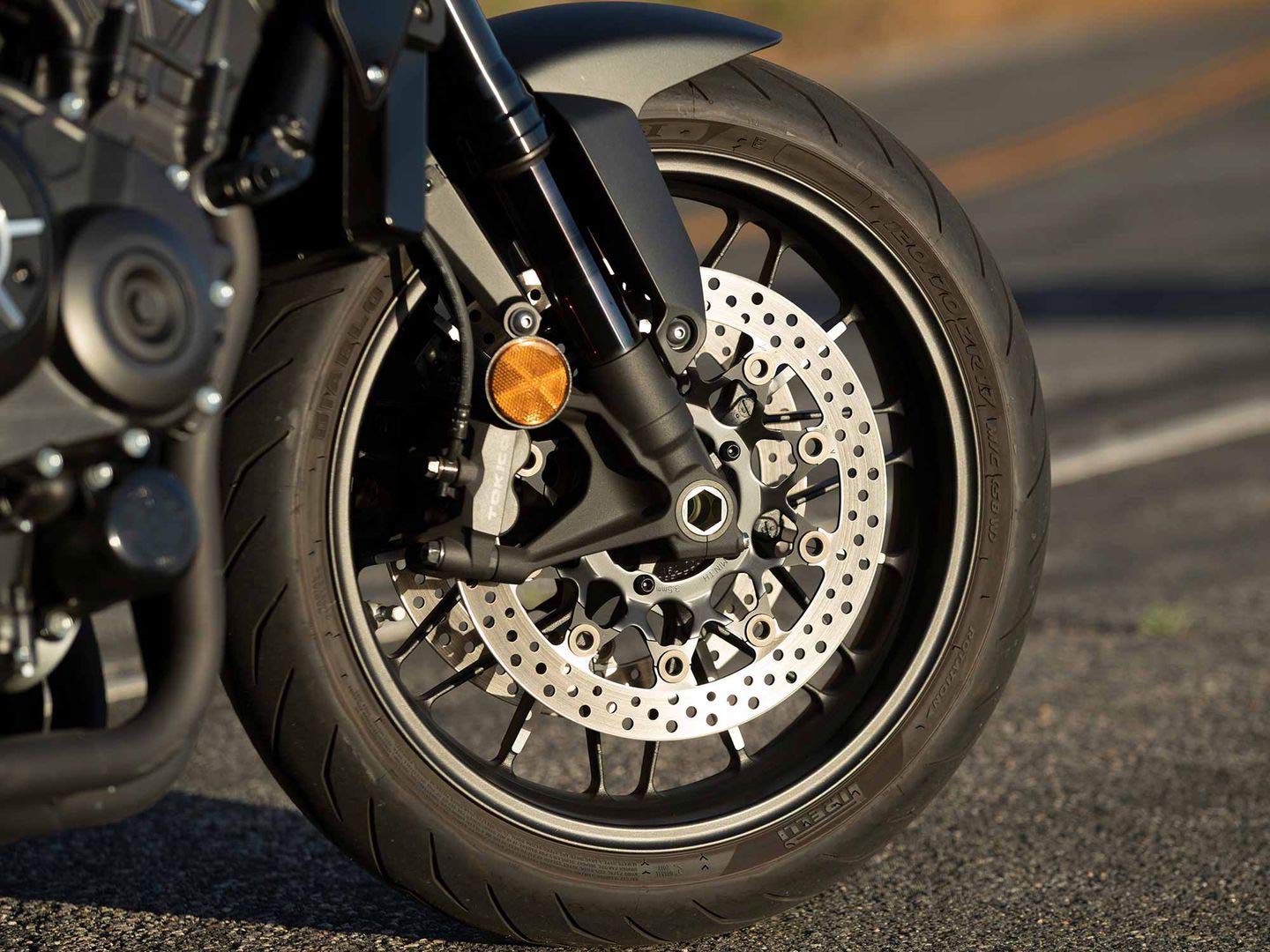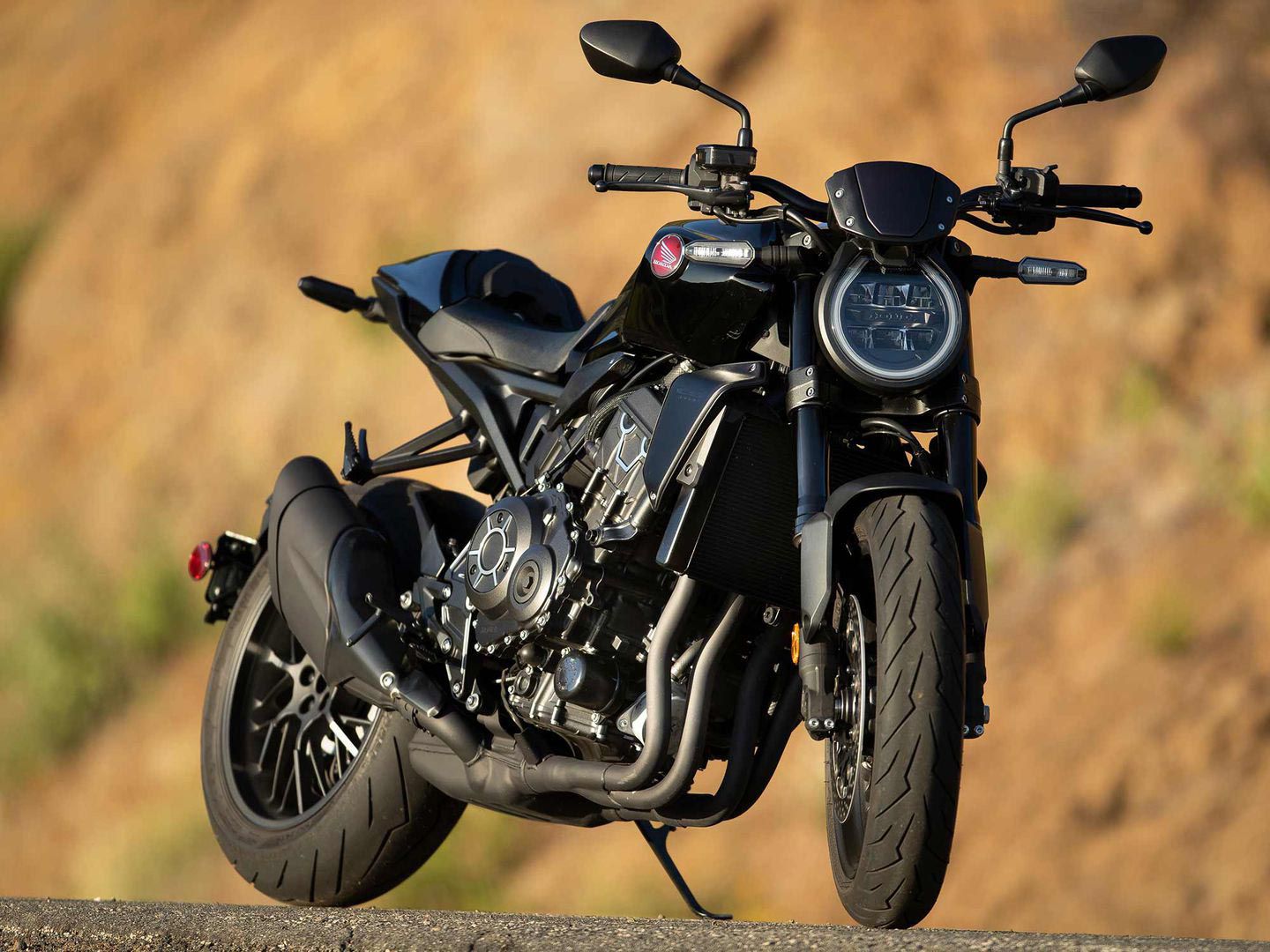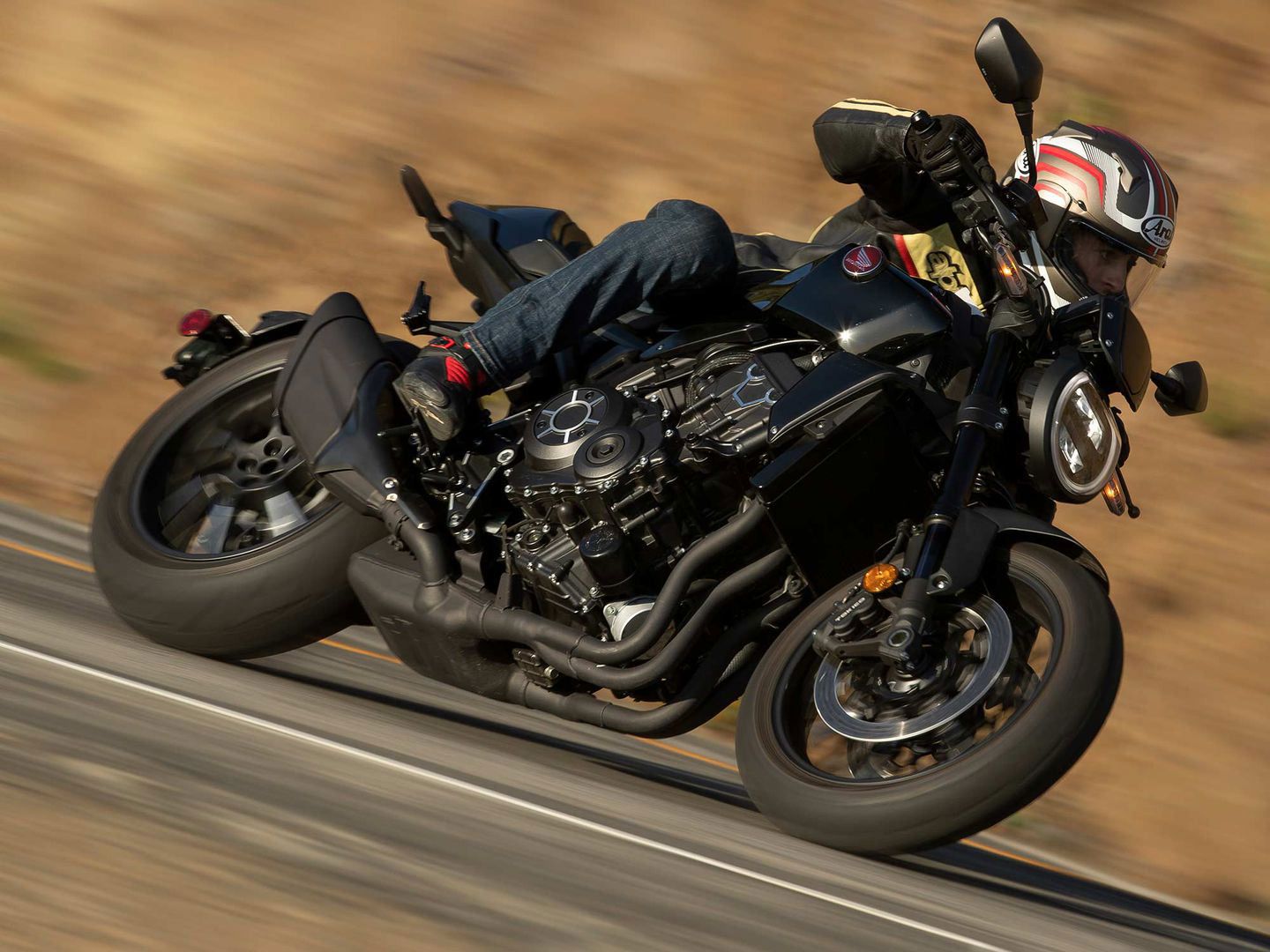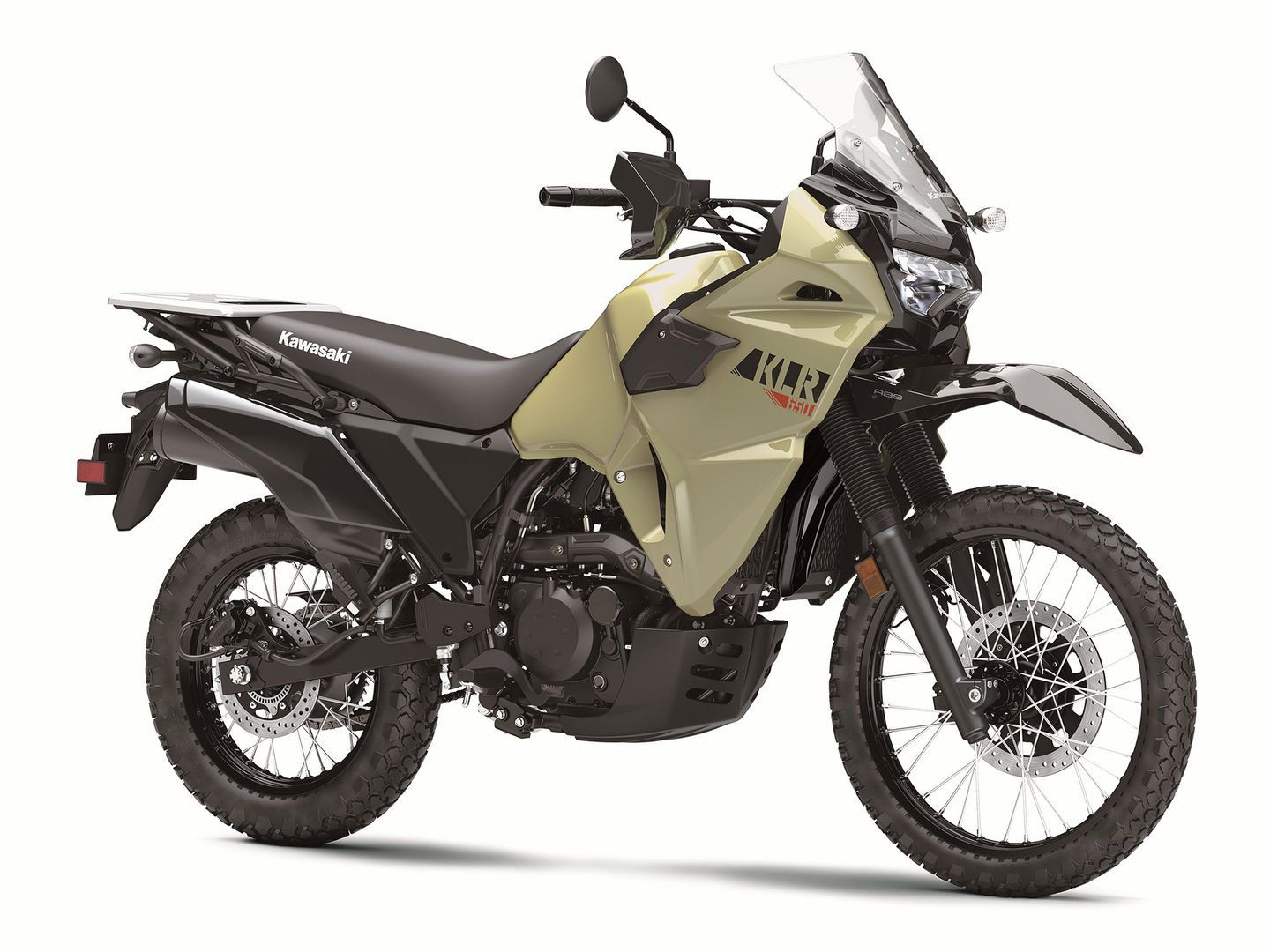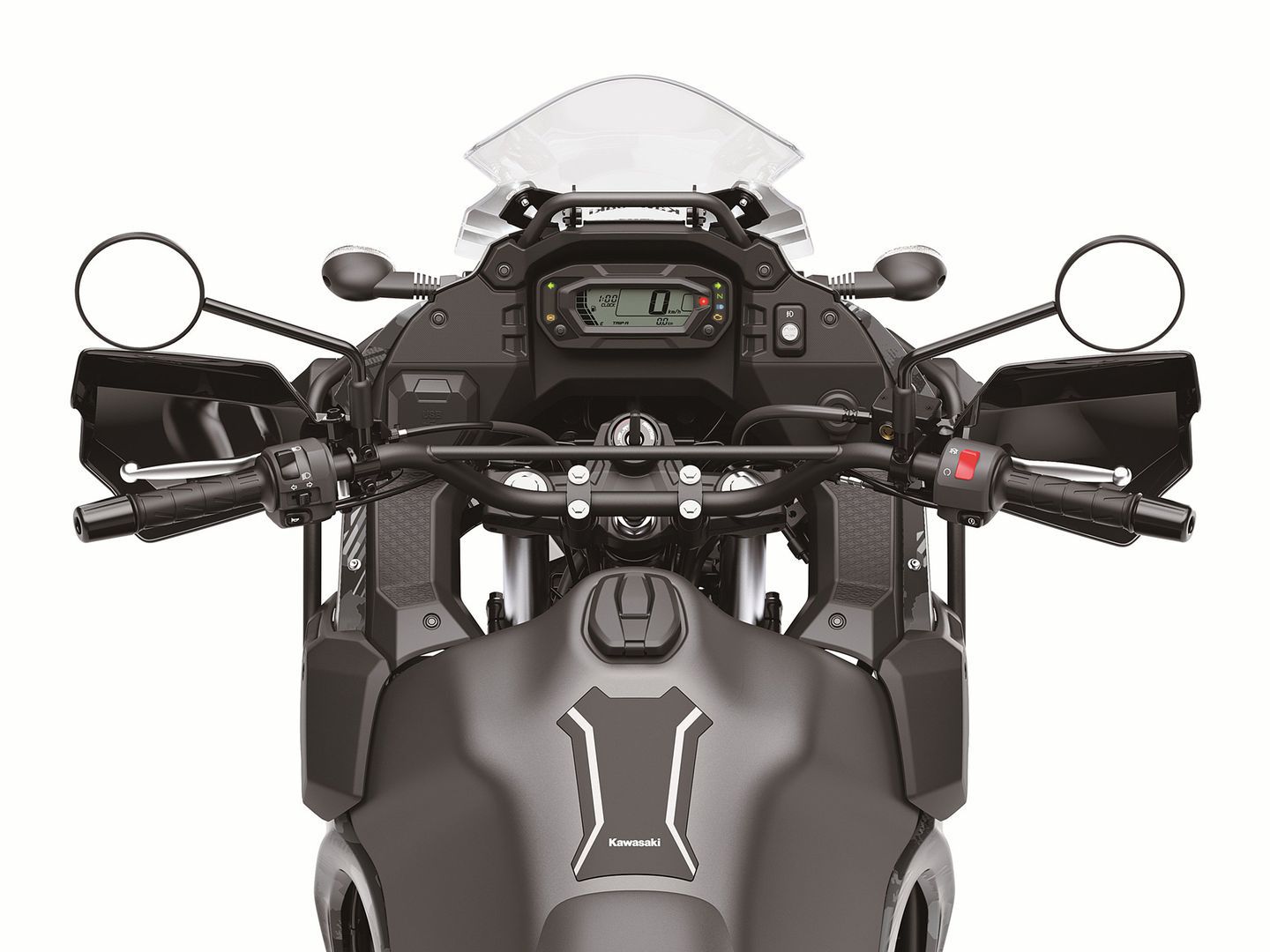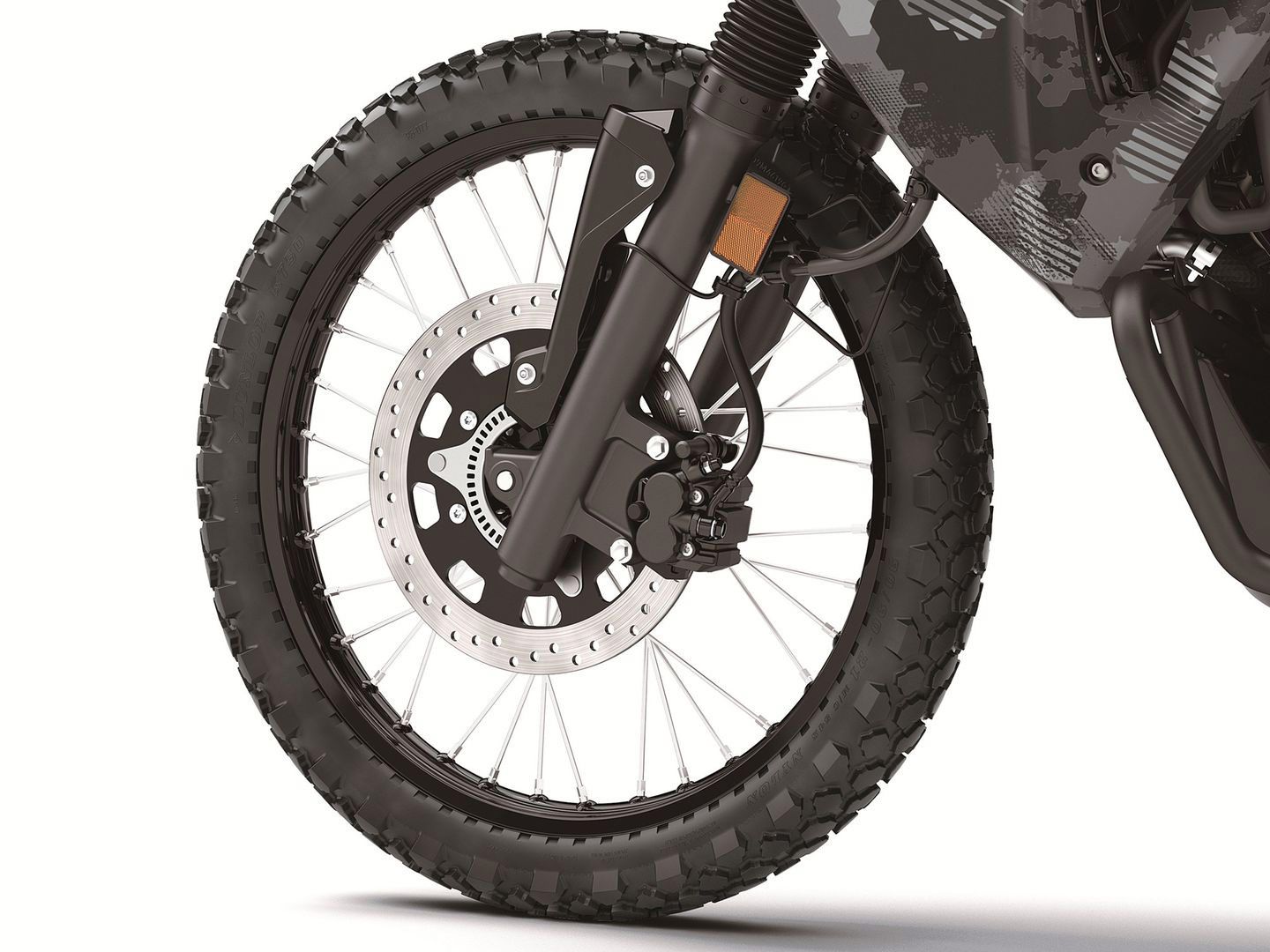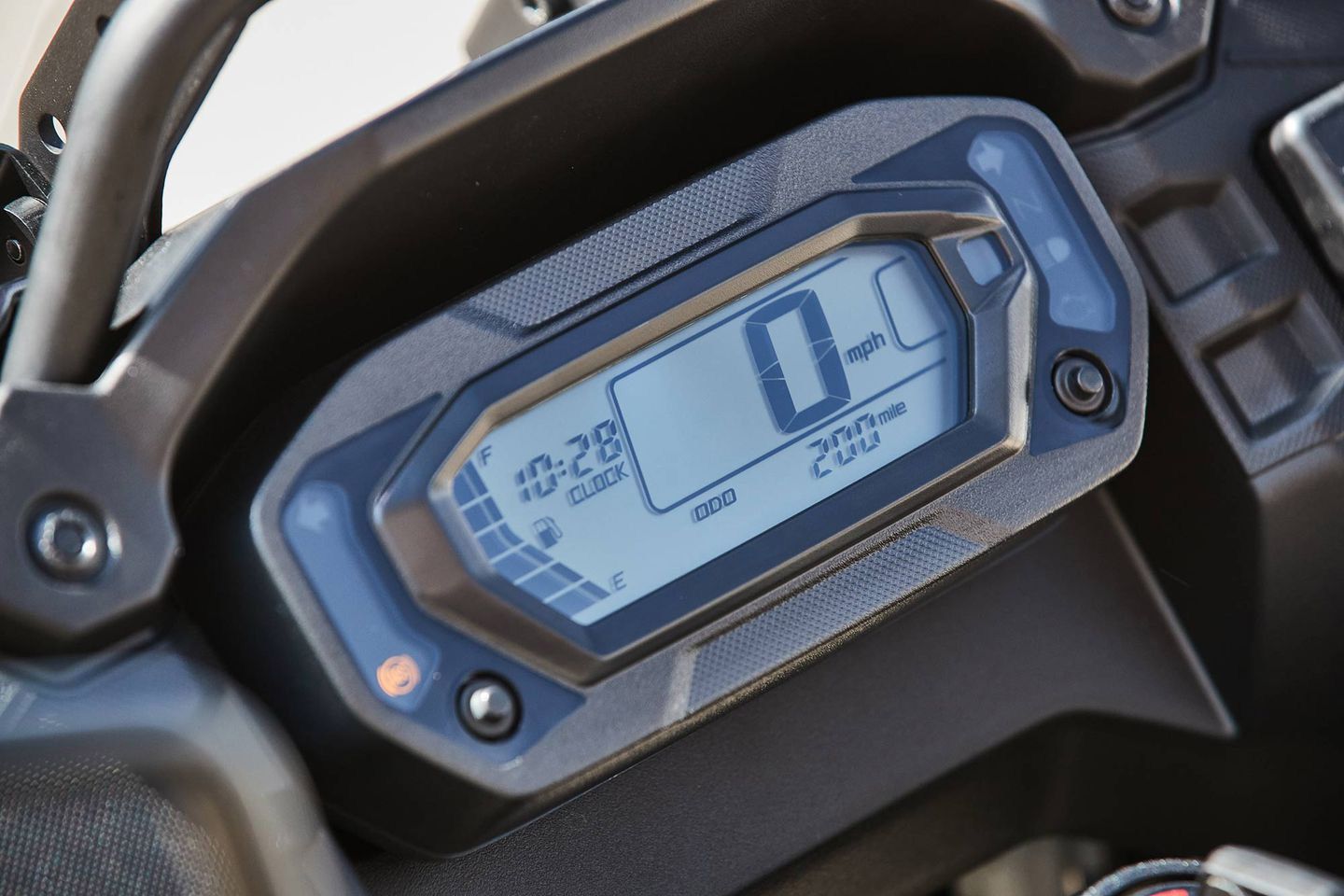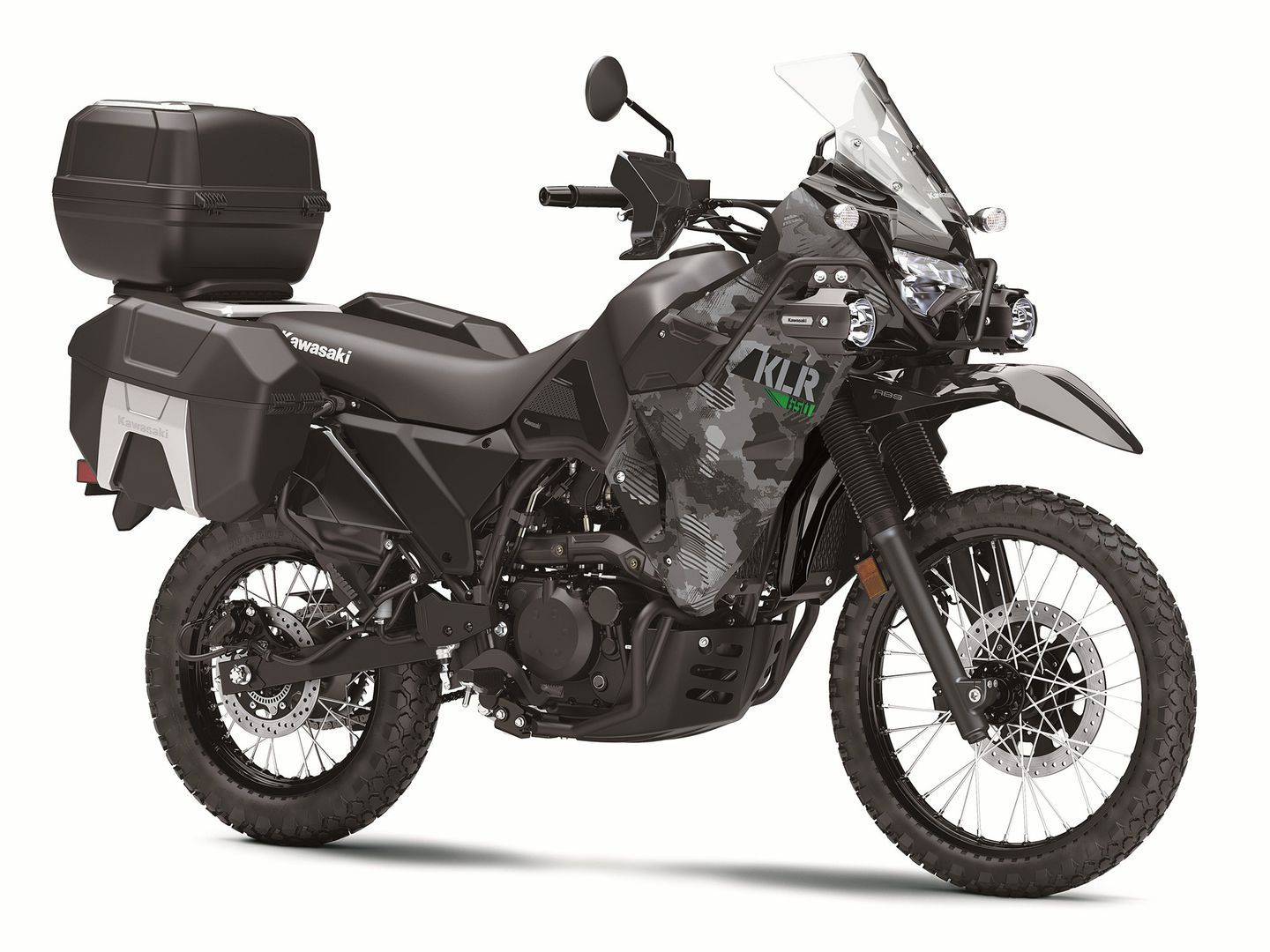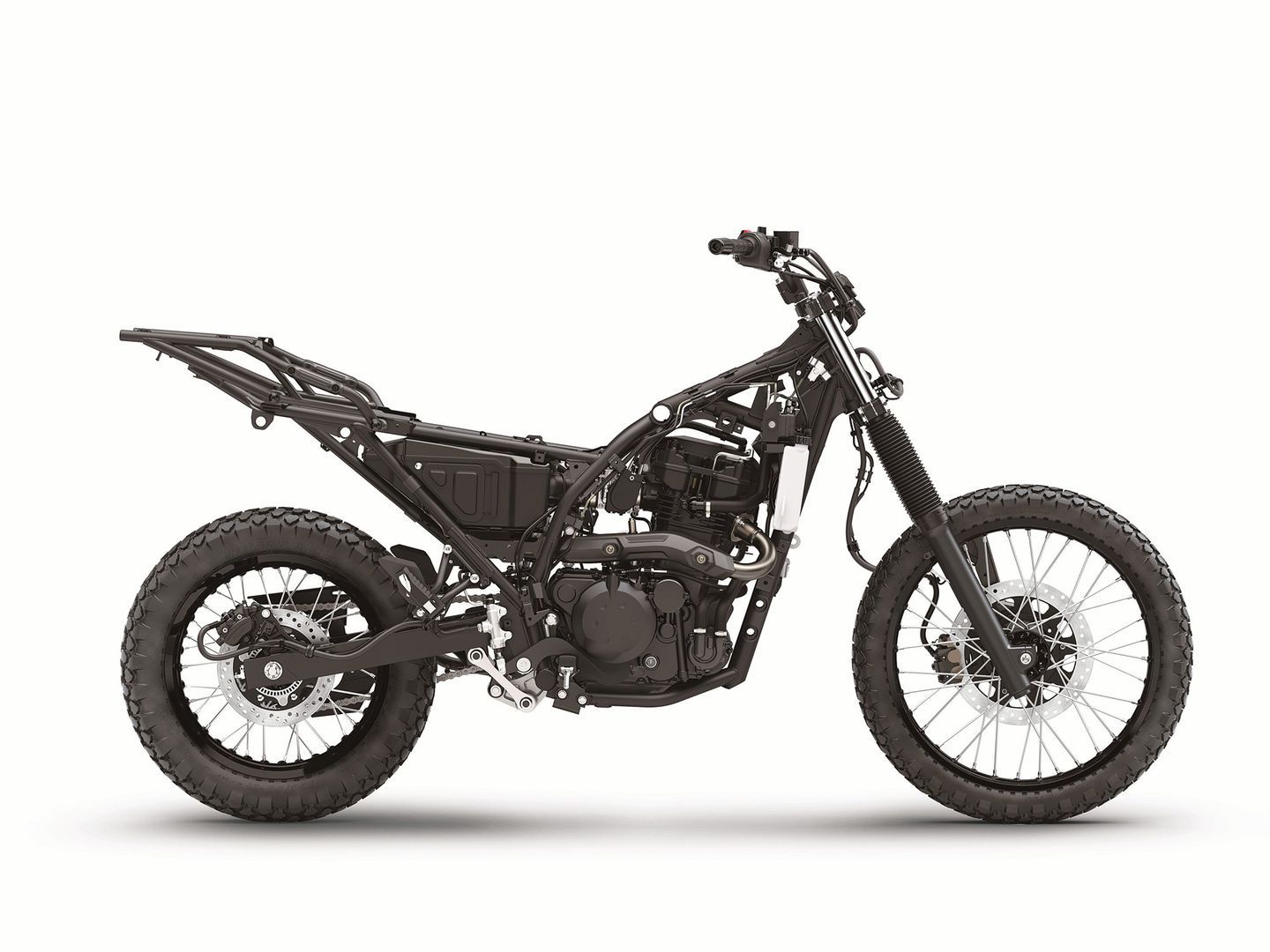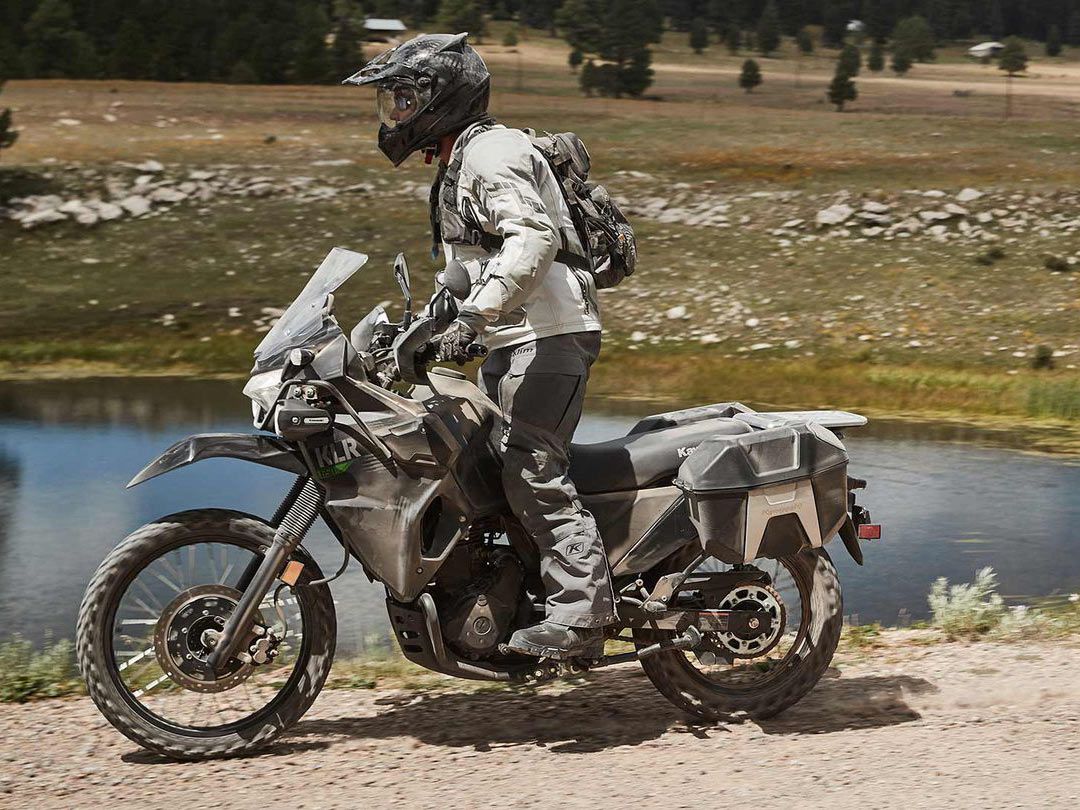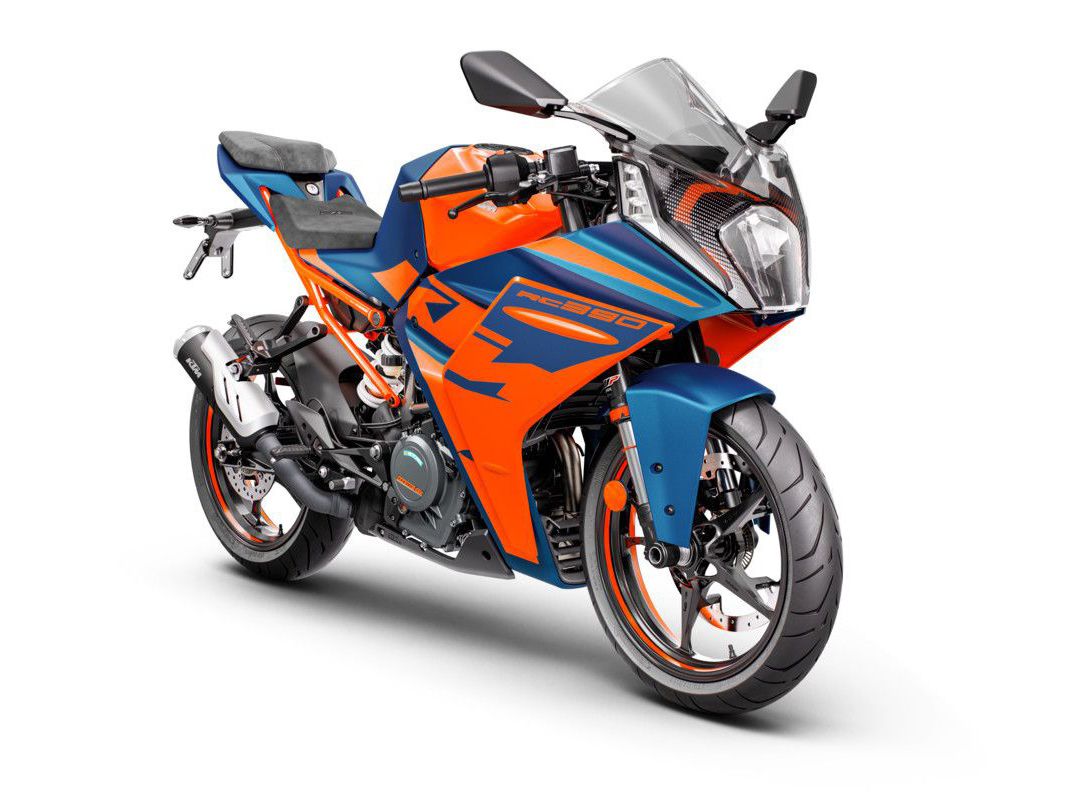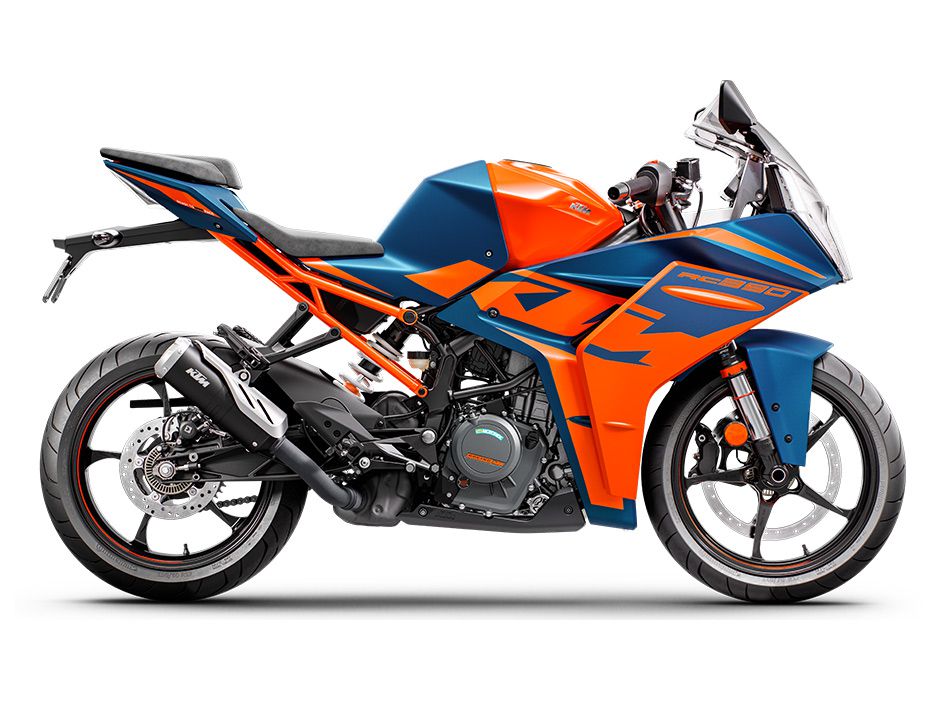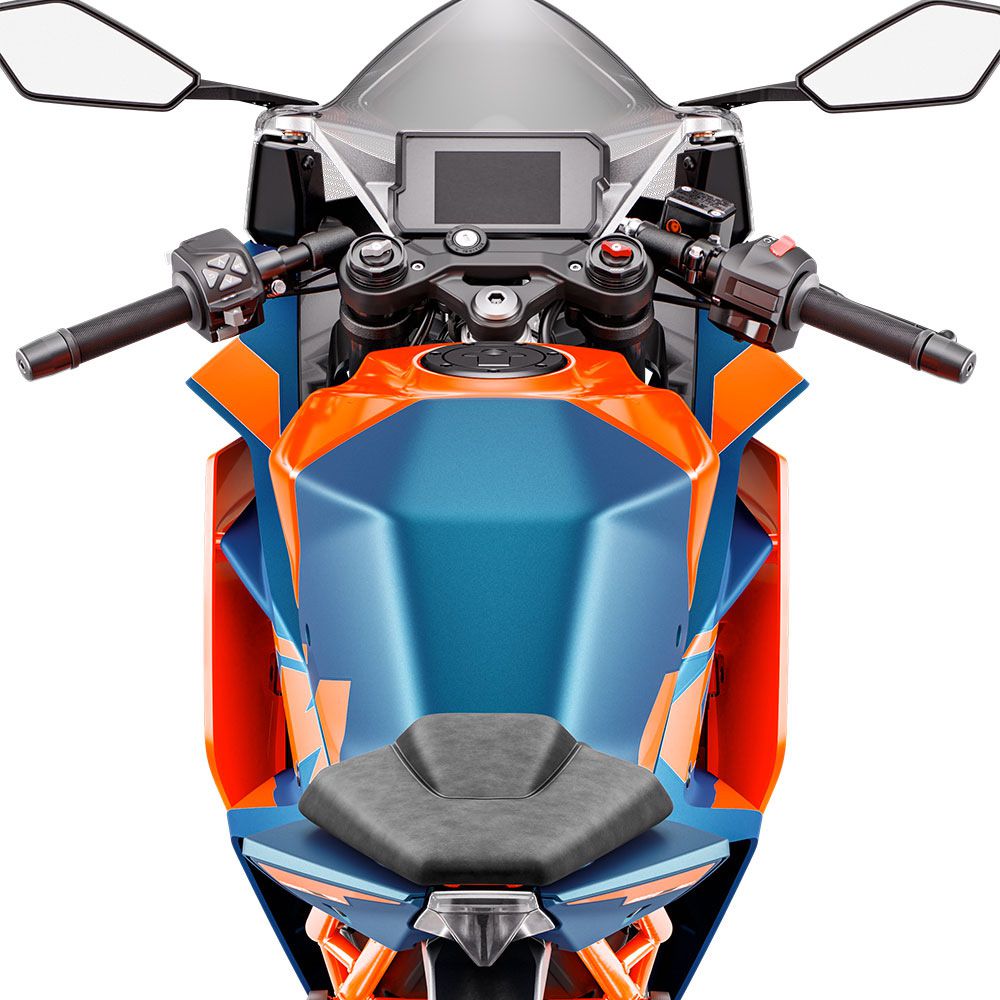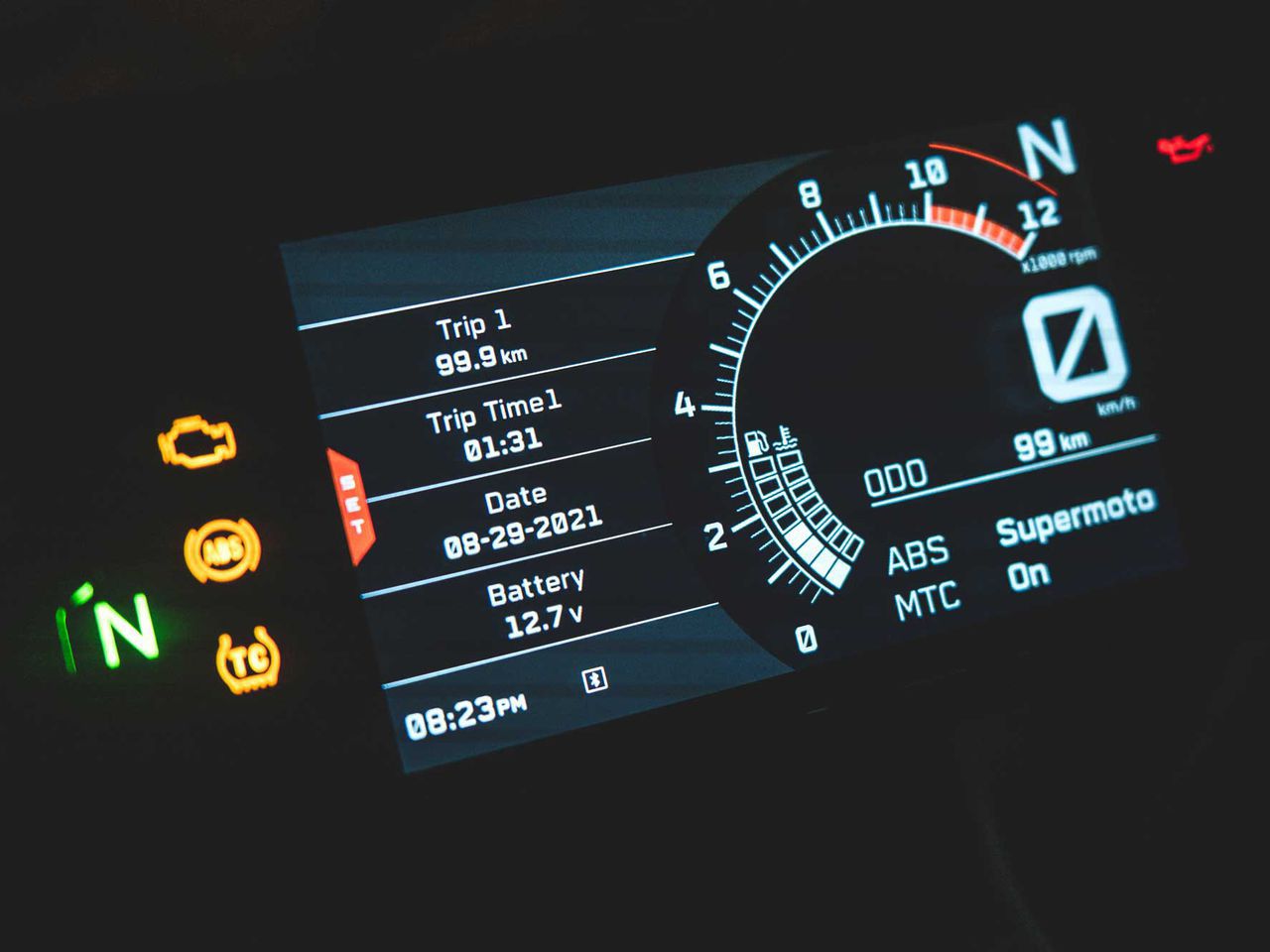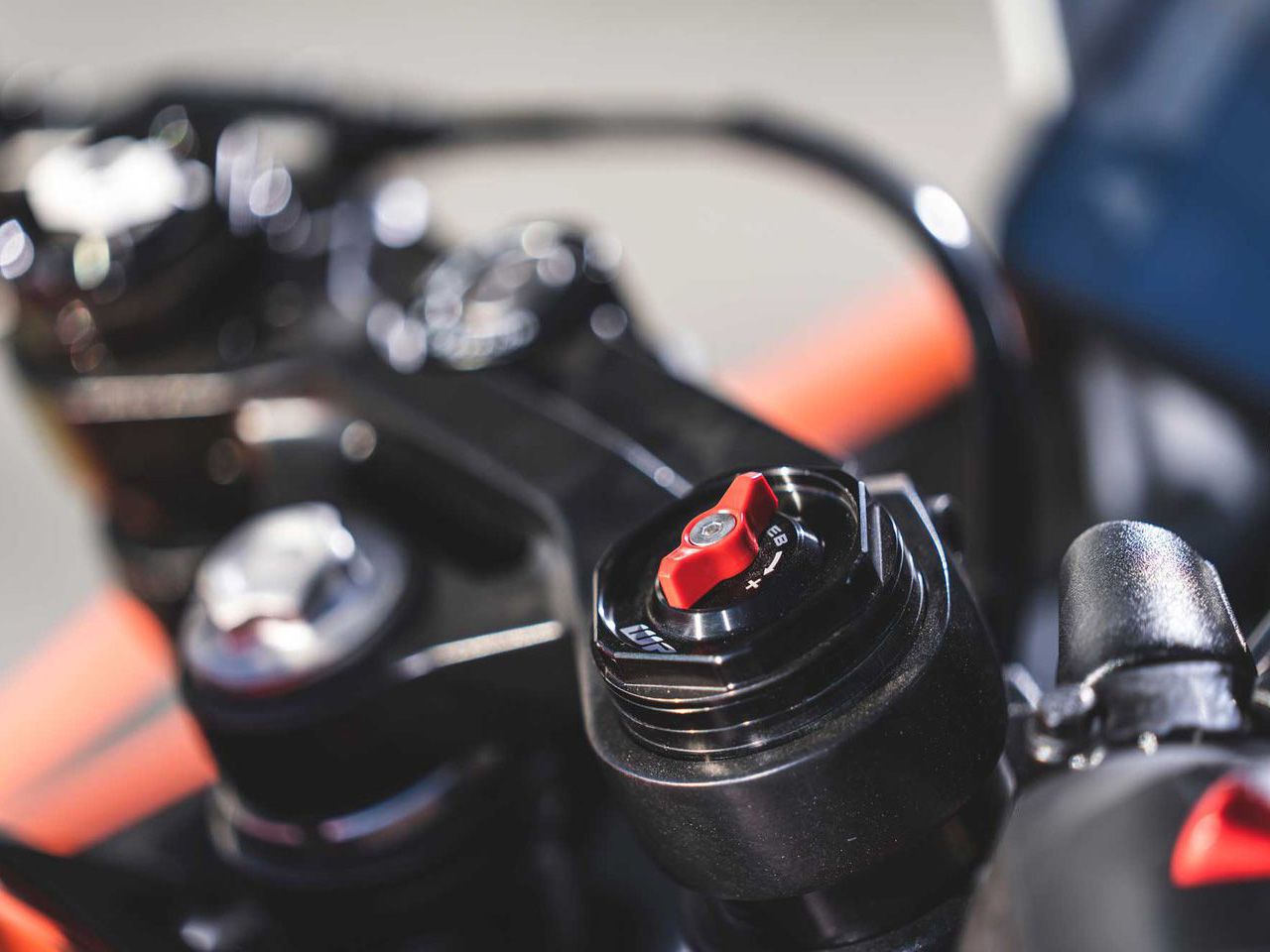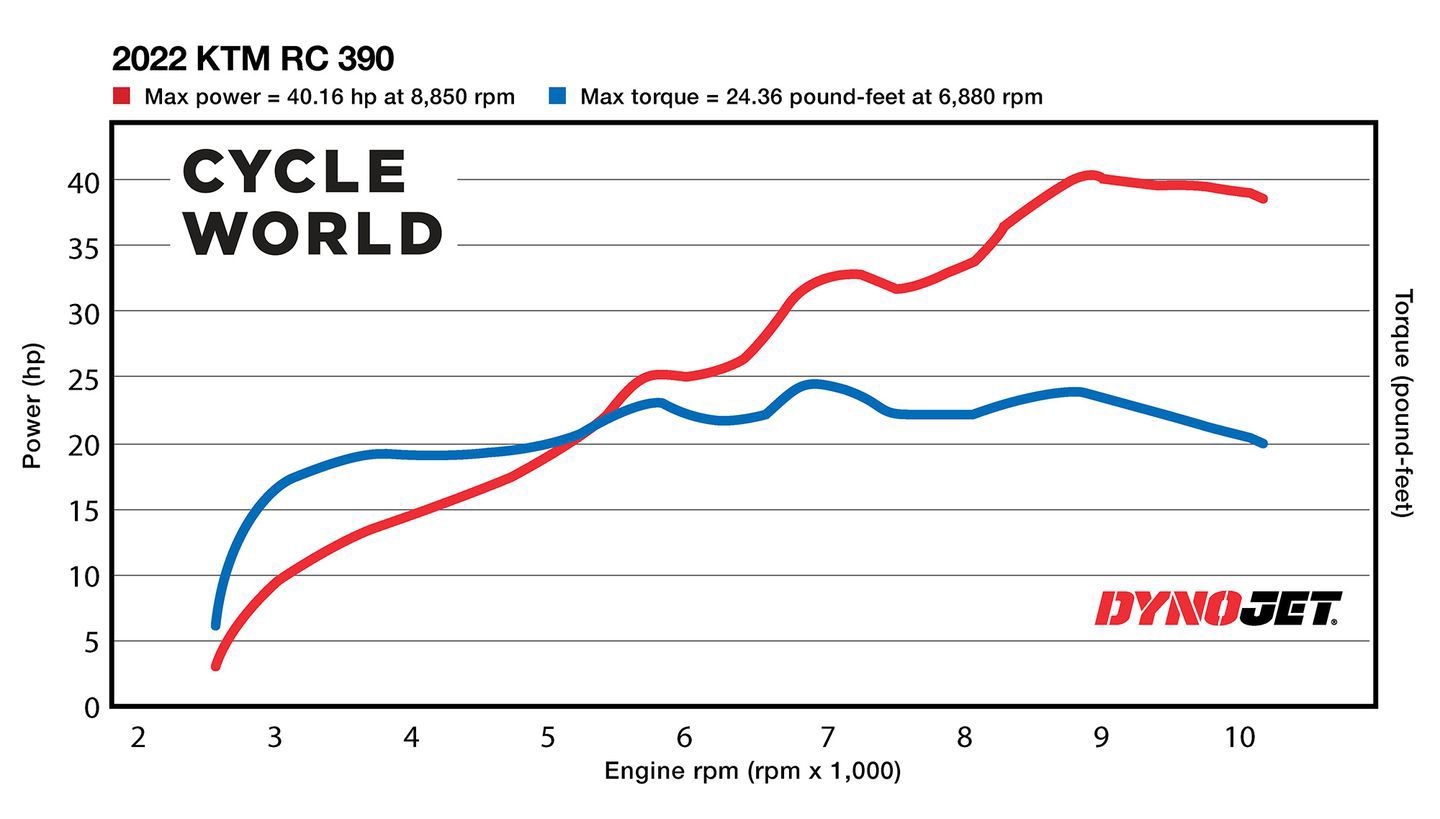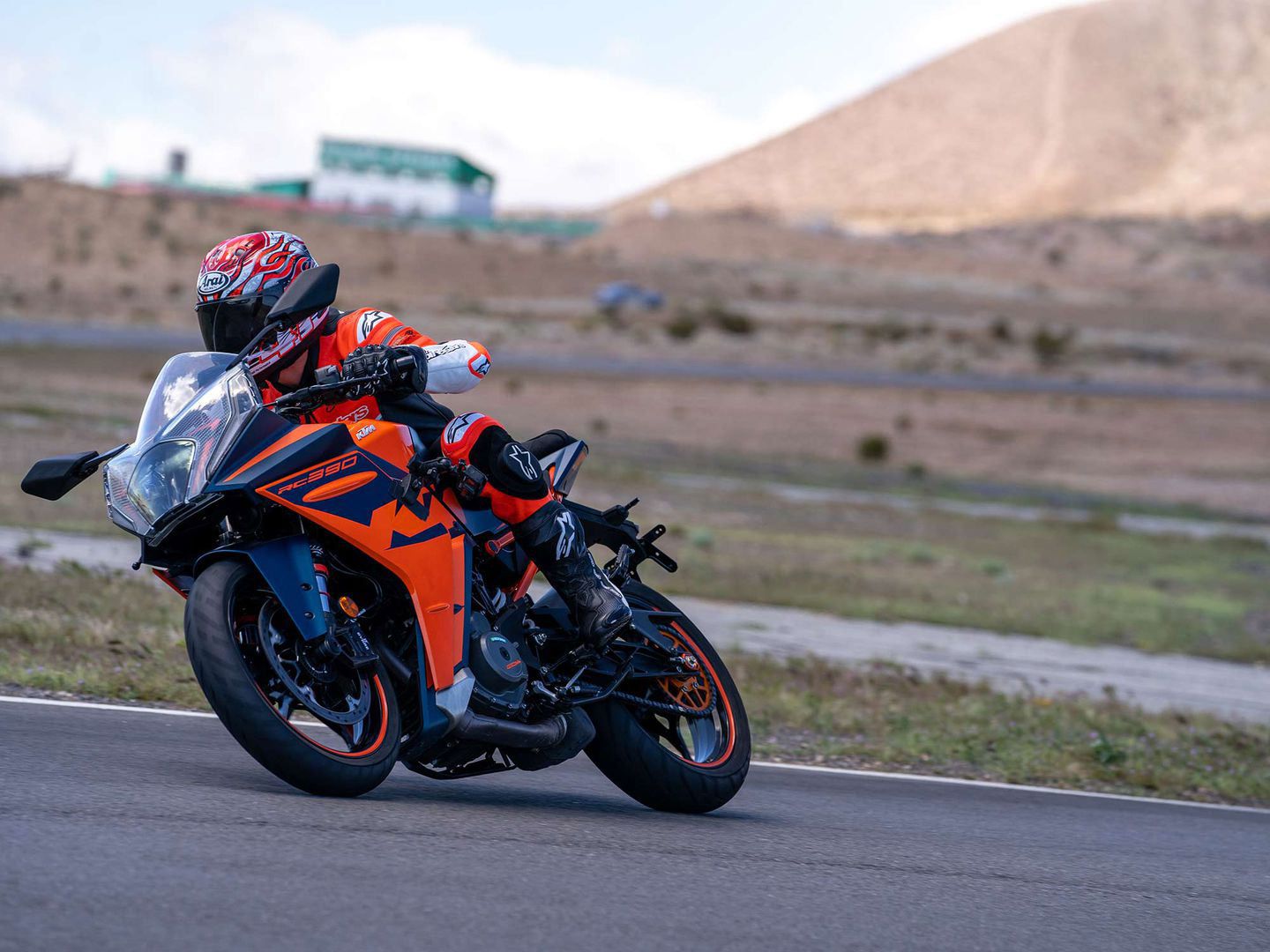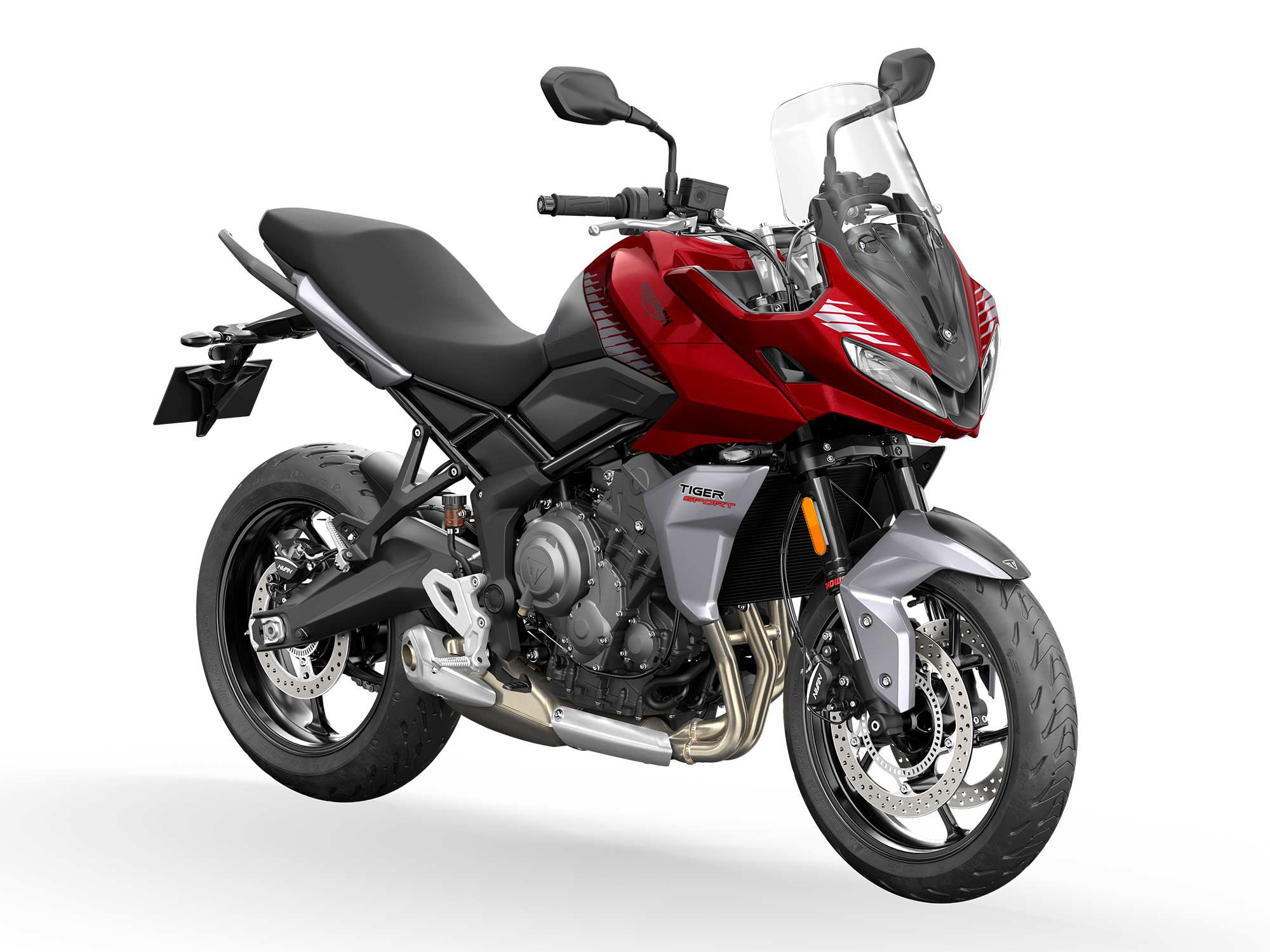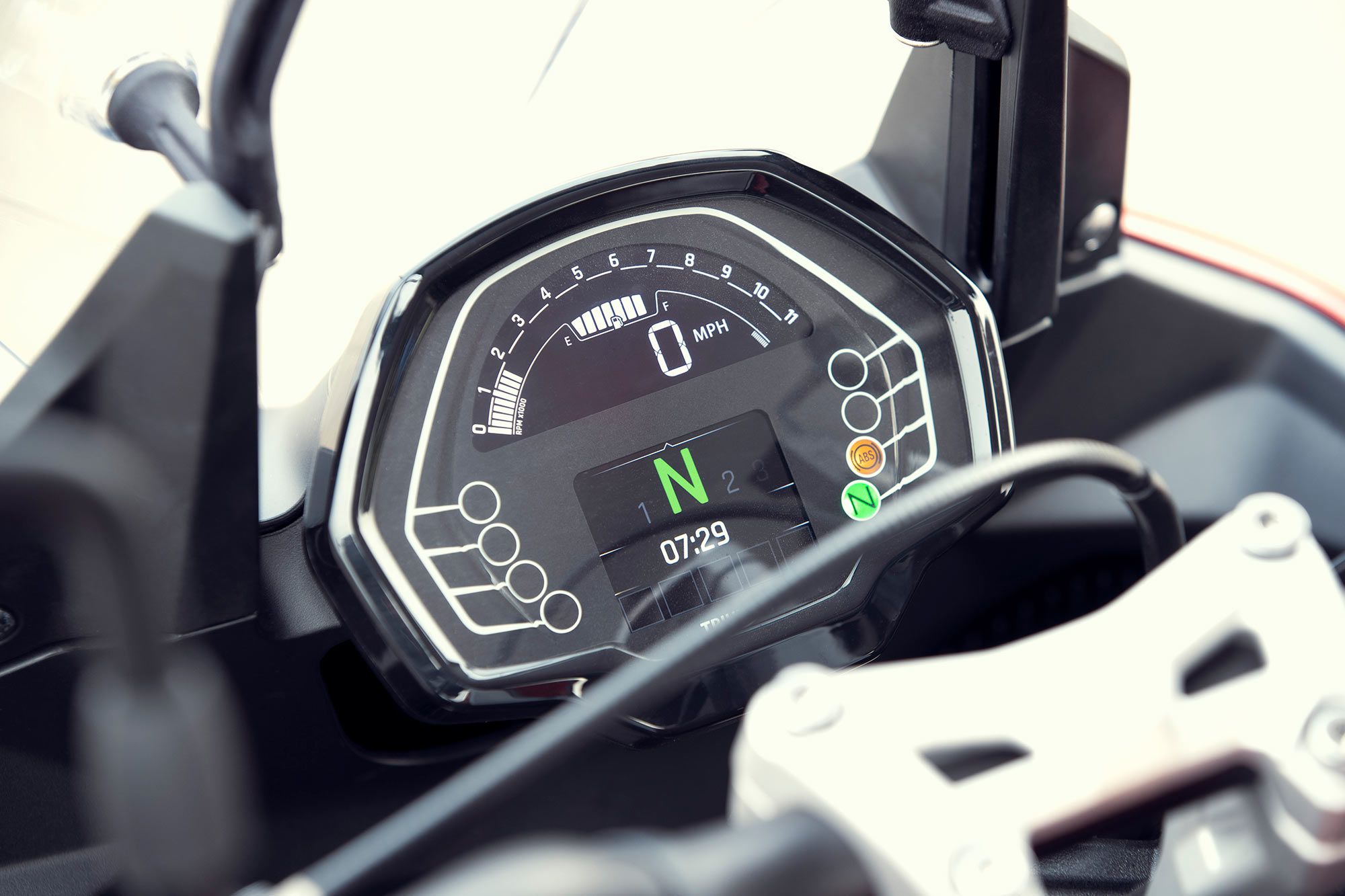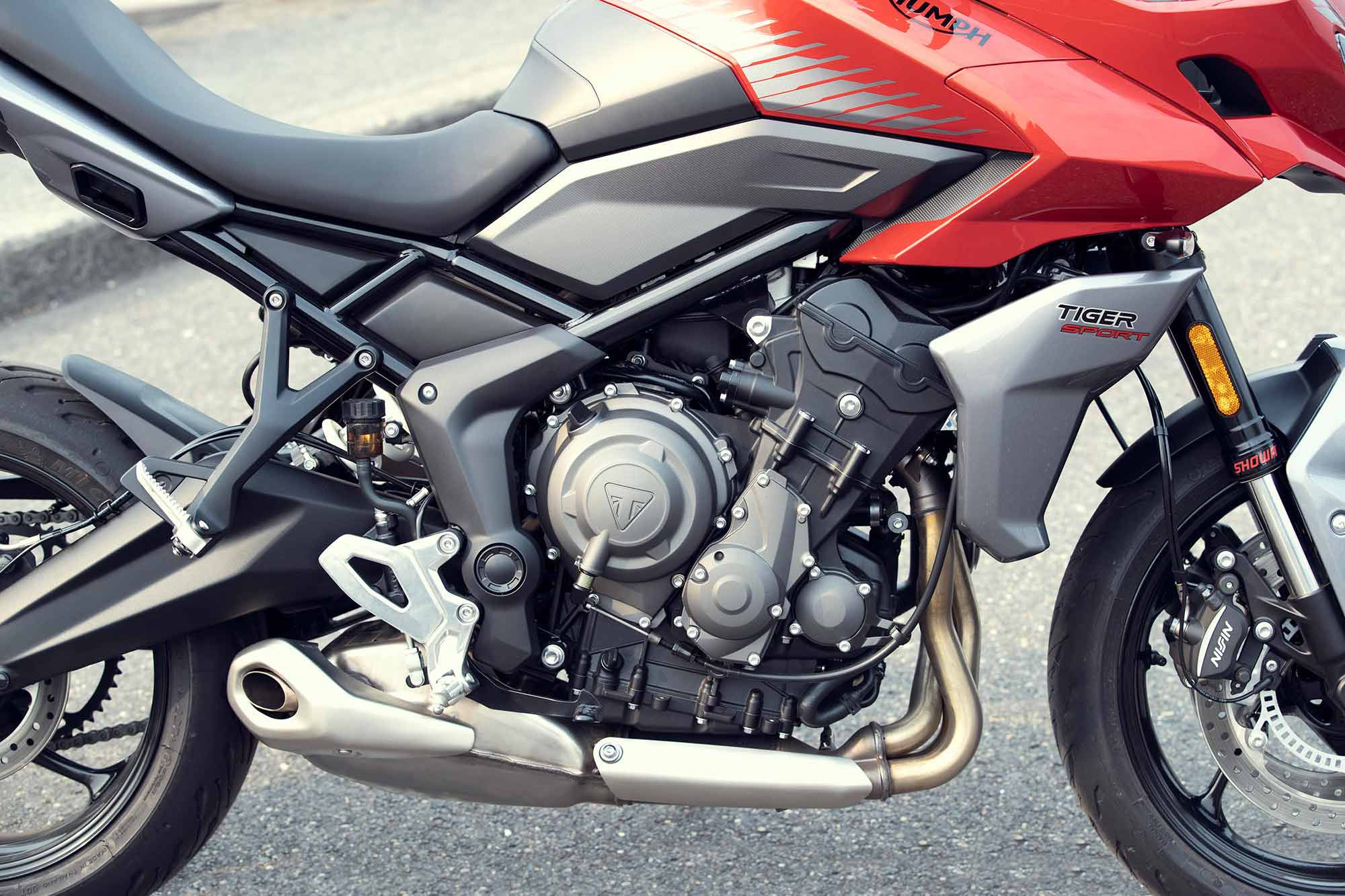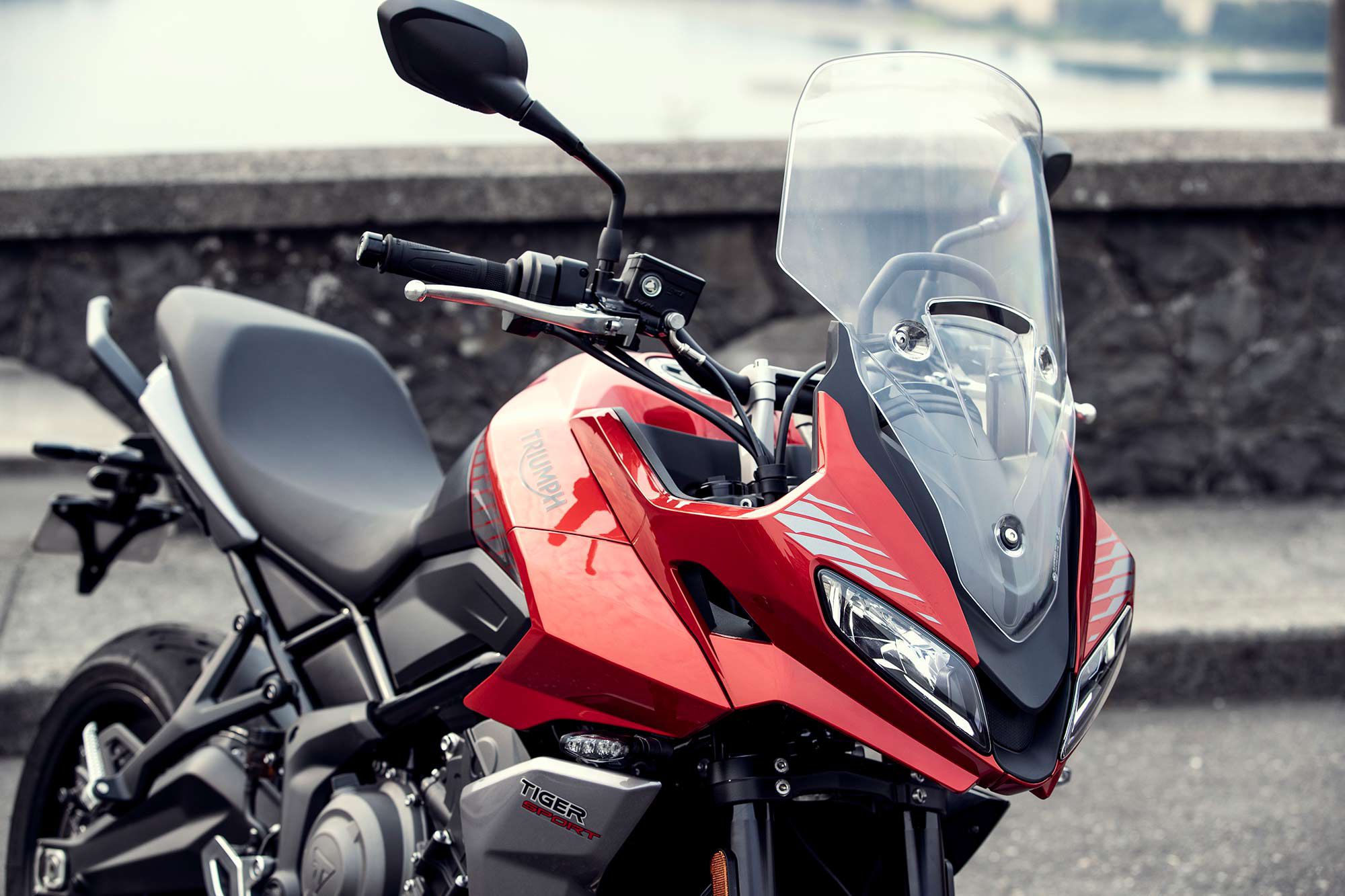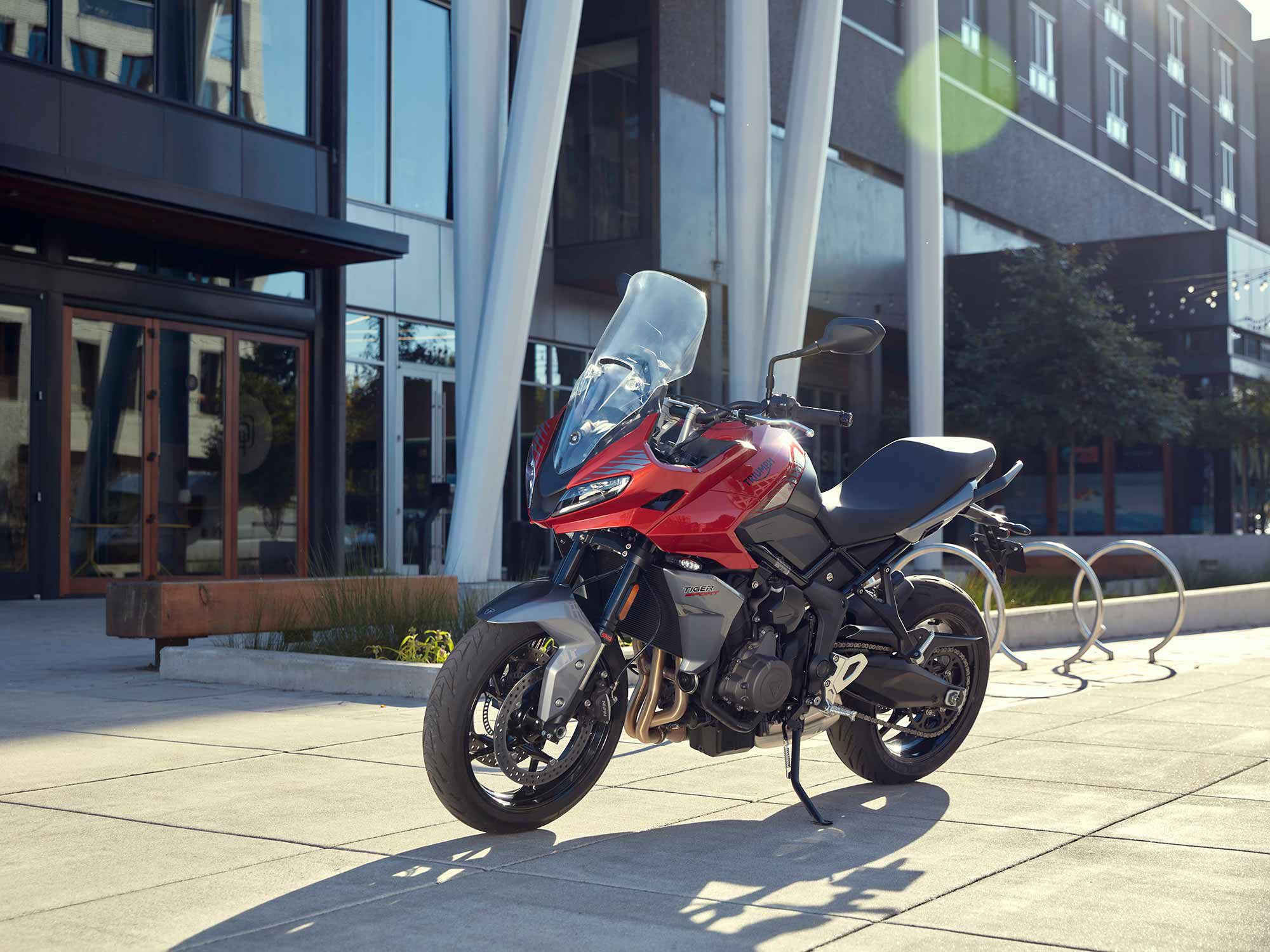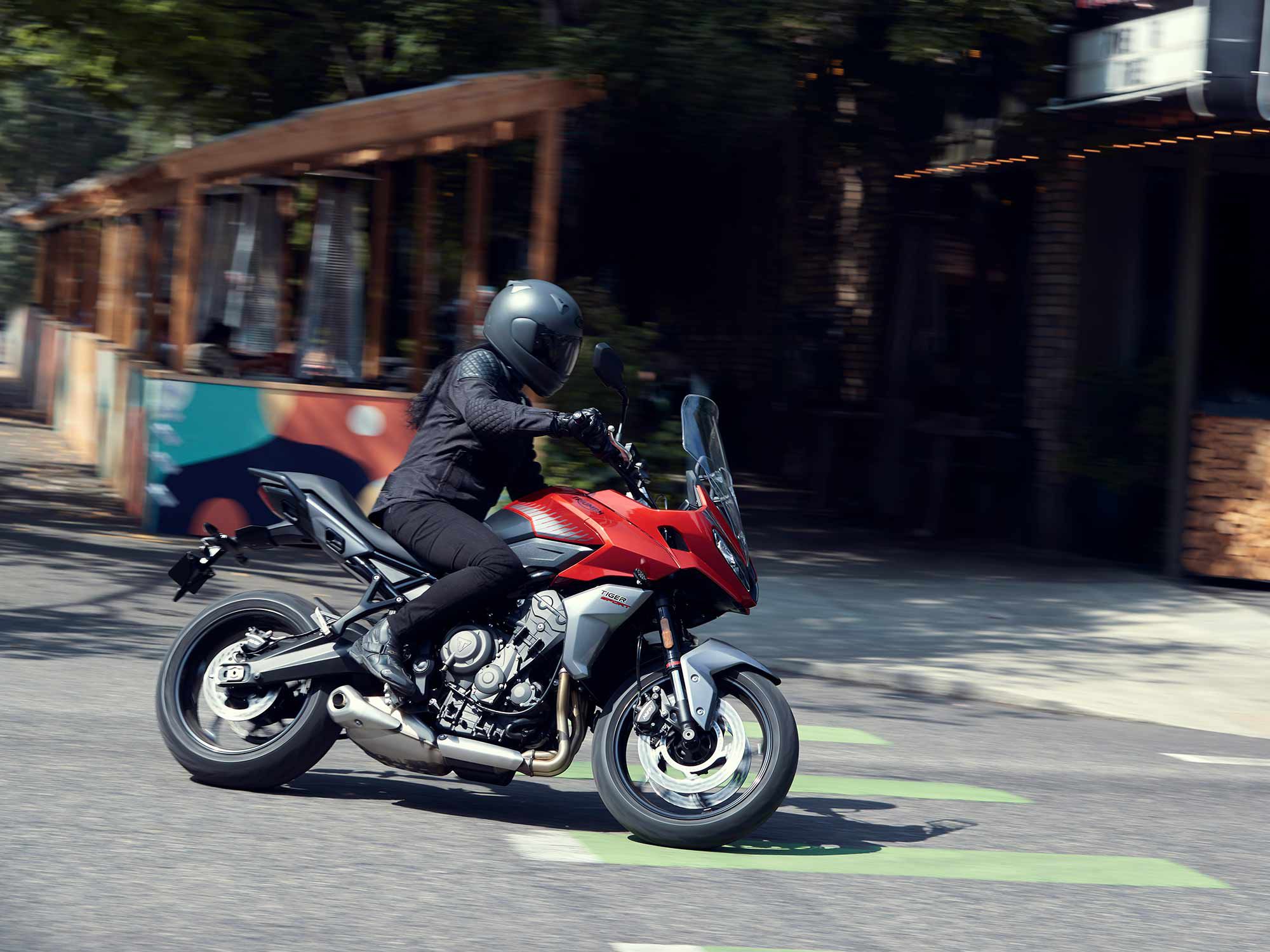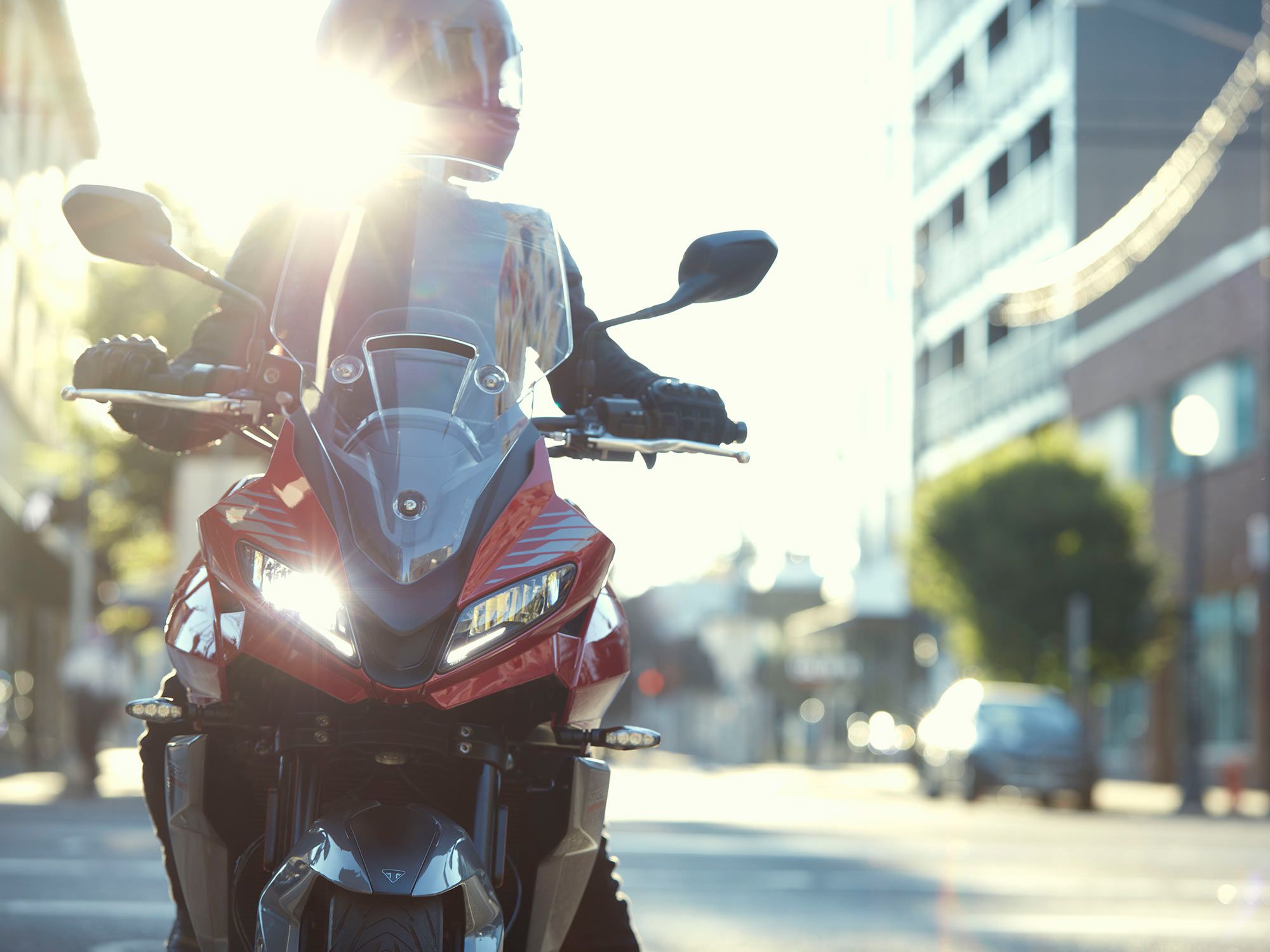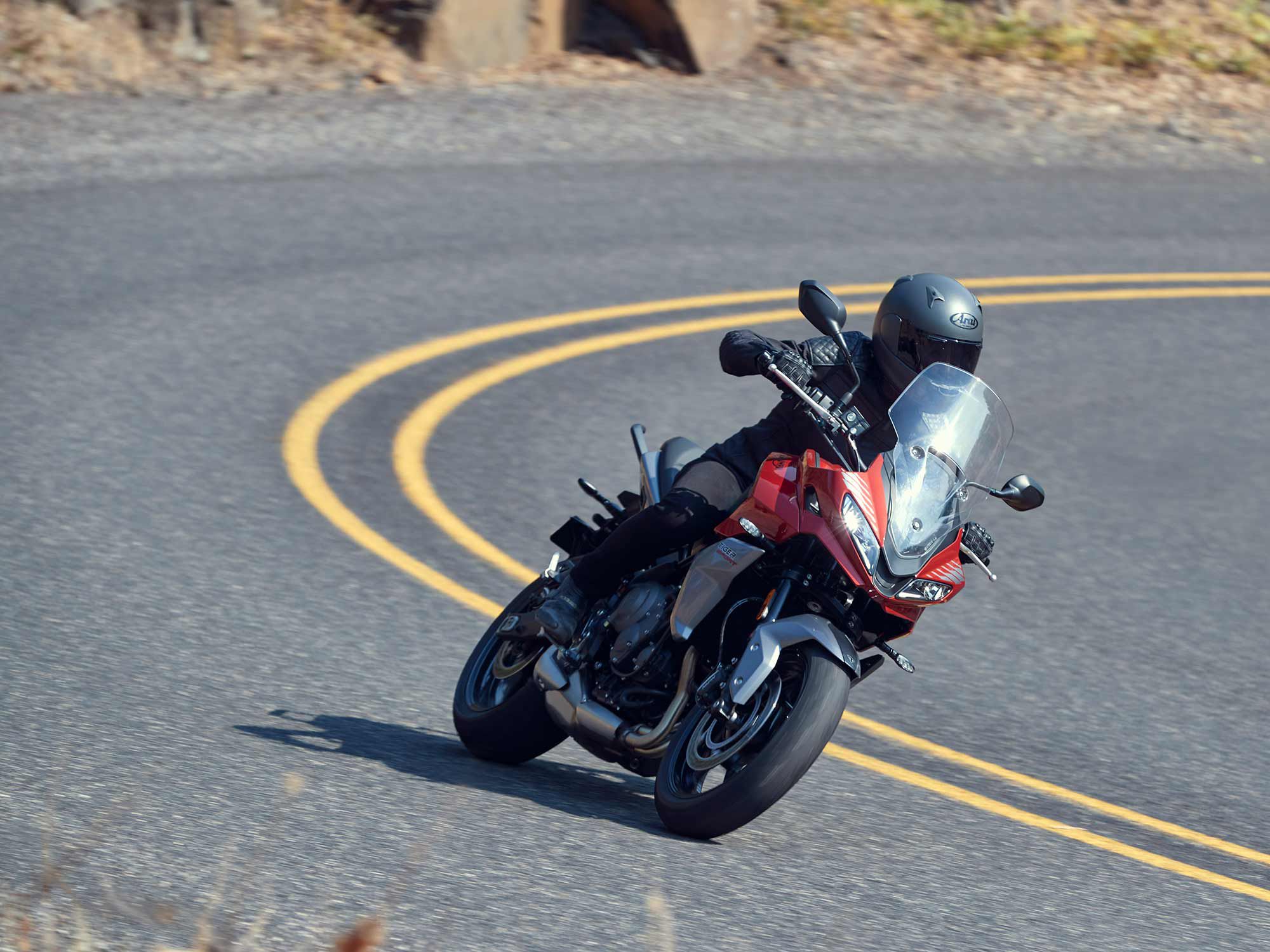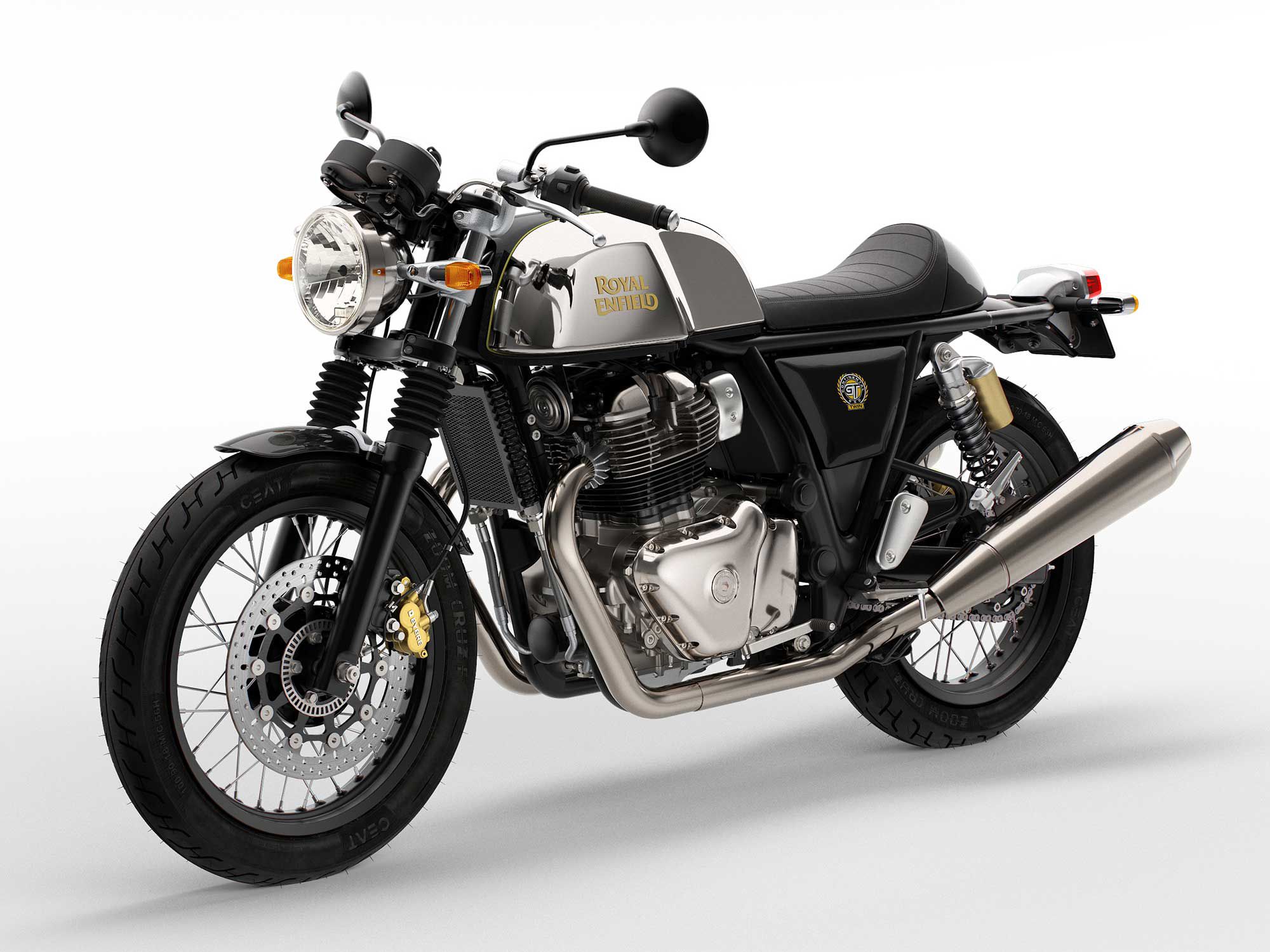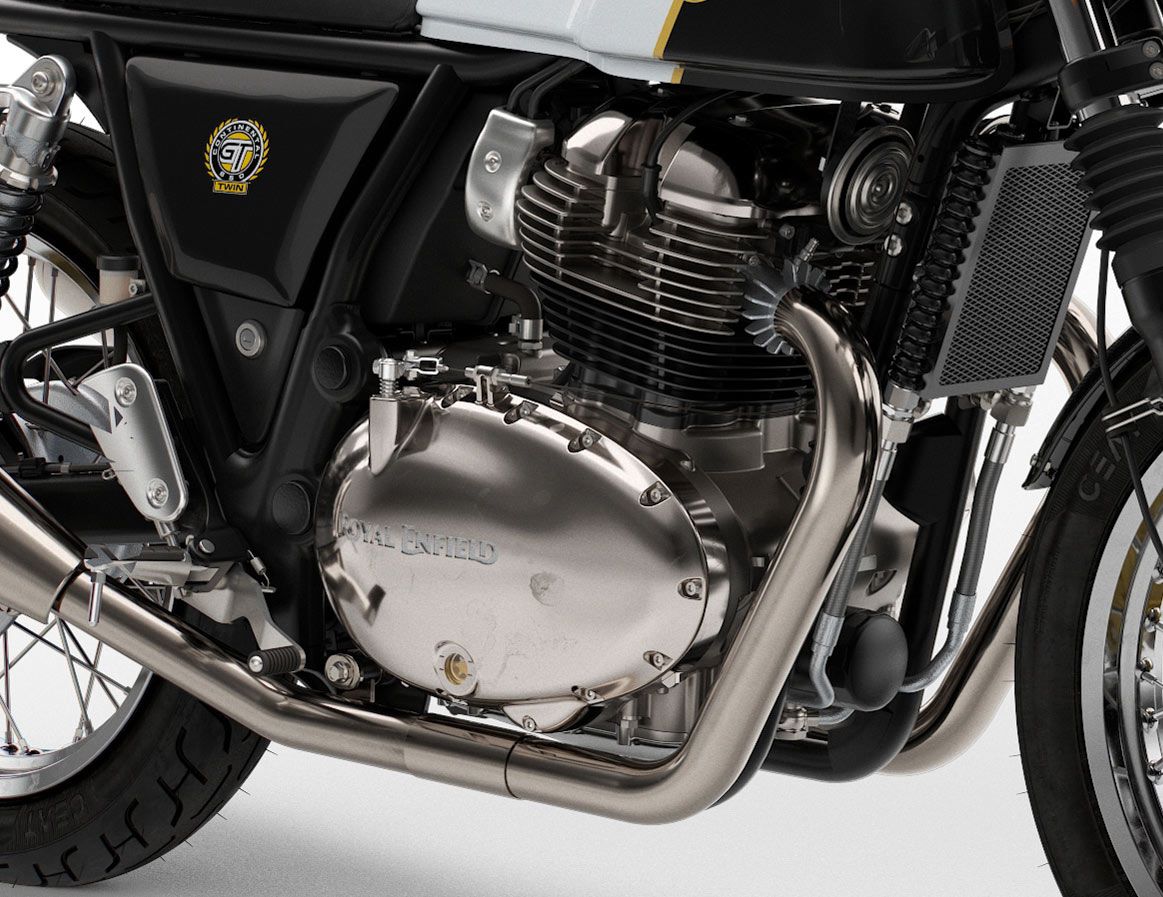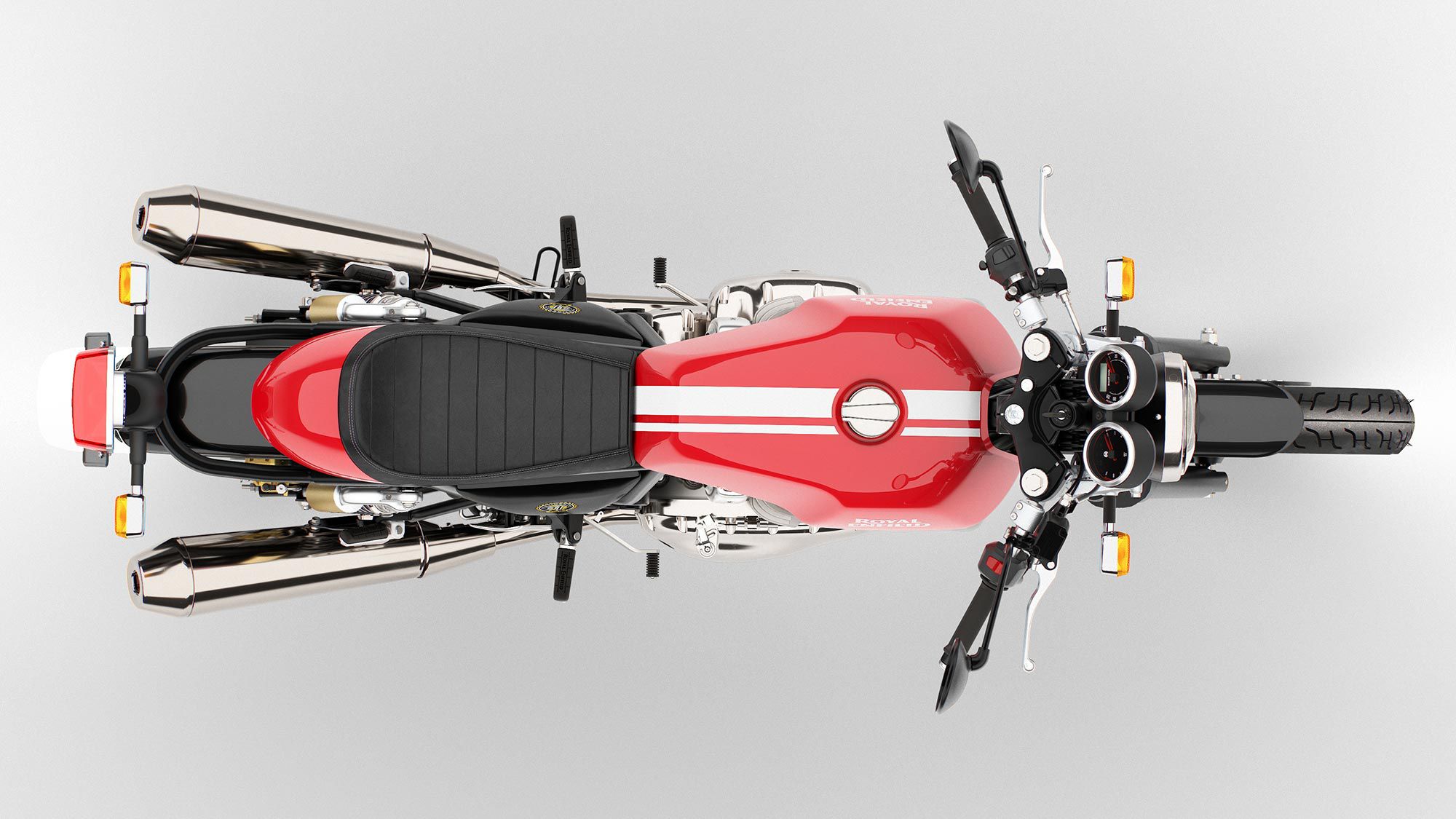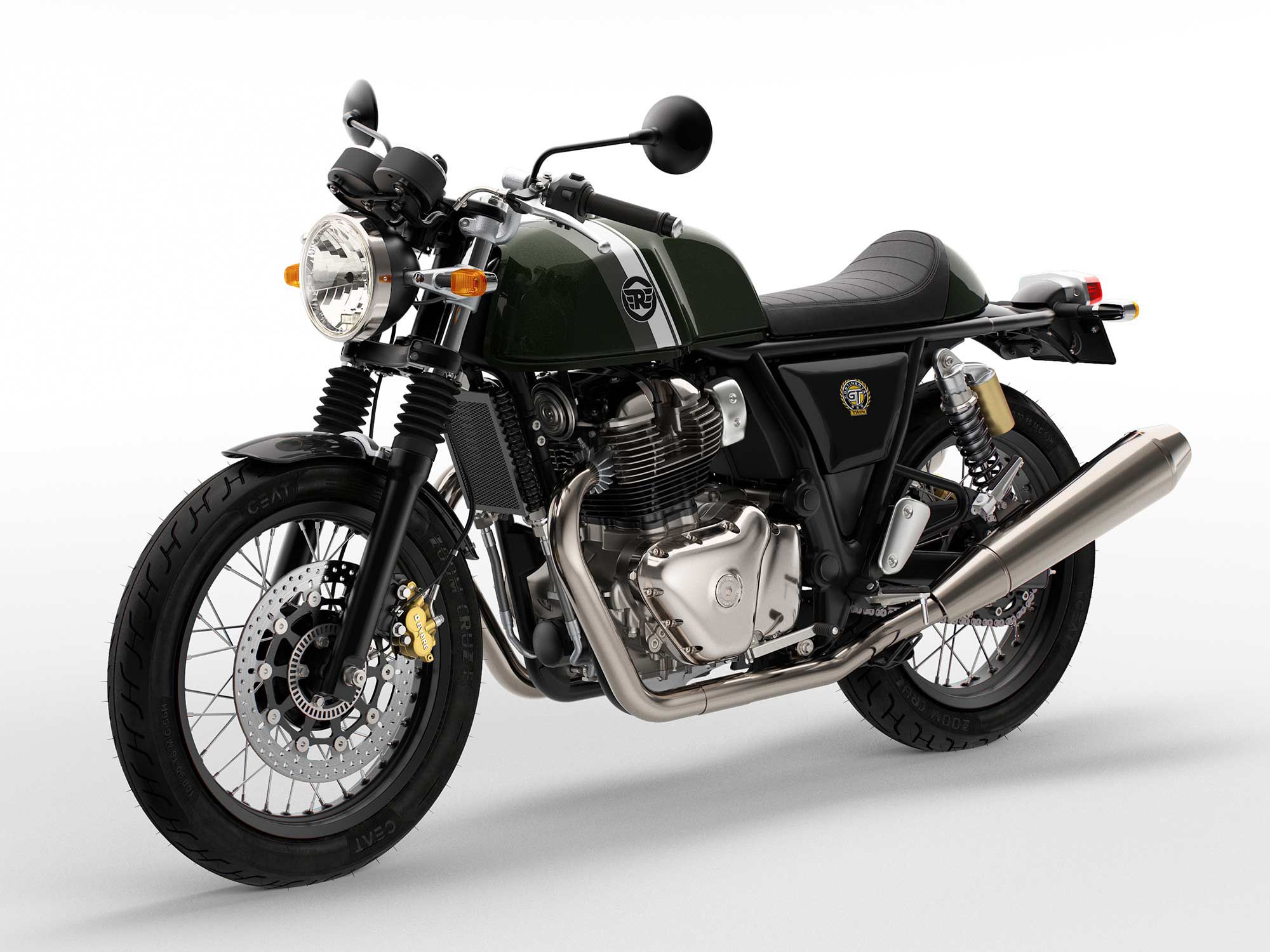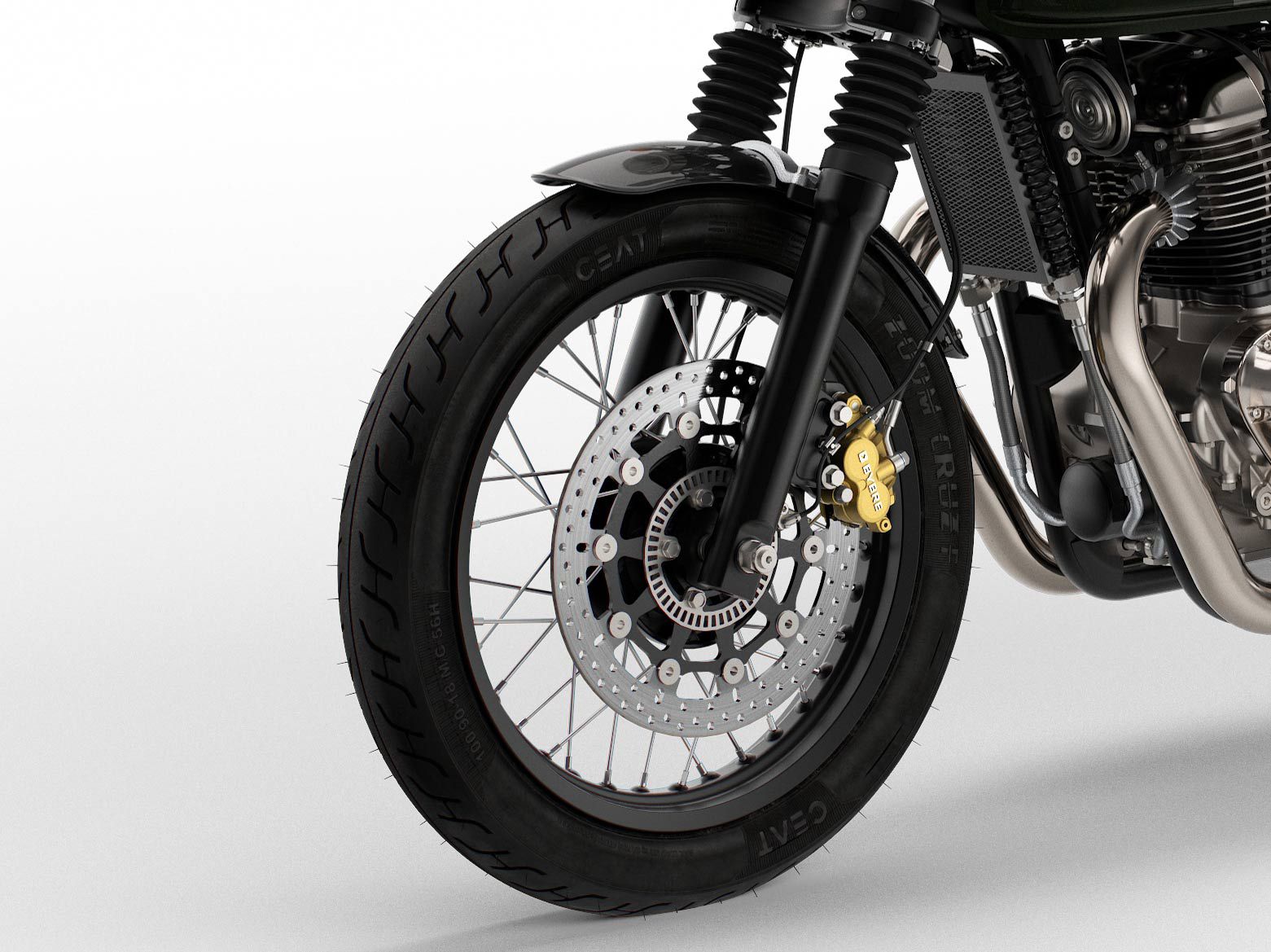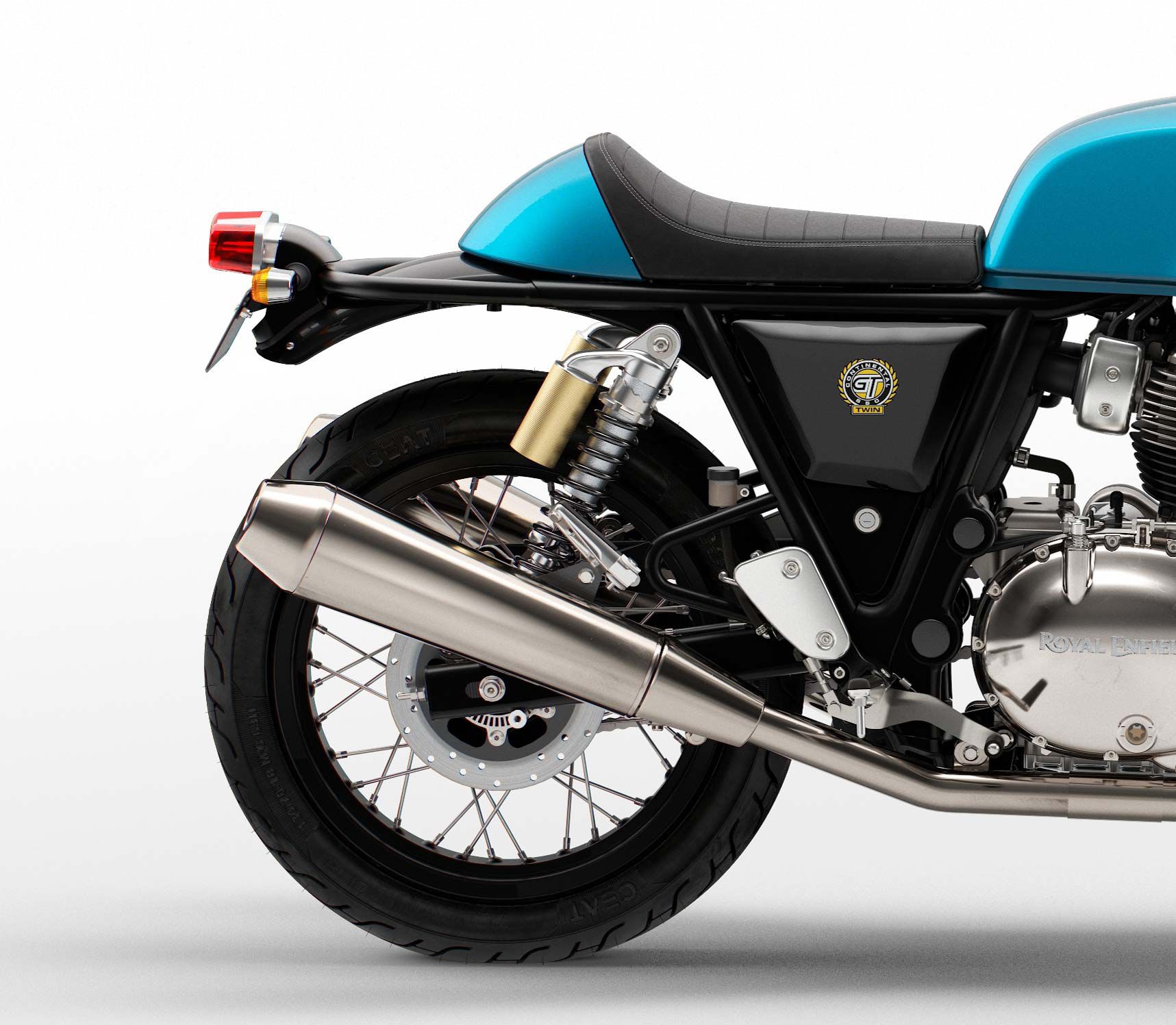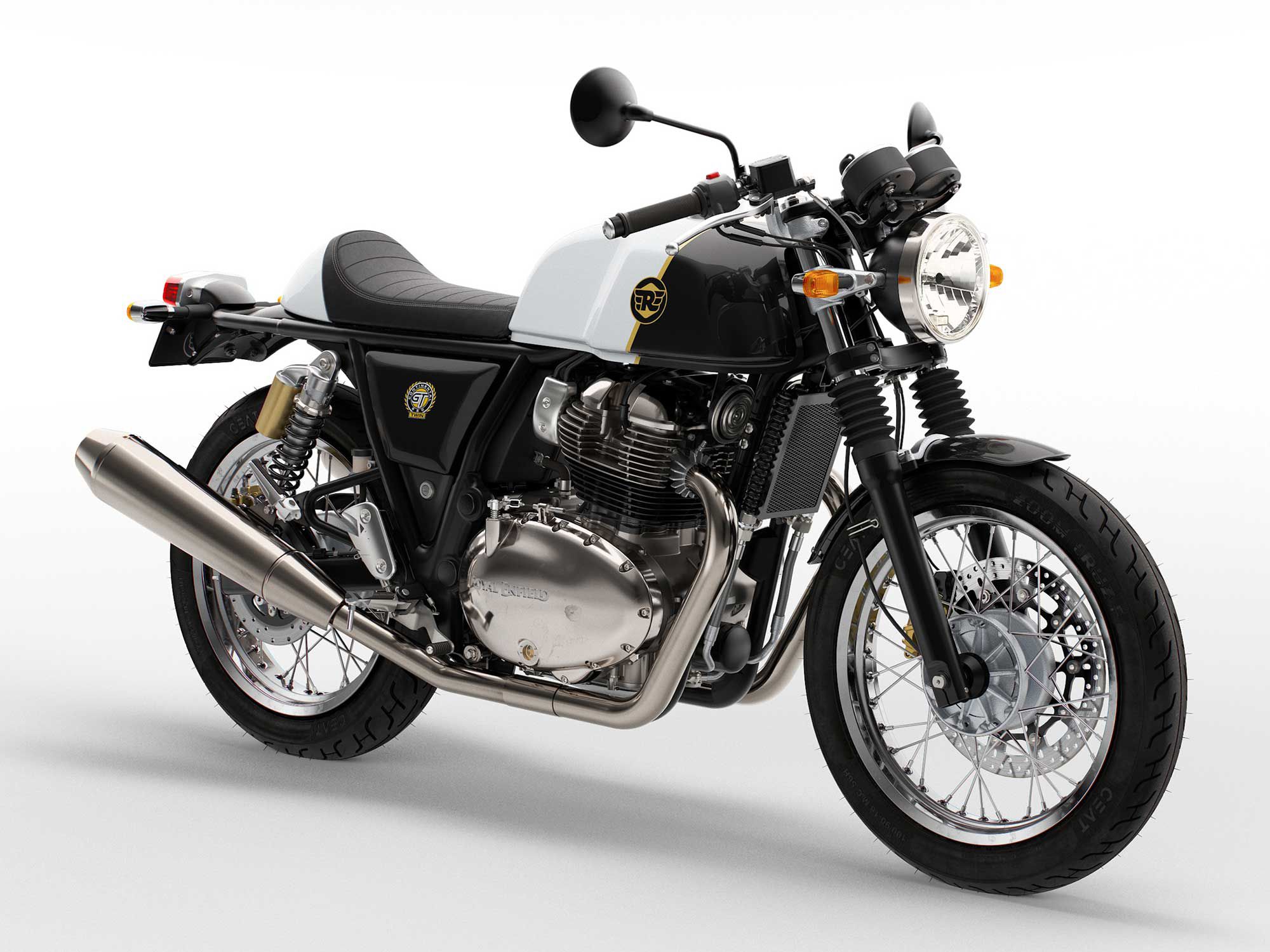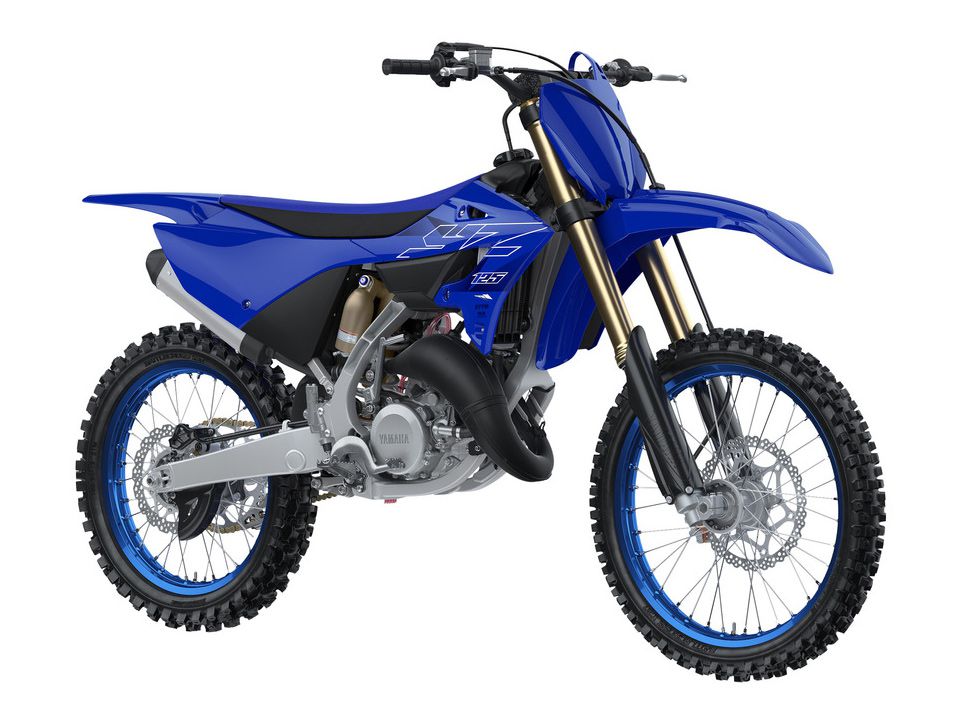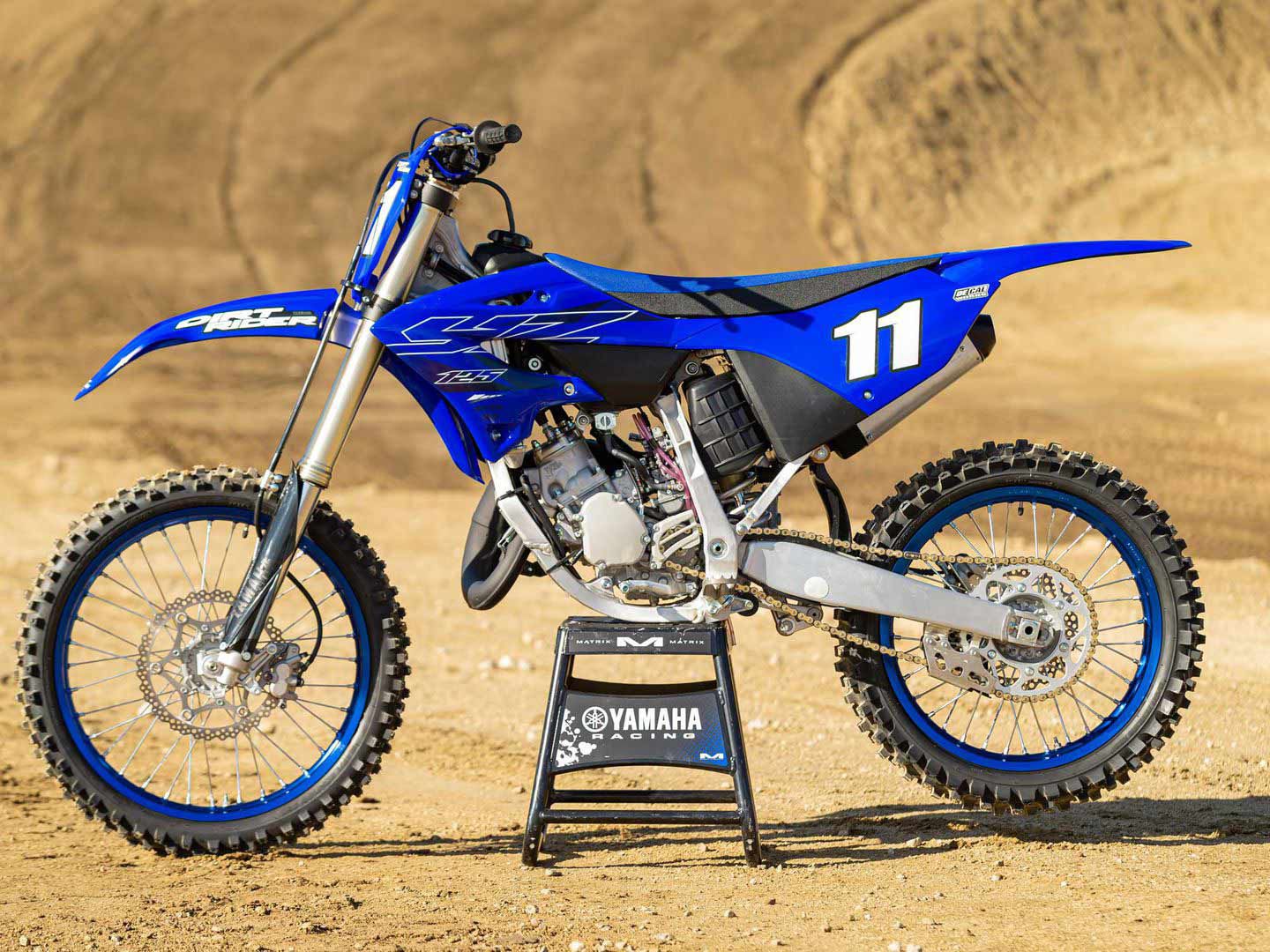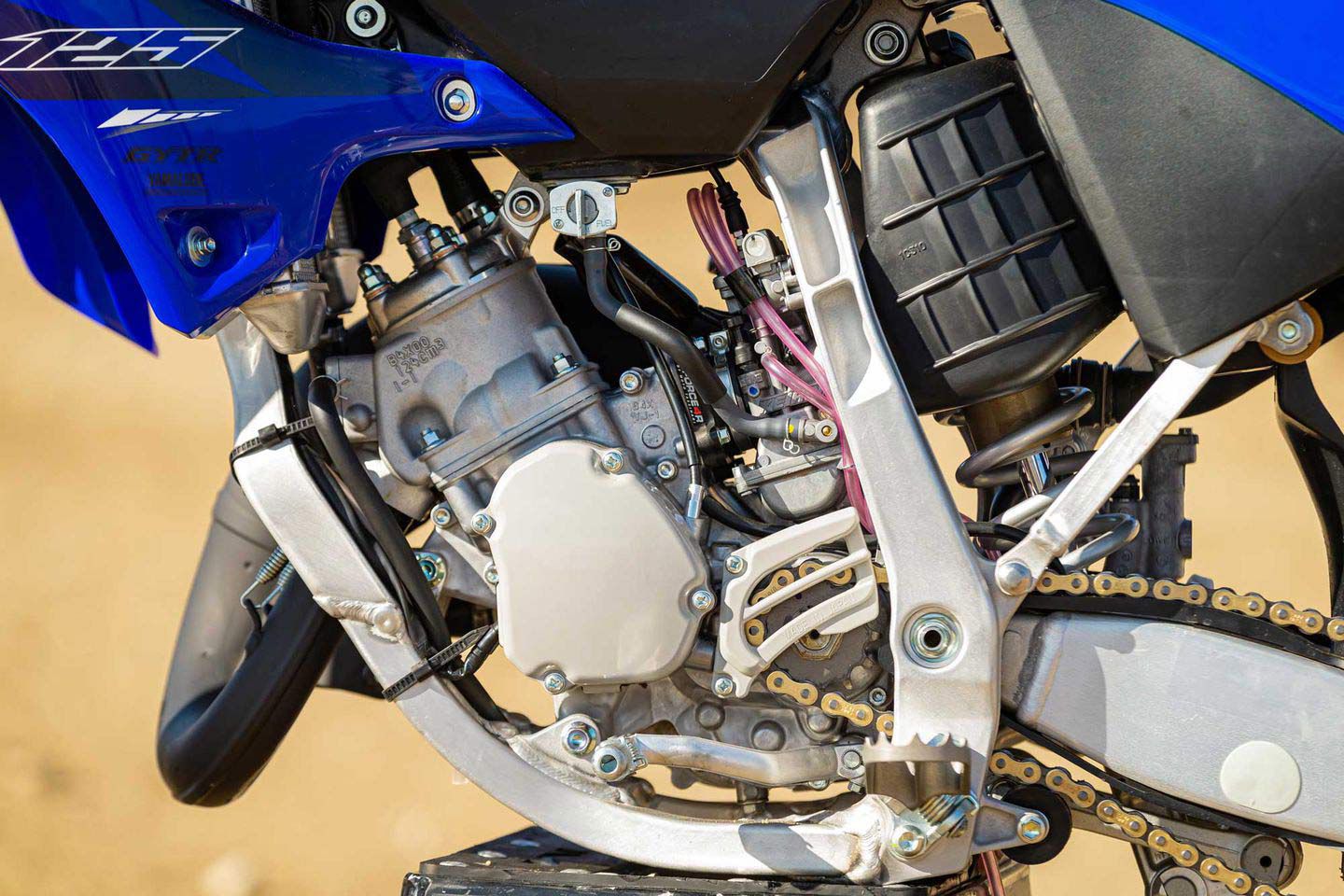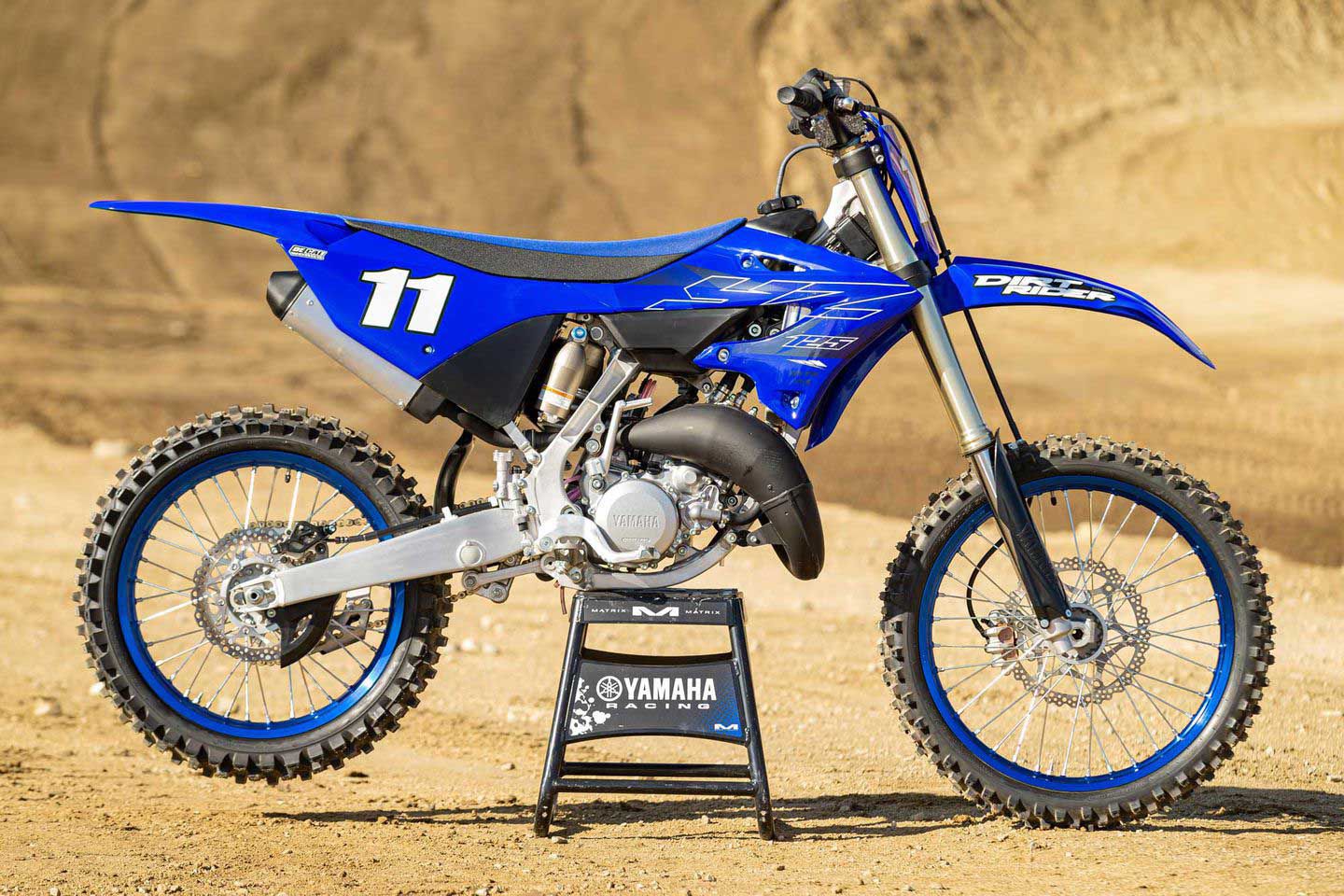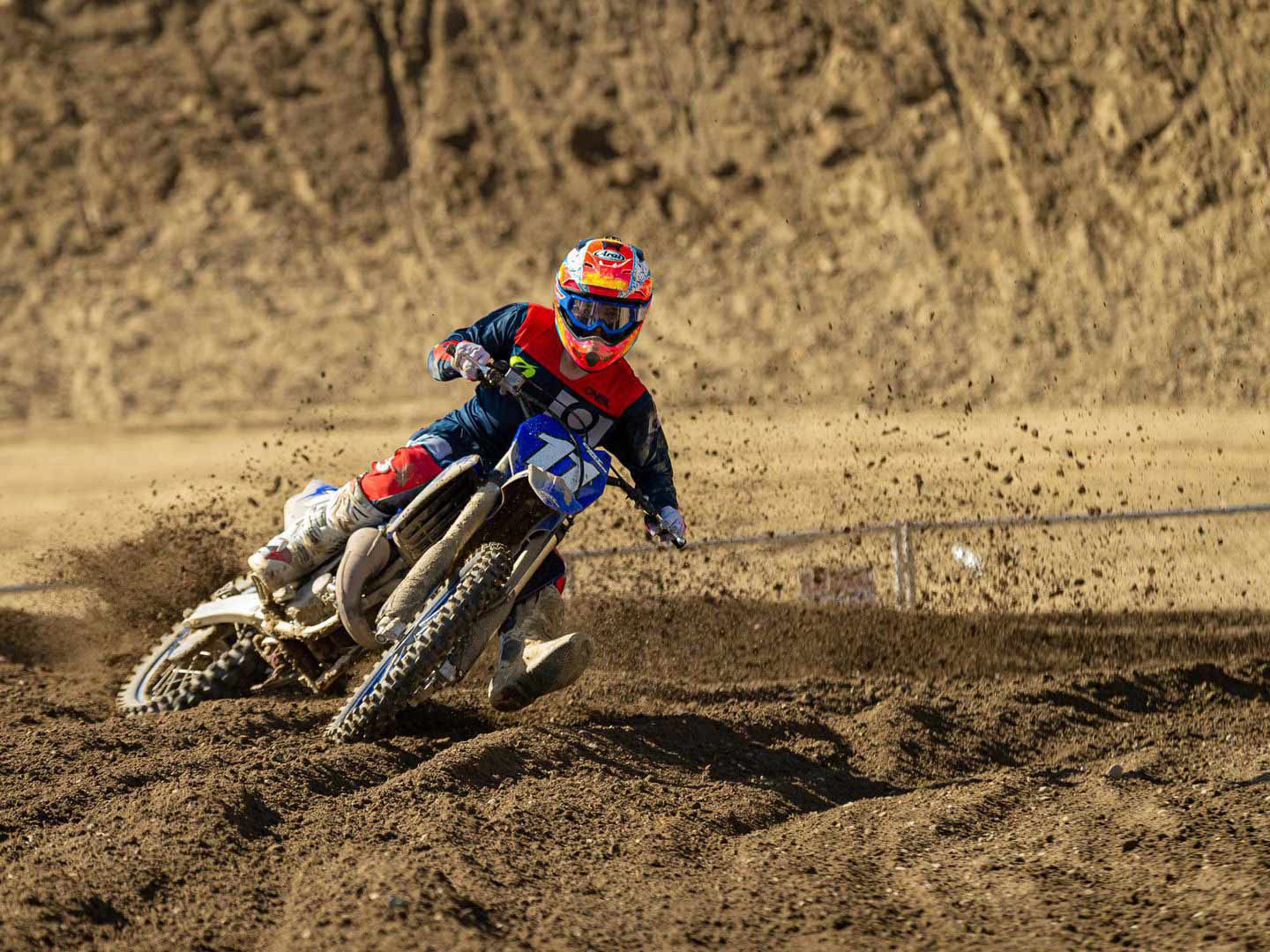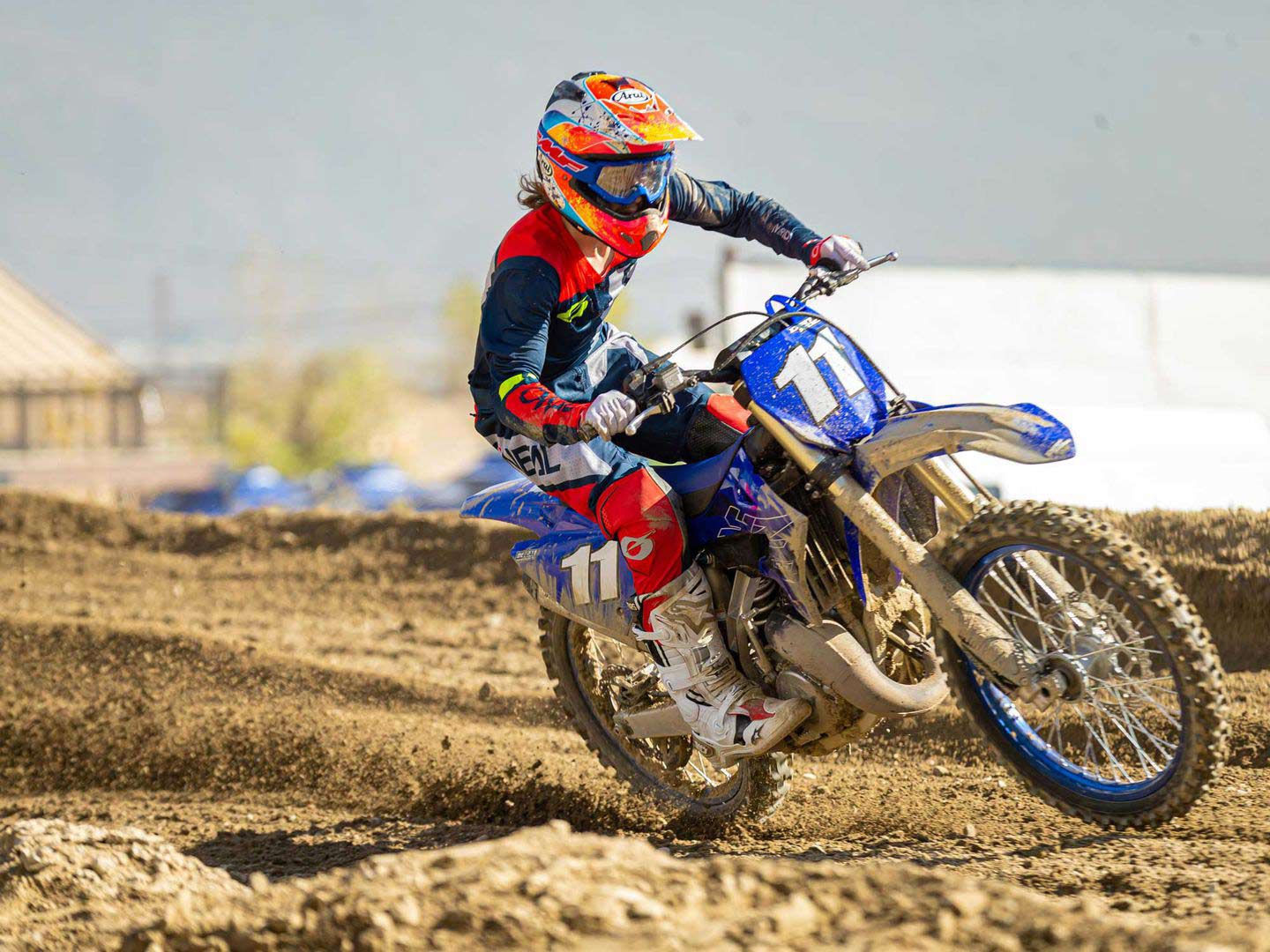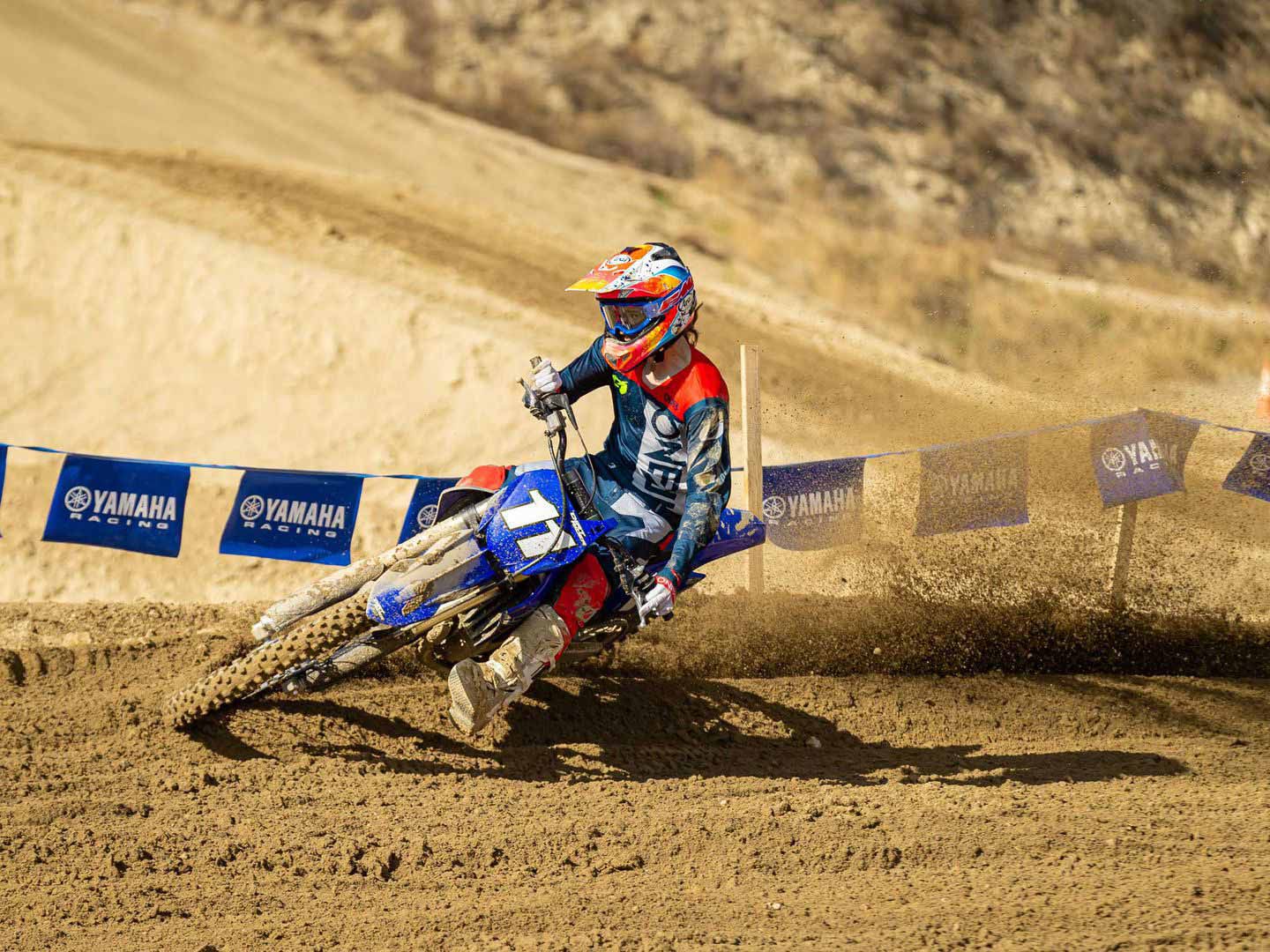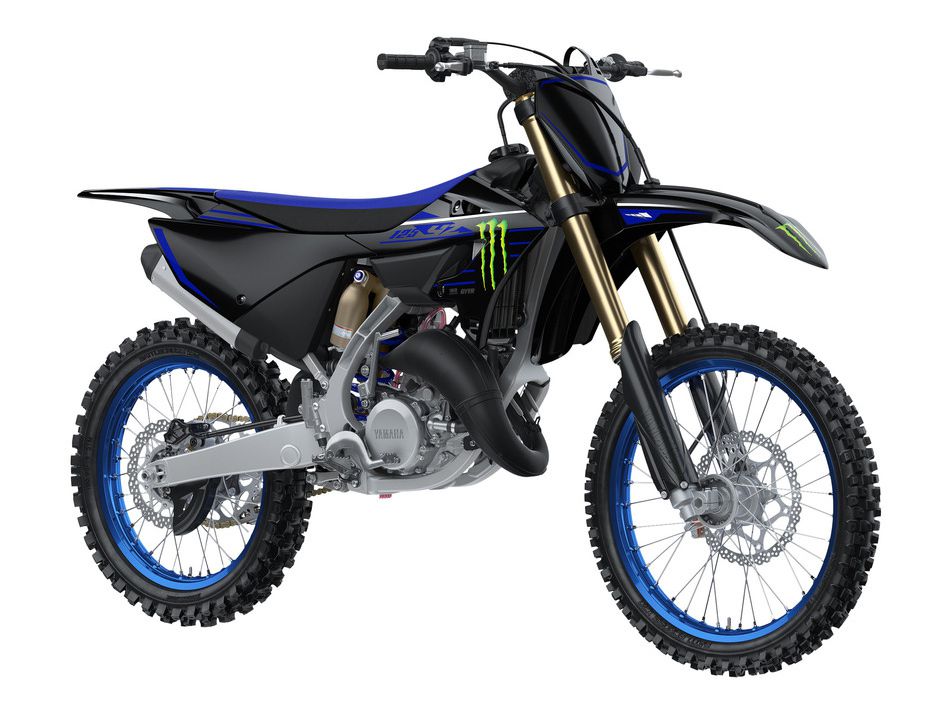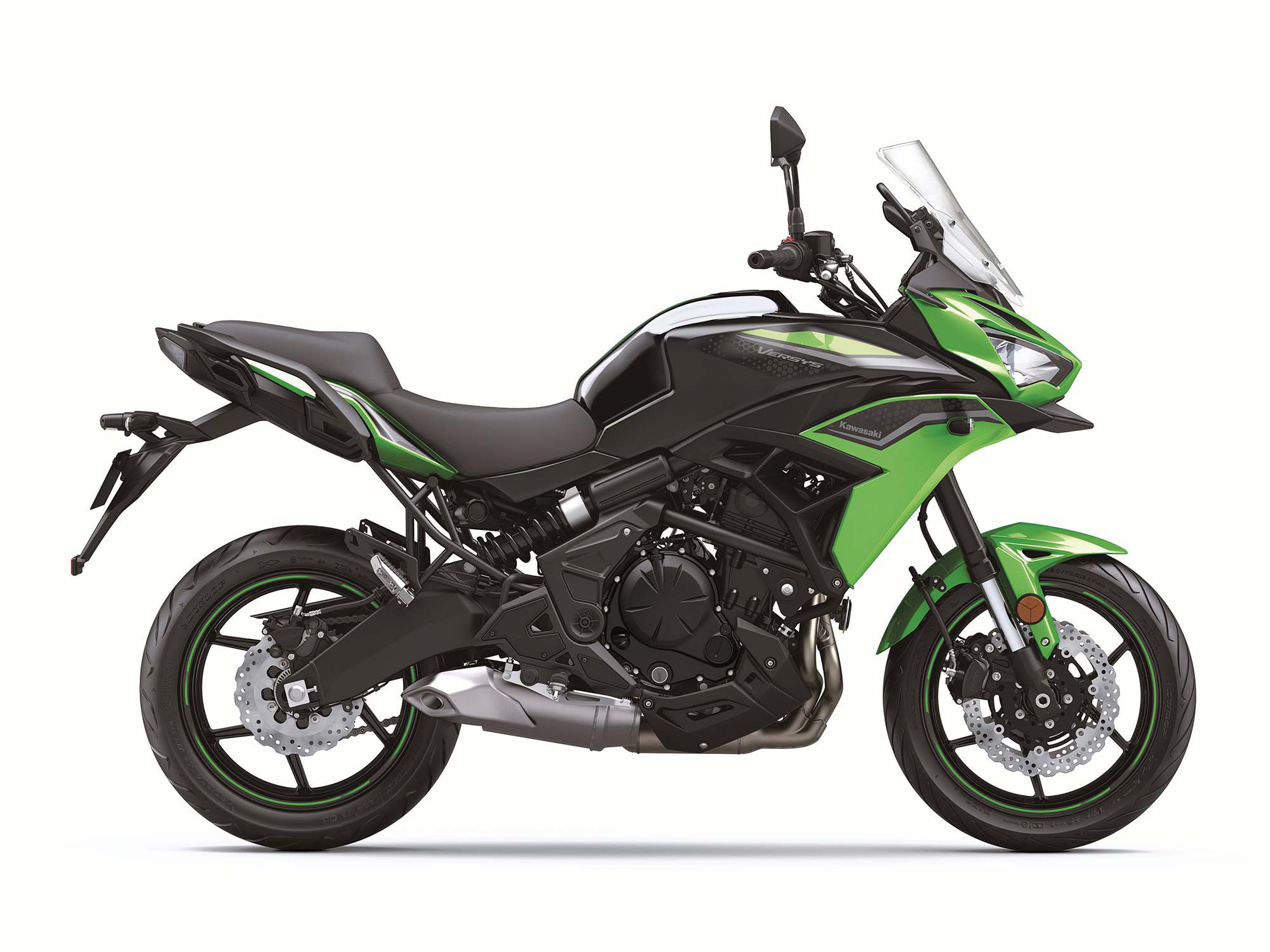
Ups
- Supercomfortable ergonomics
- Pleasing and fast-revving engine
- Now has traction control
- Lighting and dash have been updated
Downs
- New four-way-adjustable windshield still cannot be adjusted on the fly
- Touchy throttle and clunky shifting
Verdict
Kawasaki’s middleweight adventure-tourer will happily tackle any manner of pavement from winding country road to sprawling five-lane highway. The Versys 650 has an entertaining fast-revving engine, great suspension, and new updates that contribute to its versatility. Consider it a jack-of-many-trades, a well-built, comfortable, and enjoyable motorcycle for daily commuting or weekend adventures.
Overview
Introduced in 2009, the Versys 650 has delivered on its promise of being a balanced machine that’s just as enjoyable whether the rider is revving out its sporty and playful parallel-twin engine or taking it easy and making full use of the 650′s plush seat and wind protection.
This mid-displacement Versys shares an engine with the Ninja 650 and Z650, while its adjustable windscreen and upright riding position set it up for the longer haul. Meanwhile, the LT model ups the touring ante with hand guards and large hard cases as standard.
Cast aluminum 17-inch wheels, street-oriented tires, and a low 6.7-inch ground clearance mean this is more of a street-oriented tourer, yet the bike’s long-travel suspension and new traction control help will play a helping hand as road conditions worsen or riders get a little adventurous.
Whether riding to work or nowhere in particular, the revised Versys 650 will get you there in comfort and offer an engaging riding experience along the way.
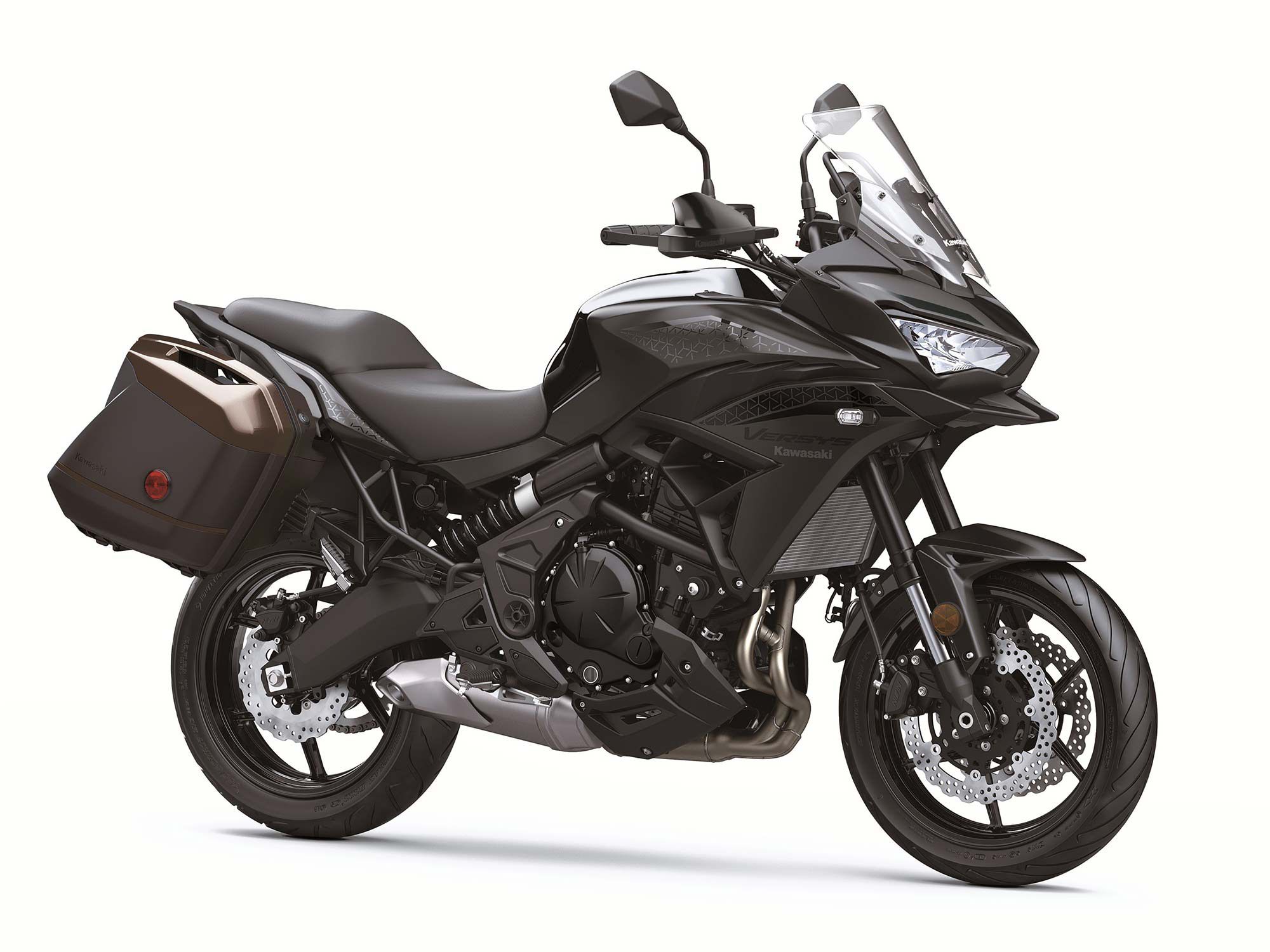
Updates for 2022
For 2022, Kawasaki has fitted the Versys 650 with traction control, a full-color TFT with smartphone connectivity, LED headlights, a sharper front cowl, and a four-way-adjustable windshield.
Pricing and Variants
The Versys 650 comes in two versions, the standard model ($8,899–$9,099) and the LT ($9,999). The LT version includes 28-liter saddlebags and hand guards as standard. Riders planning to do a little more long-distance touring with their Versys might consider opting for the LT, while most commuters will find the standard model offers all the comfort and features they need.
Competition
Riders interested in middleweight adventure-touring motorcycles would also be looking at the BMW F 750 GS, Honda NC750X, and Suzuki V-Strom 650 or pony up for larger-displacement machines like the Ducati Multistrada V2 or Yamaha Tracer 9 GT.
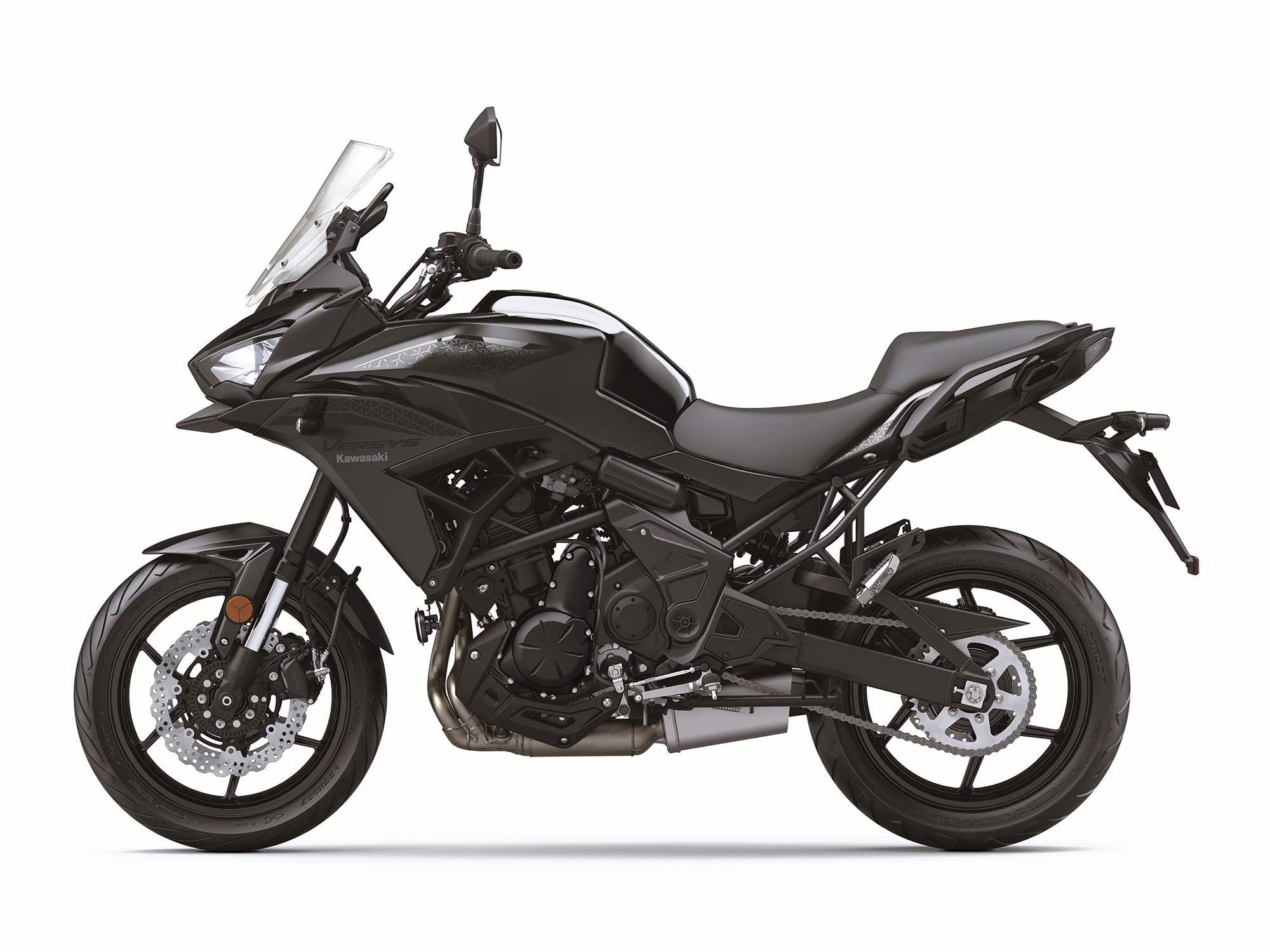
Powertrain: Engine, Transmission, and Performance
The Versys 650 is powered by a 649cc parallel-twin engine it shares with the Ninja 650 and Z650. This engine is compact, centralizing weight down low with its low-slung exhaust. Kawasaki explains that the engine’s compact design is due to a triangular crank and transmission shaft layout that makes it short from front to back, while the semi-dry sump oil system reduces overall engine height. The narrow pitch of the cylinders helps reduce width.
On the Cycle World dyno, the Versys produces 59.6 peak horsepower at 8,070 rpm and 41.6 peak pound-feet of torque at 7,210 rpm. Its dyno chart shows a perfect slope indicative of its smooth power delivery, while a tabletop torque curve hints at the bike’s tractable, approachable character. The quick-revving engine lets out an entertaining growl in the low-to-mid rpm range.
There are some shortcomings, including a slightly abrupt on/off throttle and a clunky gearbox, so riders should be diligent with their inputs.
Handling
The Versys 650 can feel a touch heavy when being lifted off the stand, but that weight does not affect the bike’s handling while in motion. Thanks to the bike’s well-balanced chassis and light steering, it glides down the freeway and is right at home on winding roads. Credit the wide one-piece handlebar, which offers a neutral riding position while creating the necessary leverage for tackling curvy stretches.
The suspension is very well balanced right out of the box. The suspension’s great tuning and over 5 inches of travel at both ends help the bike float over ribbed roads and tackle larger, harsher bumps with ease. The telescopic fork is adjustable for rebound and preload while the shock is adjustable for preload only. A simple-to-use remote adjuster makes tailoring the shock easy to accommodate the added weight from a passenger or, in the case of the LT, fully loaded hard cases.
Brakes
Braking duties are handled by two-piston Nissin radial-mount calipers and dual 300mm discs. The pairing brings the bike to a well-controlled standstill and a progressive lever feel communicates that stopping power well to the rider. At the other end resides a one-piston caliper and 250mm disc. This, too, performs well, and is only slightly less communicative than the front. ABS comes standard on both the front and rear.
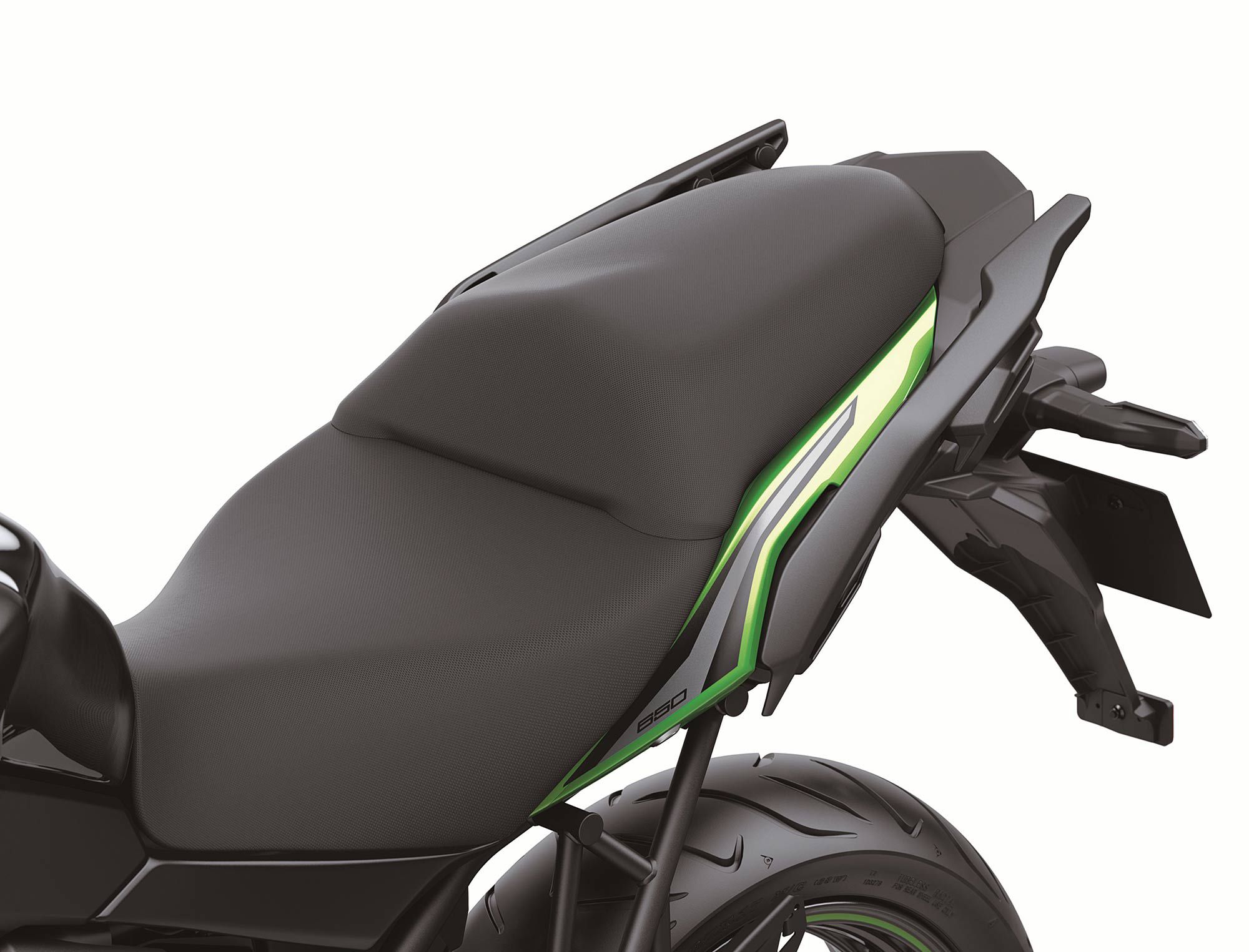
Fuel Economy and Real-World MPG
The Versys drinks from a large 5.5-gallon fuel tank and has a fuel economy of 42.5 mpg. This is impressive considering the size of this machine, but competition, such as the smaller-displacement Honda CB500X, can sip fuel a little more efficiently (tested an average of 54.6 mpg).
Ergonomics: Comfort and Utility
One of the first things the Versts calls to mind is comfort. Riders will note the relaxed upright riding position, effective windscreen (now four-way adjustable), and plush seat. The 33.3-inch seat height required only a slight stretch and thick-soled boots for our 6-foot, 32-inch inseam test rider to completely flat-foot it at stops; other test riders around 5-foot-7 felt comfortable touching both feet down as well. The tank grooves are perfectly formed, especially for longer legs, and offer great grip when leaning in for turns.
If more utility is desired, the LT version offers hand guards and side cases that can fit a full-face helmet.
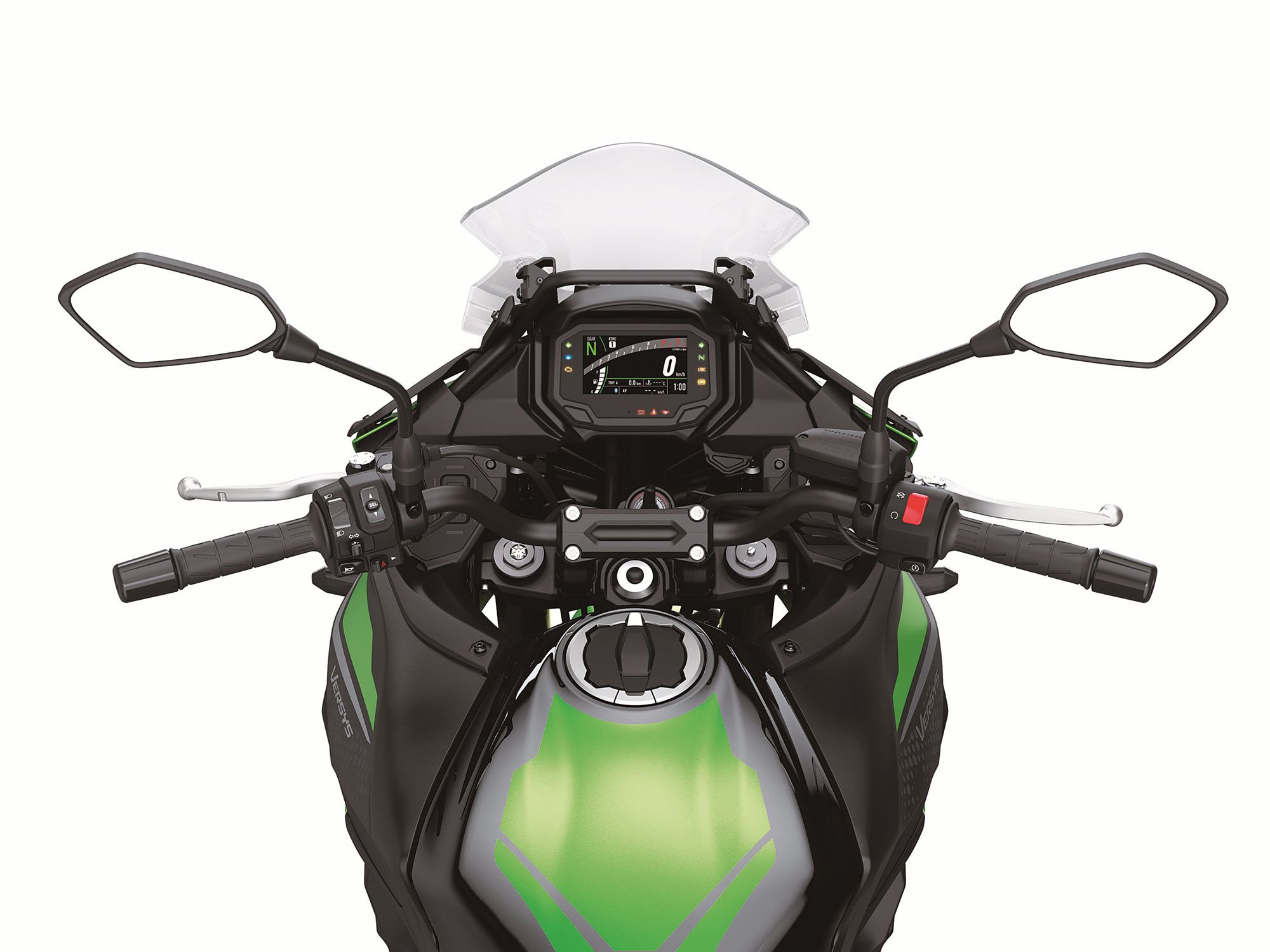
Electronics
Kawasaki heard our requests for better electronics and made updates that really stepped up the Versys’ game. In addition to its standard ABS, the Versys 650 now has traction control. Three options allow the Versys’ TC to be less intrusive (Mode 1), have earlier intervention (Mode 2), or be turned off by using a switch on the handlebar.
Kawasaki has also upgraded the latest-generation Versys with a 4.3-inch, full-color TFT that gives an abundance of information and is easy to read. To further enhance its modern dash, a Bluetooth chip allows for connection to compatible smartphones and the Rideology app.
LED lighting is becoming the norm on modern motorcycles; the Versys 650 is now equipped with LED headlights.
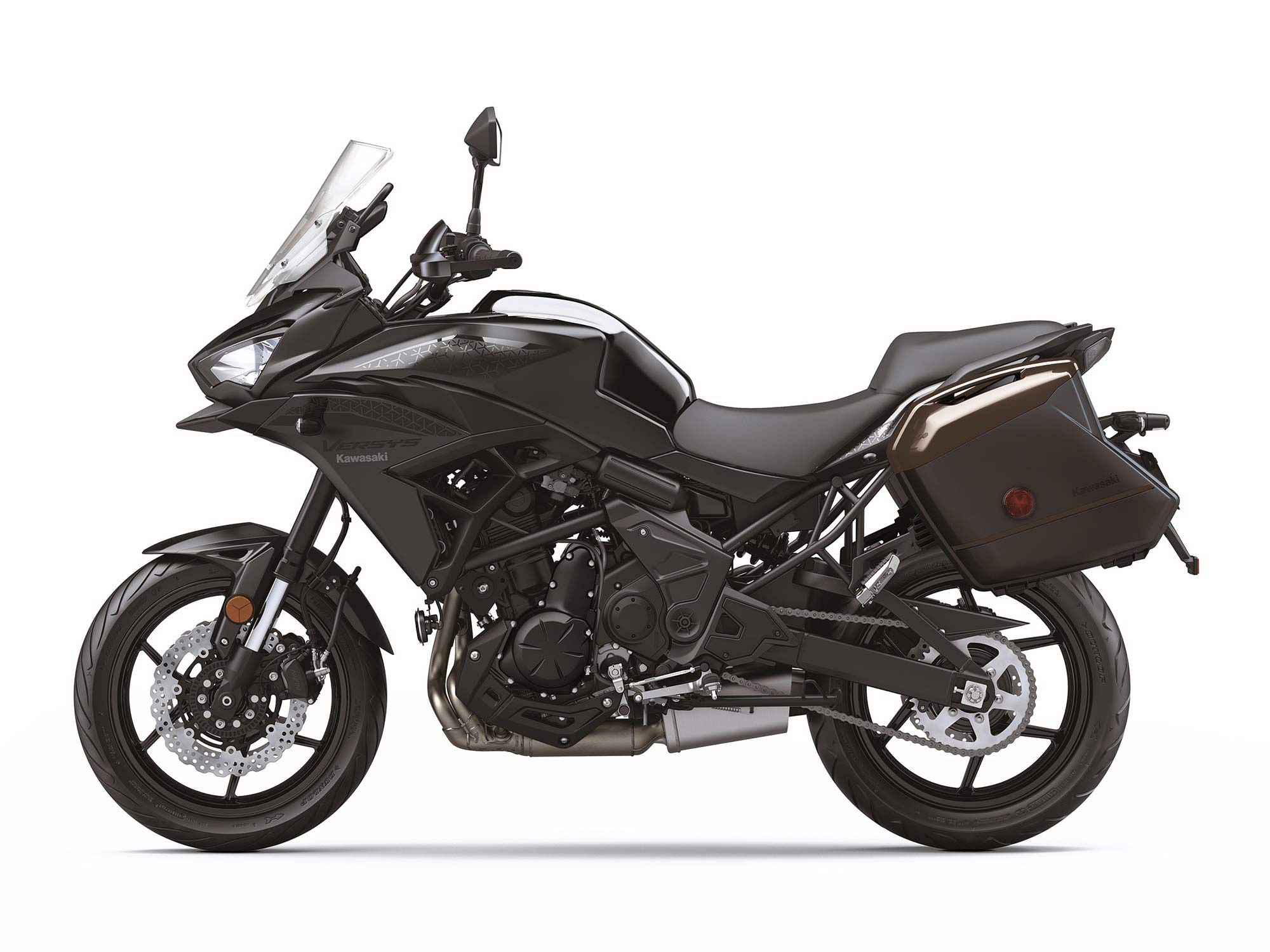
Warranty and Maintenance Coverage
The Versys 650 comes with a 12-month limited warranty and the LT with a 24-month limited warranty. The Kawasaki Protection Plus plan can extend the factory warranty and is available for purchase.
Quality
The Versys 650 and LT version were already high up on the quality scale, but Kawasaki’s improvements, especially to the electronics, have brought this great commuter into the 21st century.
2022 Kawasaki Versys 650/LT Claimed Specifications
| MSRP: | $8,899-$9,099 (base) / $9,999 (LT) |
| Engine: | 649cc, DOHC, liquid-cooled parallel twin; 4 valves/cyl. |
| Bore x Stroke: | 83.0 x 60.0mm |
| Transmission/Final Drive: | 6-speed/chain |
| Cycle World Measured Horsepower: | 59.60 hp @ 8,070 rpm |
| Cycle World Measured Torque: | 41.55 lb.ft. @ 7,210 rpm |
| Fuel Delivery: | DFI w/ Keihin 38mm throttle bodies (2) |
| Clutch: | Wet, multiplate |
| Engine Management/Ignition: | N/A |
| Frame: | Double-pipe perimeter frame |
| Front Suspension: | 41mm hydraulic telescopic fork, rebound and preload adjustable; 5.9 in. travel |
| Rear Suspension: | Single shock, preload adjustable; 5.7 in. travel |
| Front Brake: | Nissin 2-piston calipers, dual 300mm petal discs w/ ABS |
| Rear Brake: | Nissin 1-piston caliper, 250mm petal disc w/ ABS |
| Wheels, Front/Rear: | Cast aluminum, 17 in. / 17 in. |
| Tires, Front/Rear: | 120/70-17 / 160/60-17 |
| Rake/Trail: | 25.0°/4.3 in. |
| Wheelbase: | 55.7 in. |
| Ground Clearance: | 6.7 in. |
| Seat Height: | 33.3 in. |
| Fuel Capacity: | 5.5 gal. |
| Cycle World Measured Wet Weight: | 500 lb. (LT) |
| Contact: | kawasaki.com |
Source: MotorCyclistOnline.com

